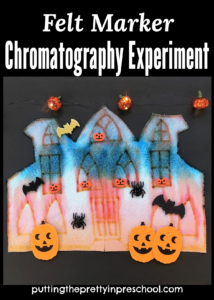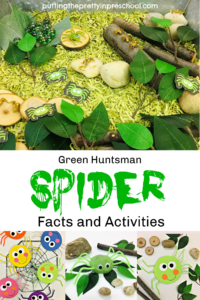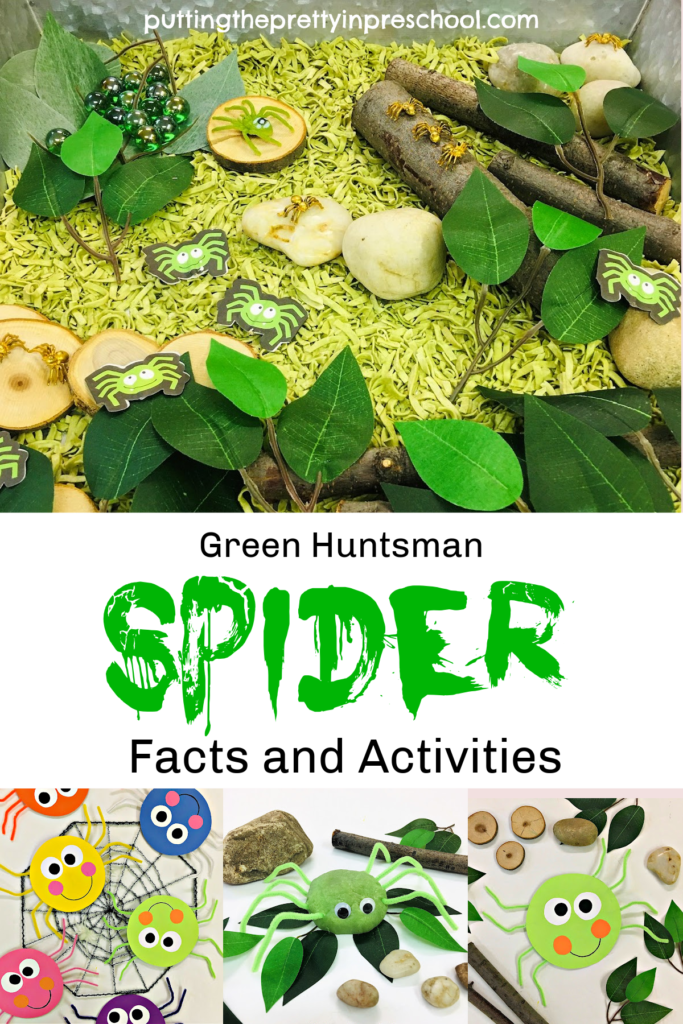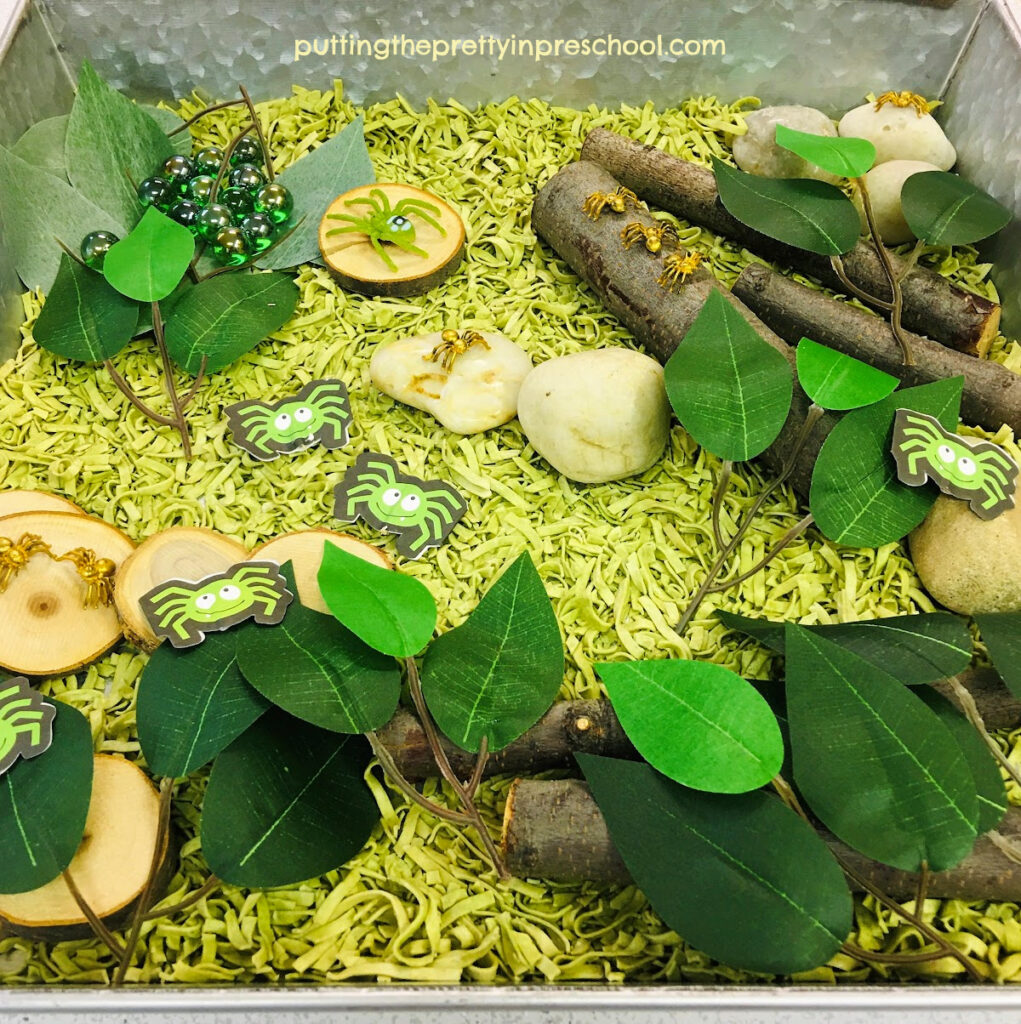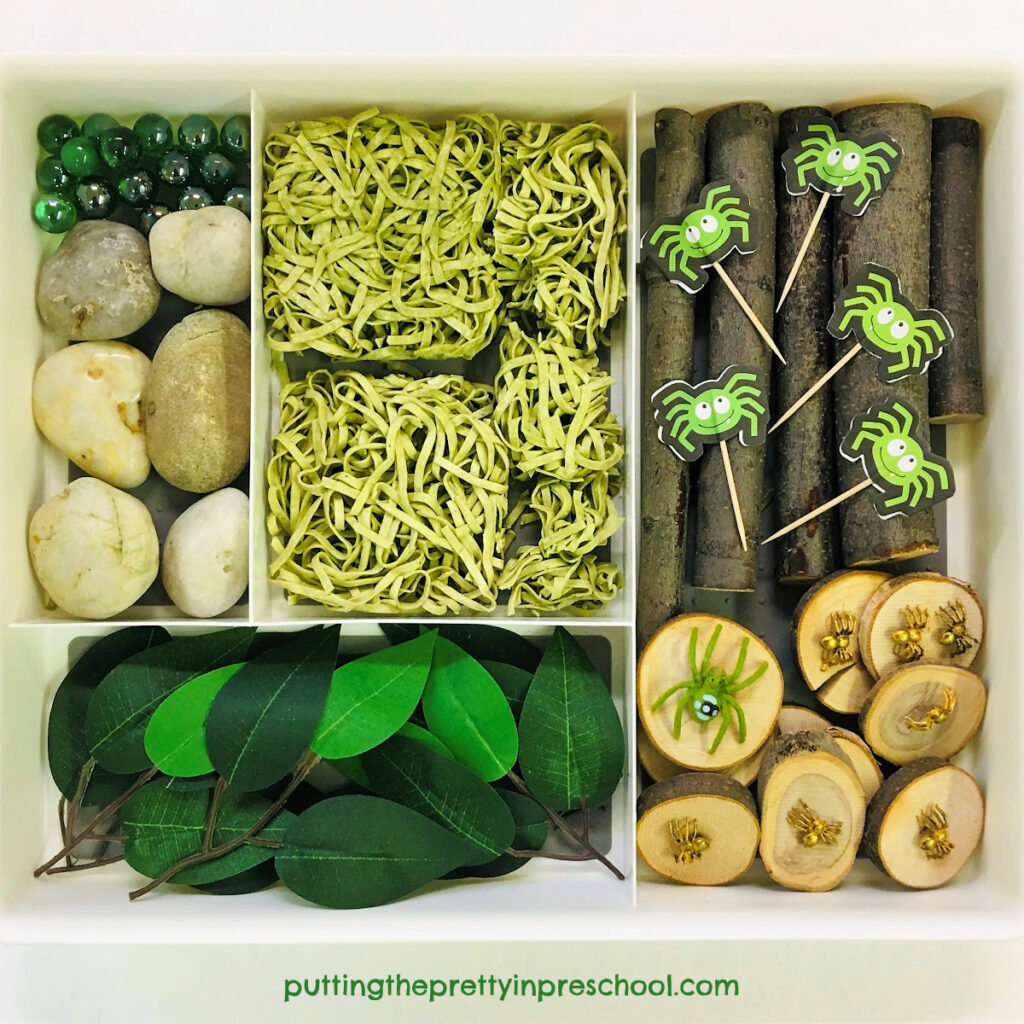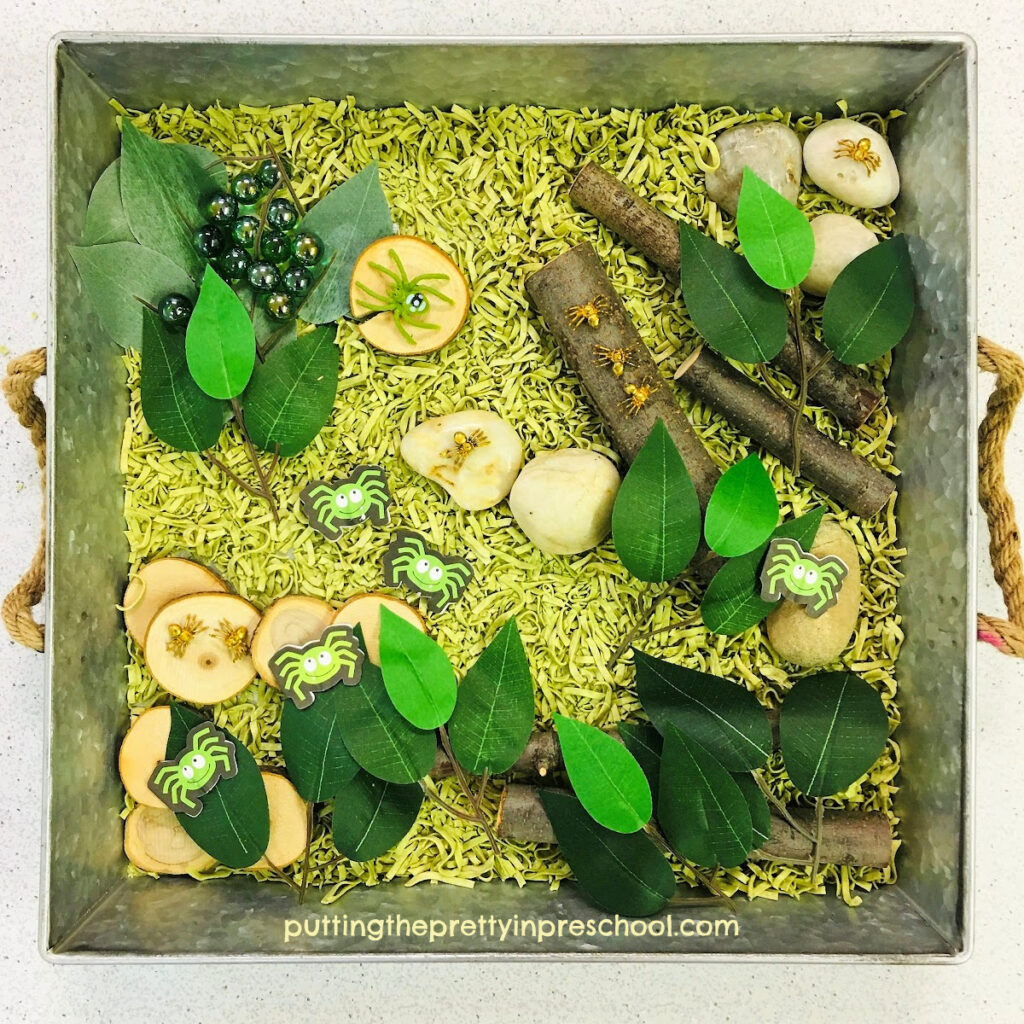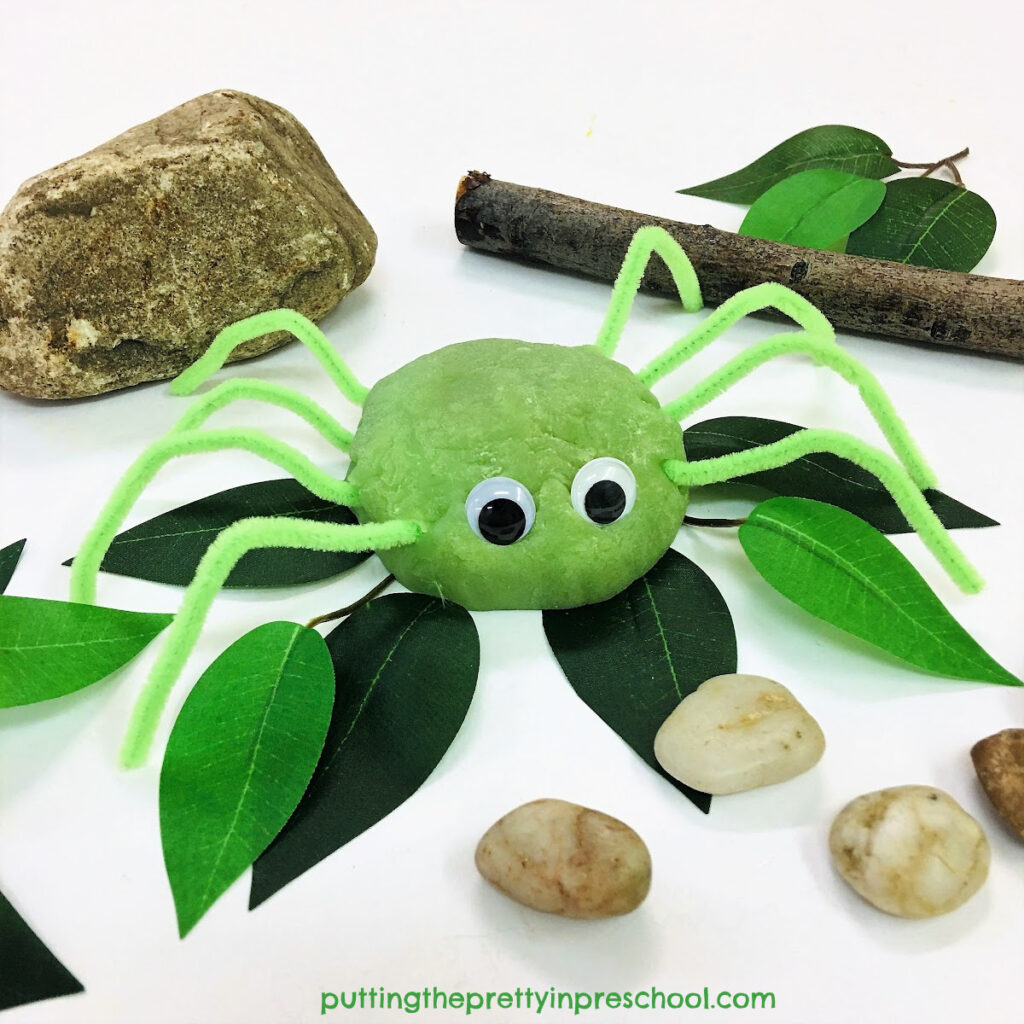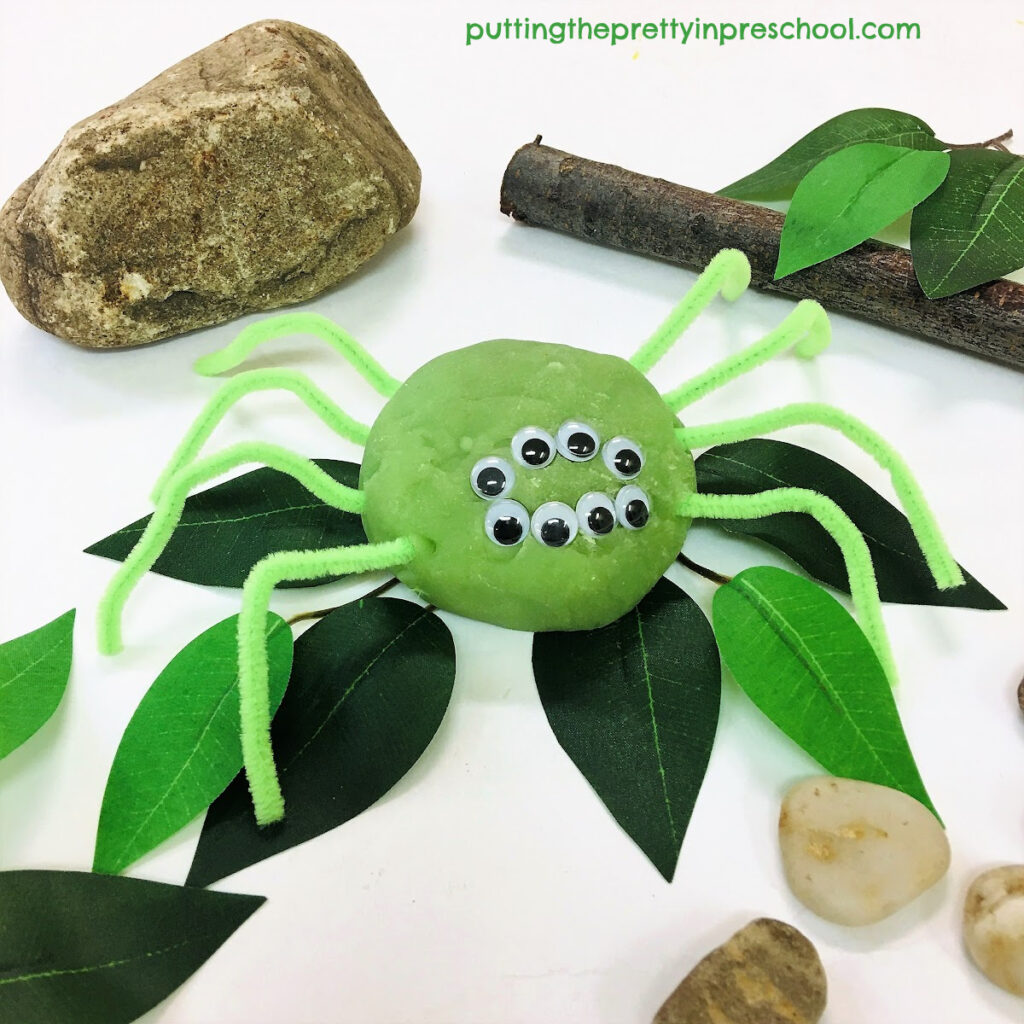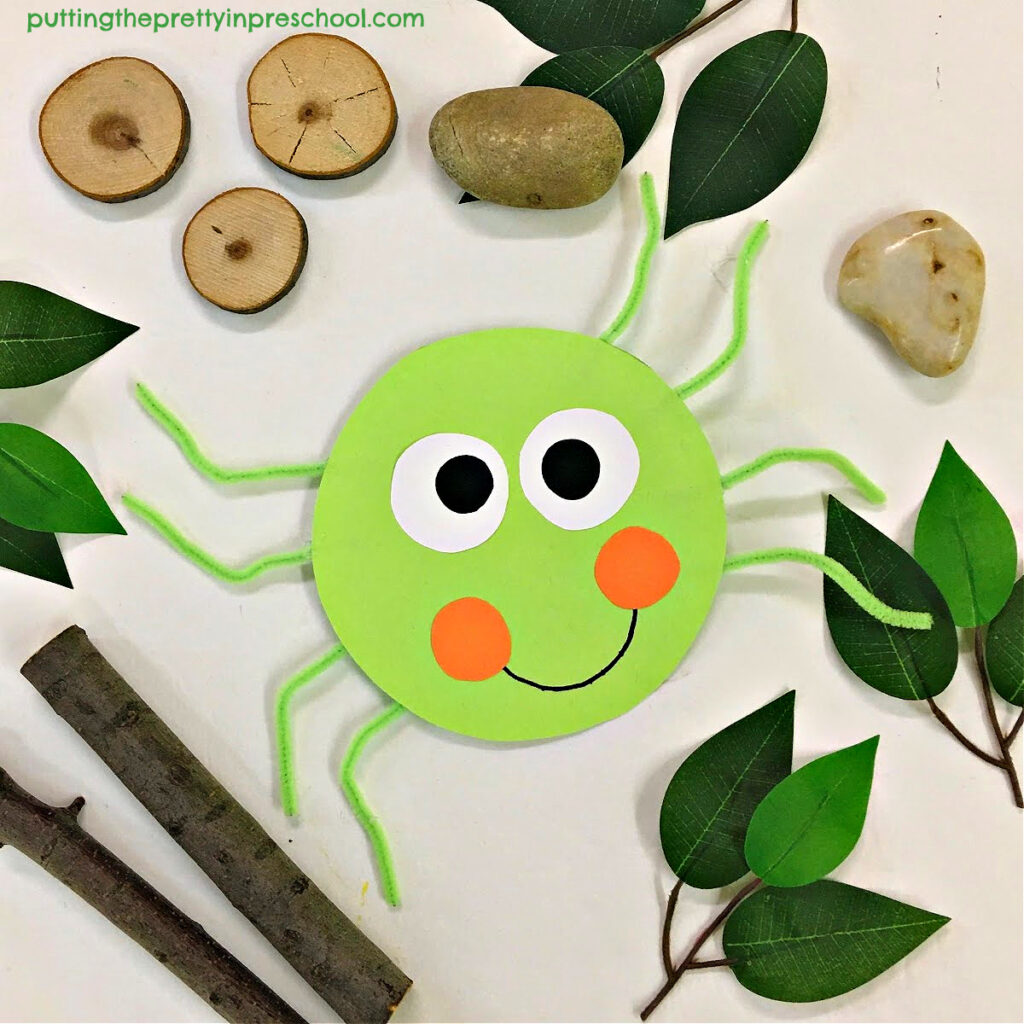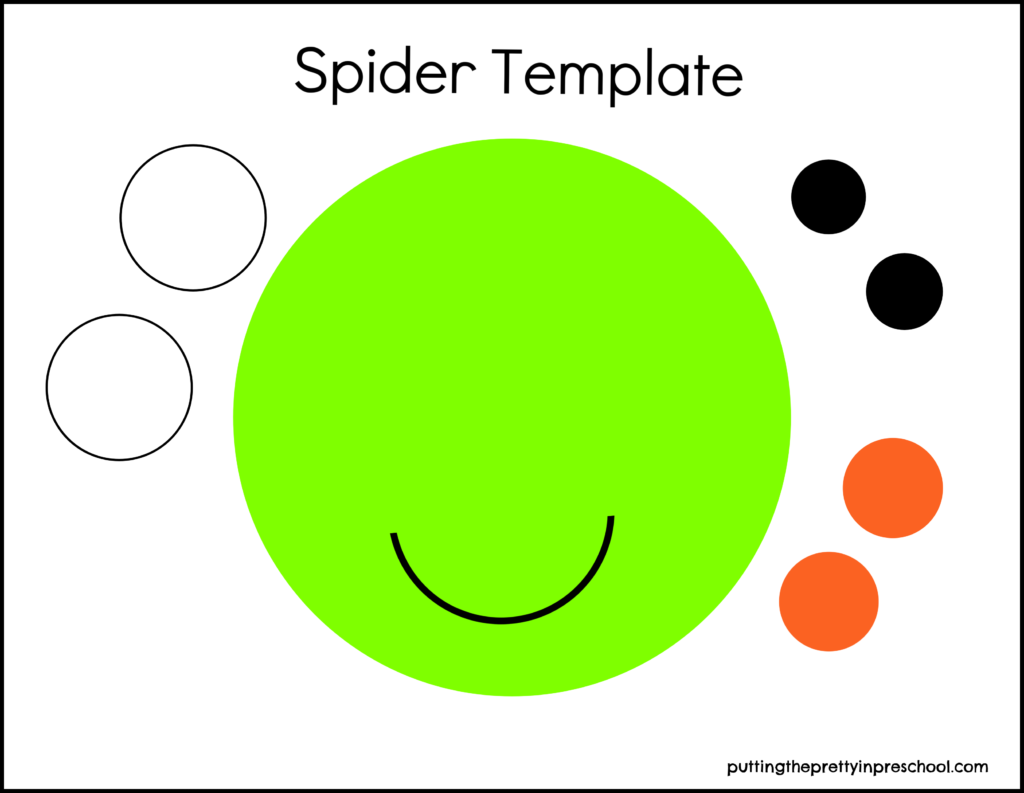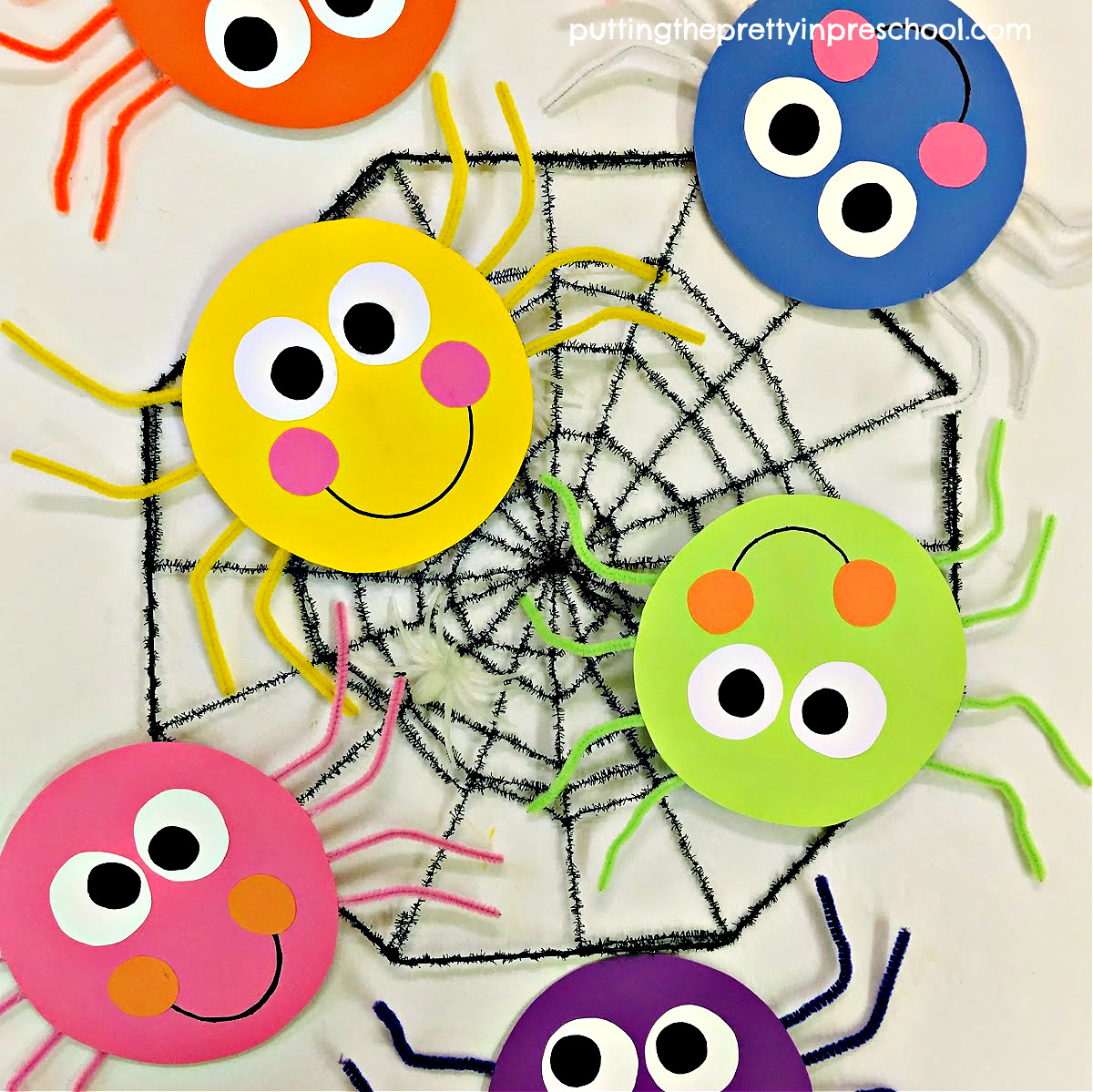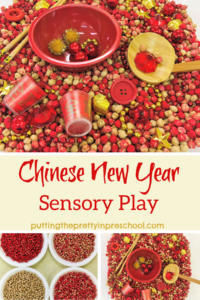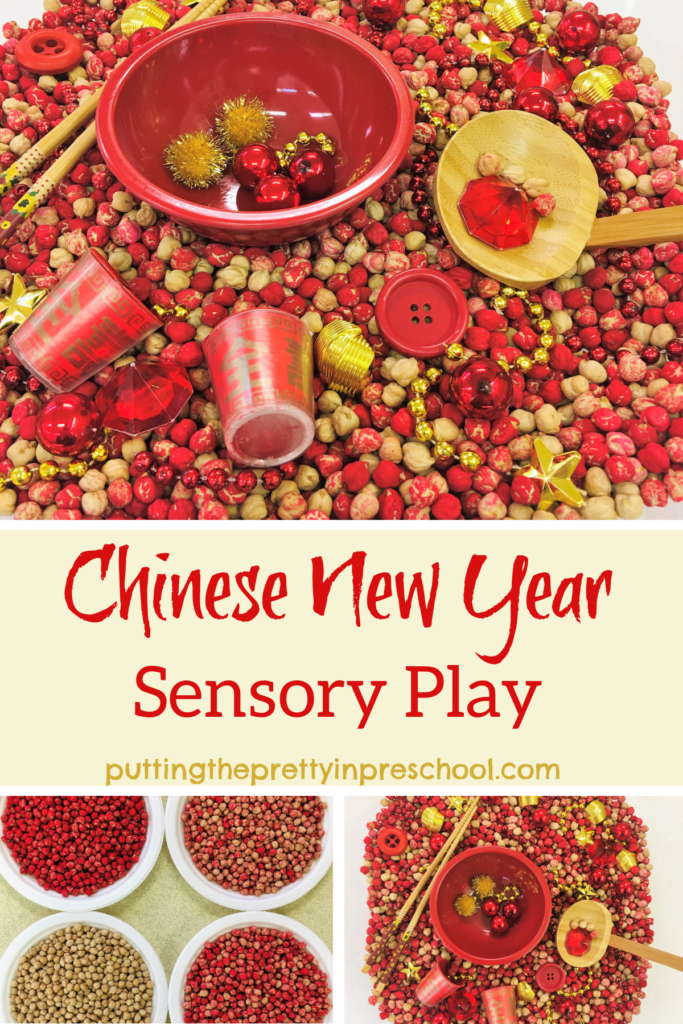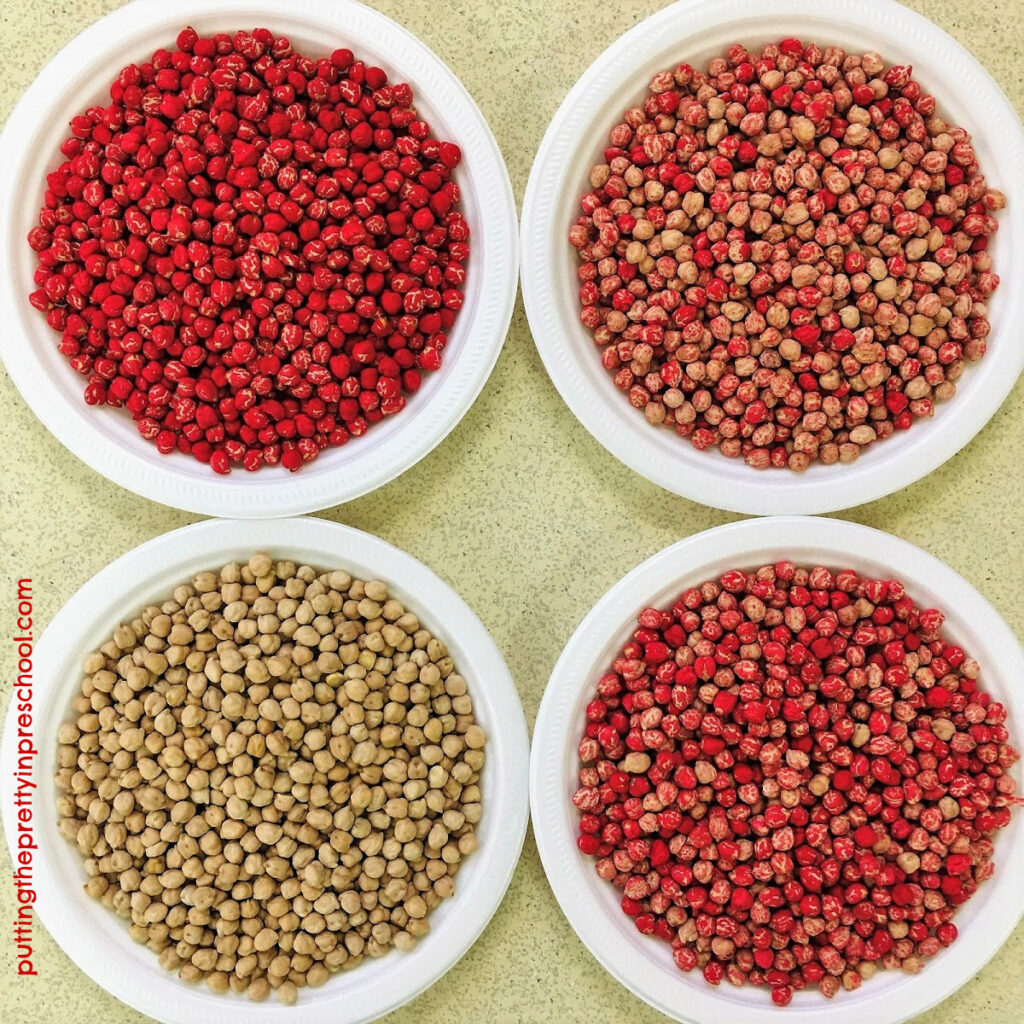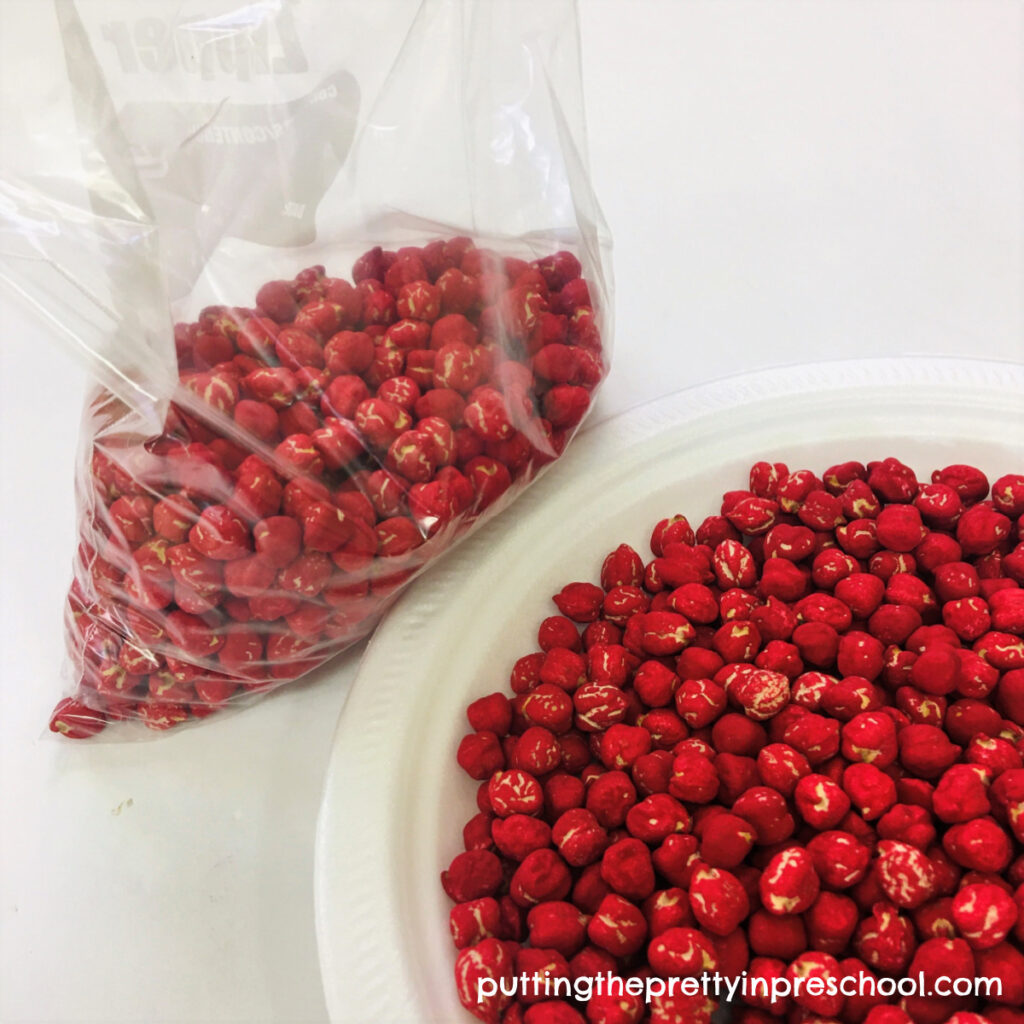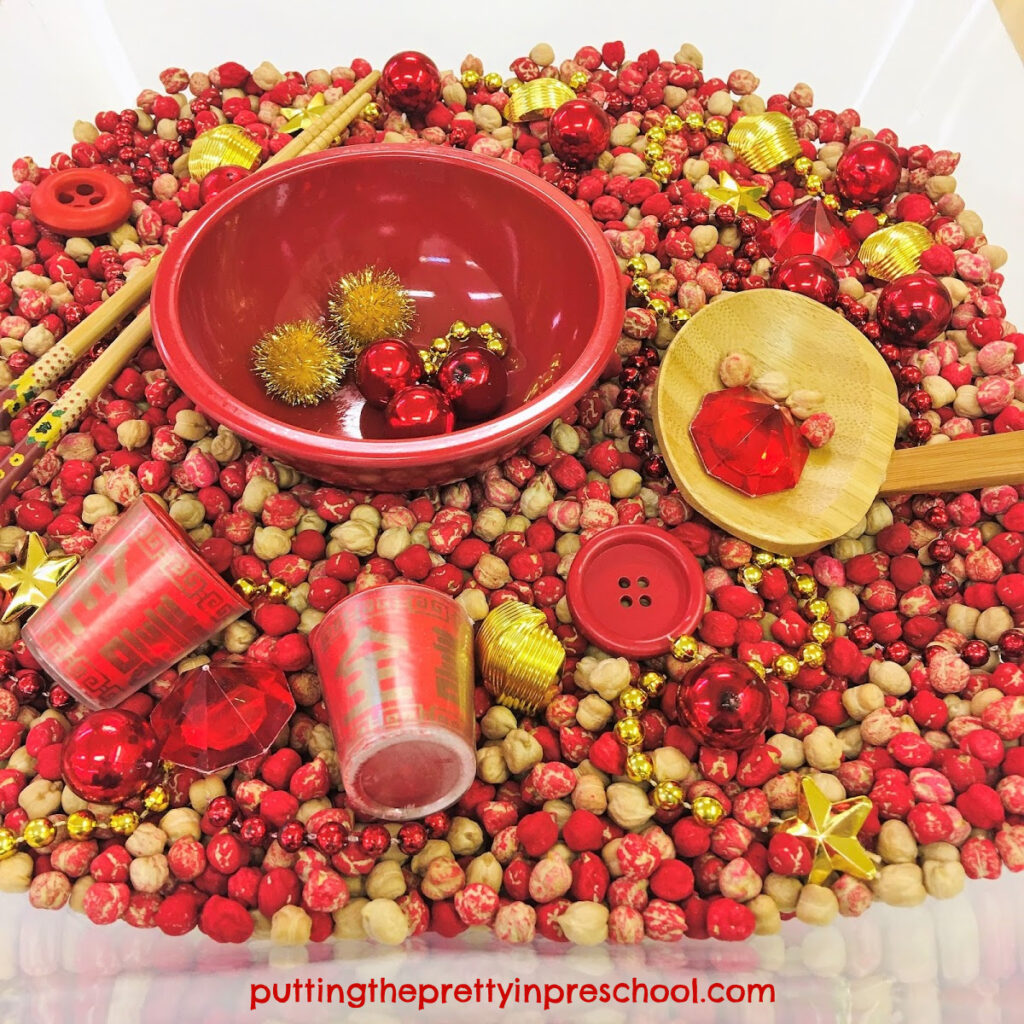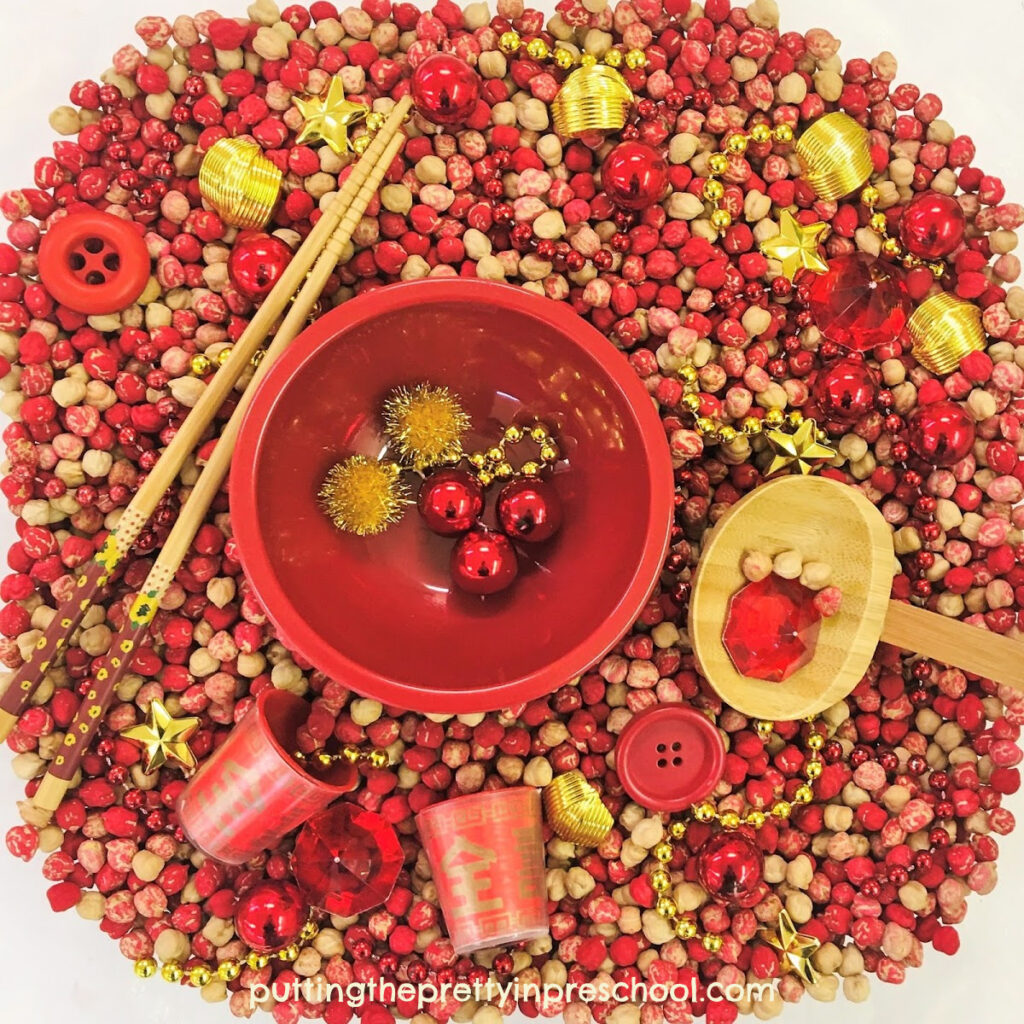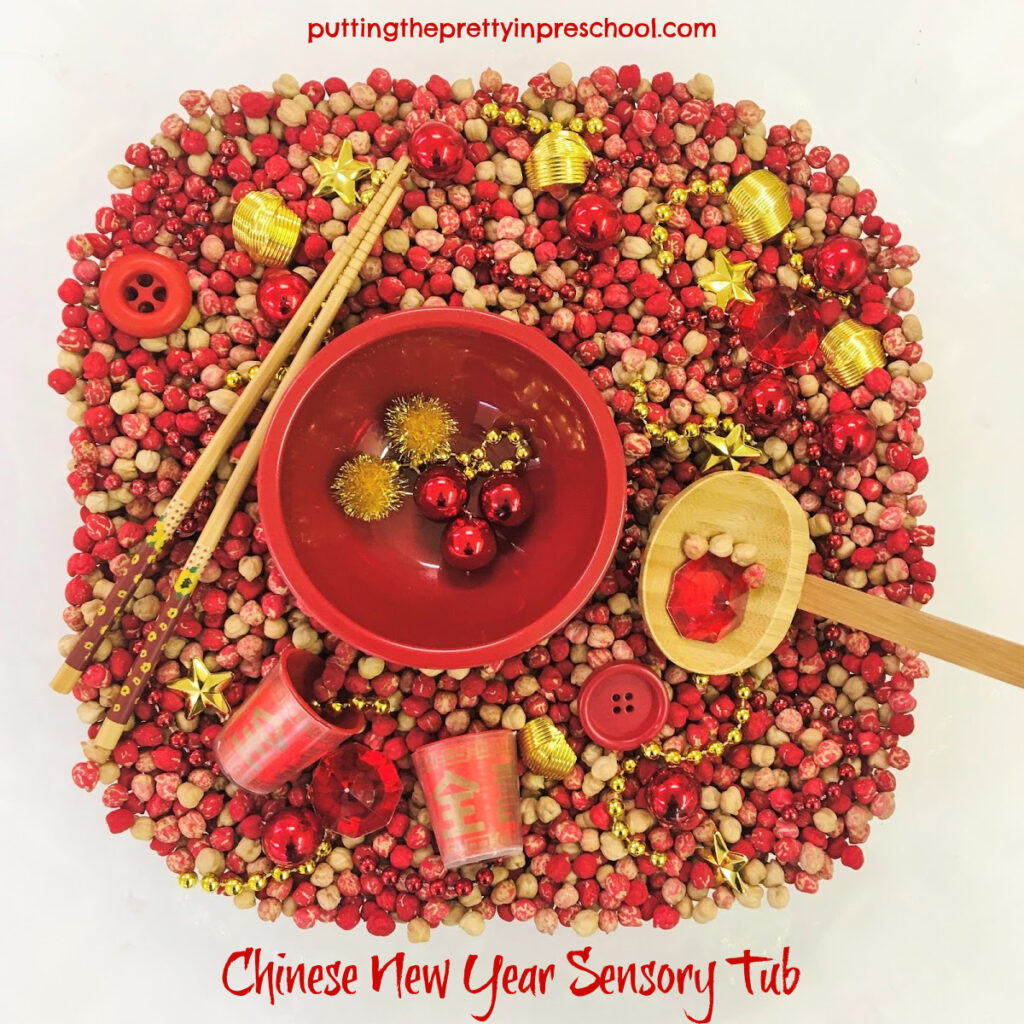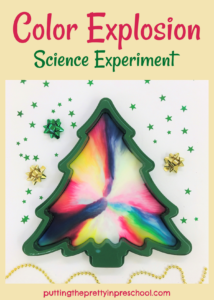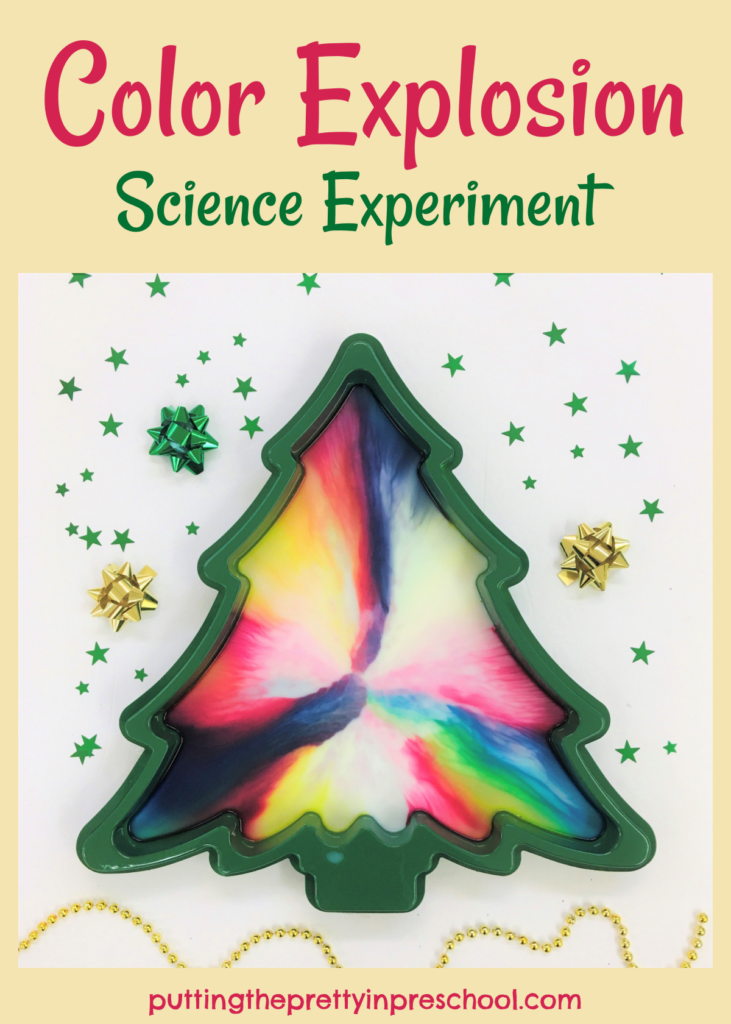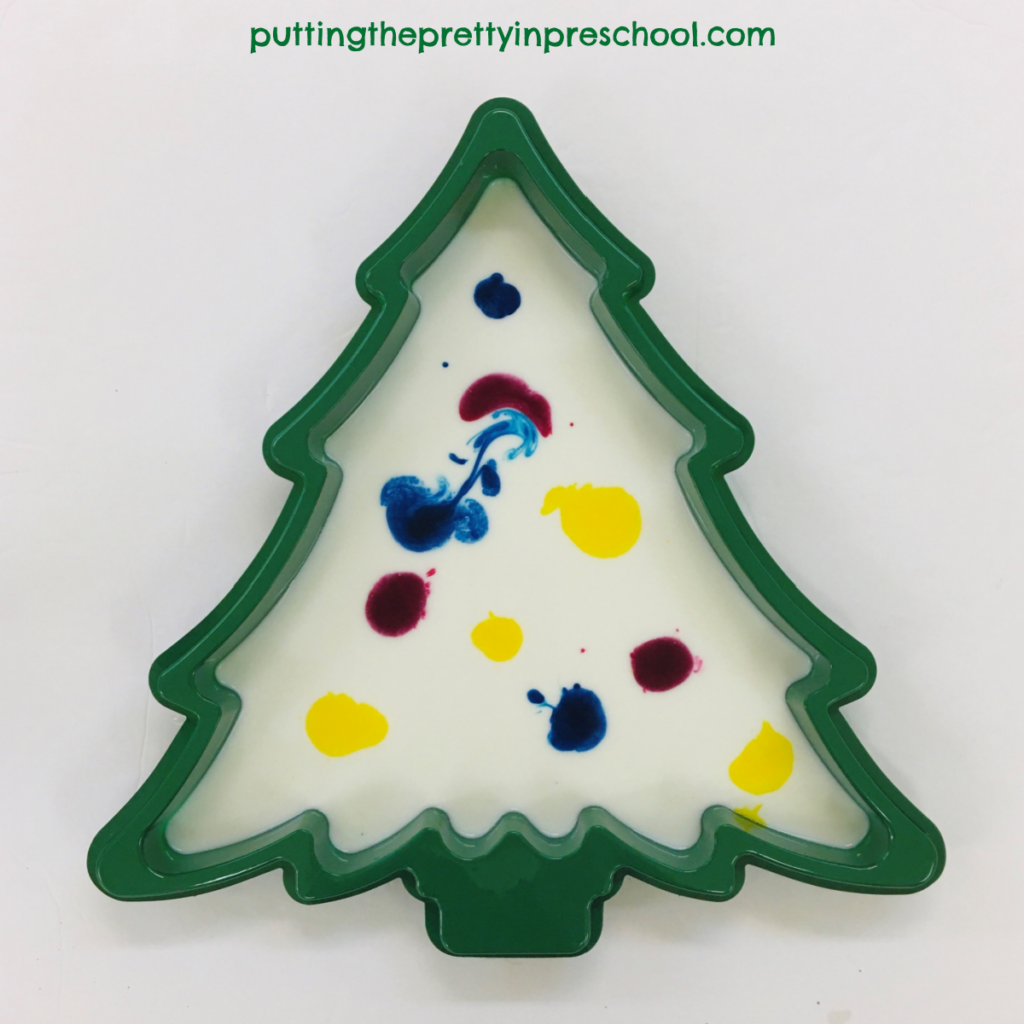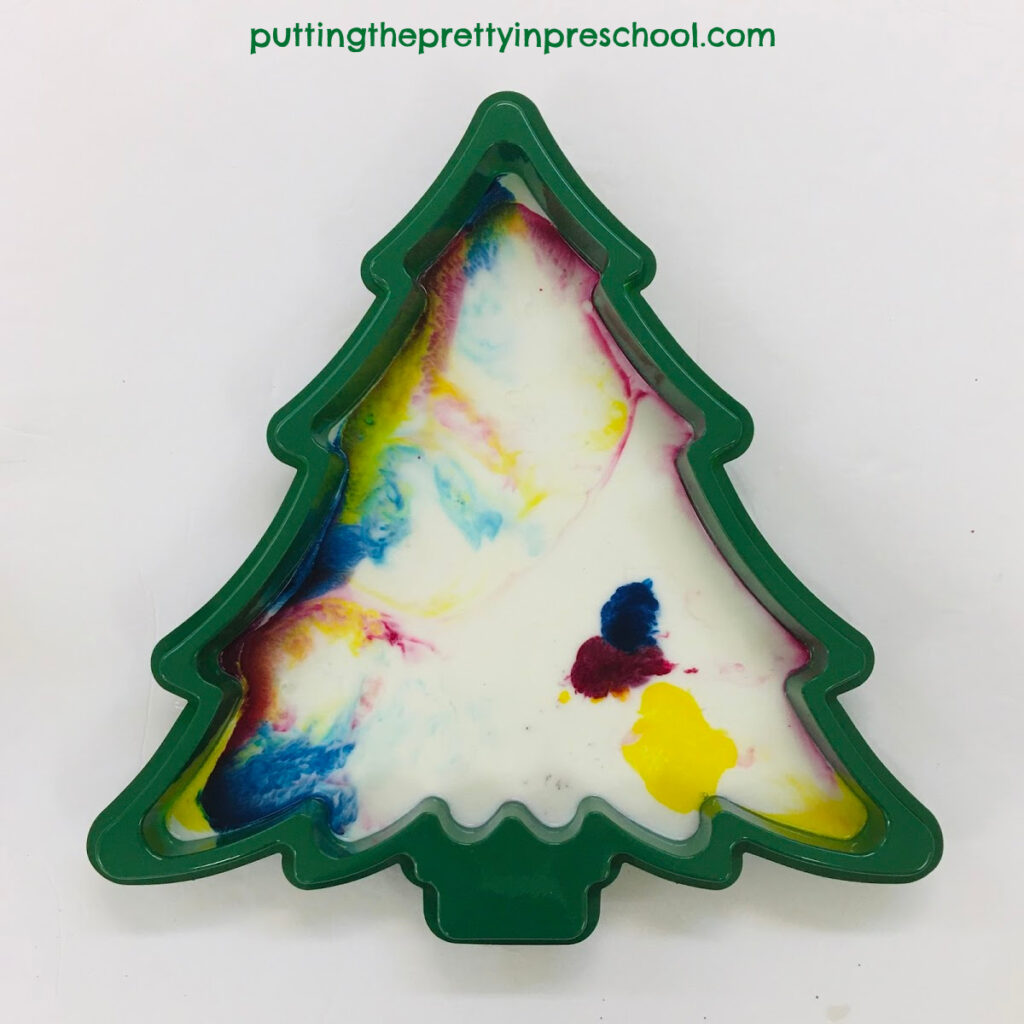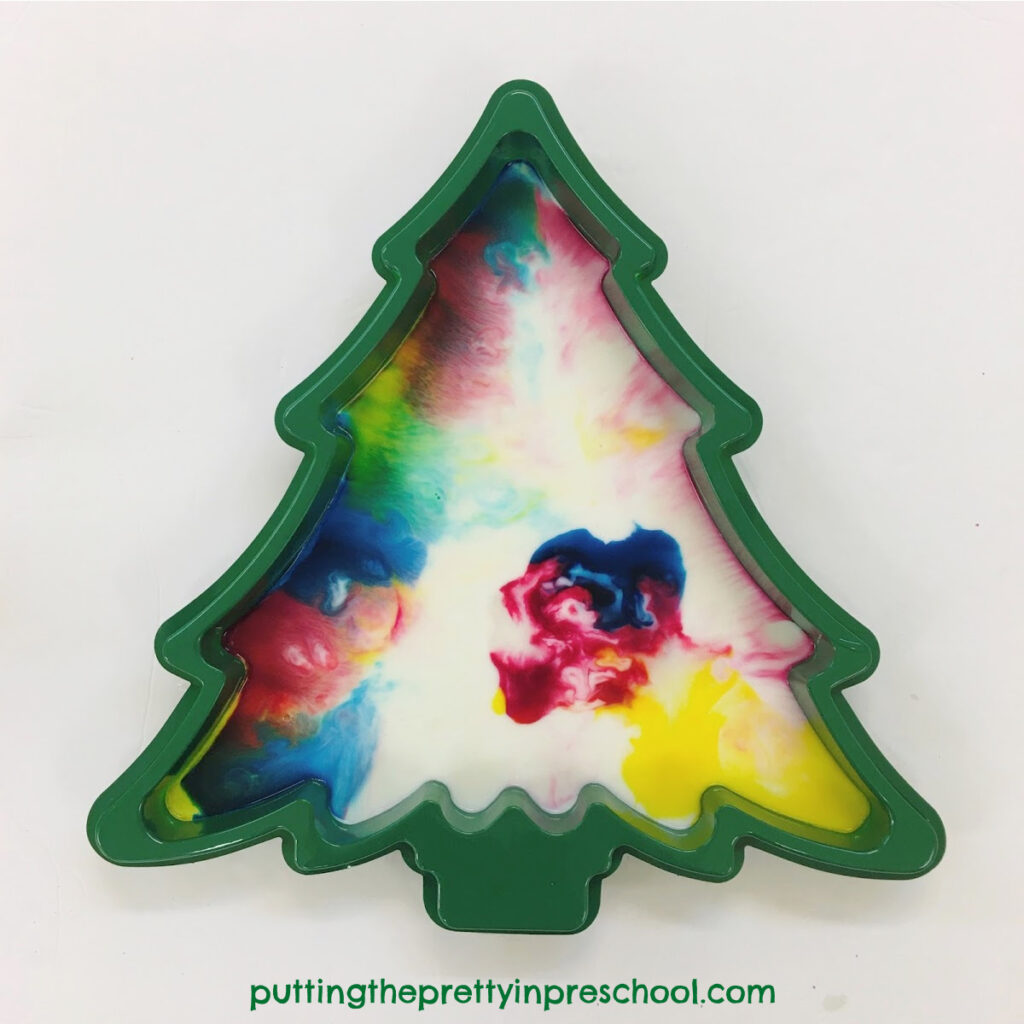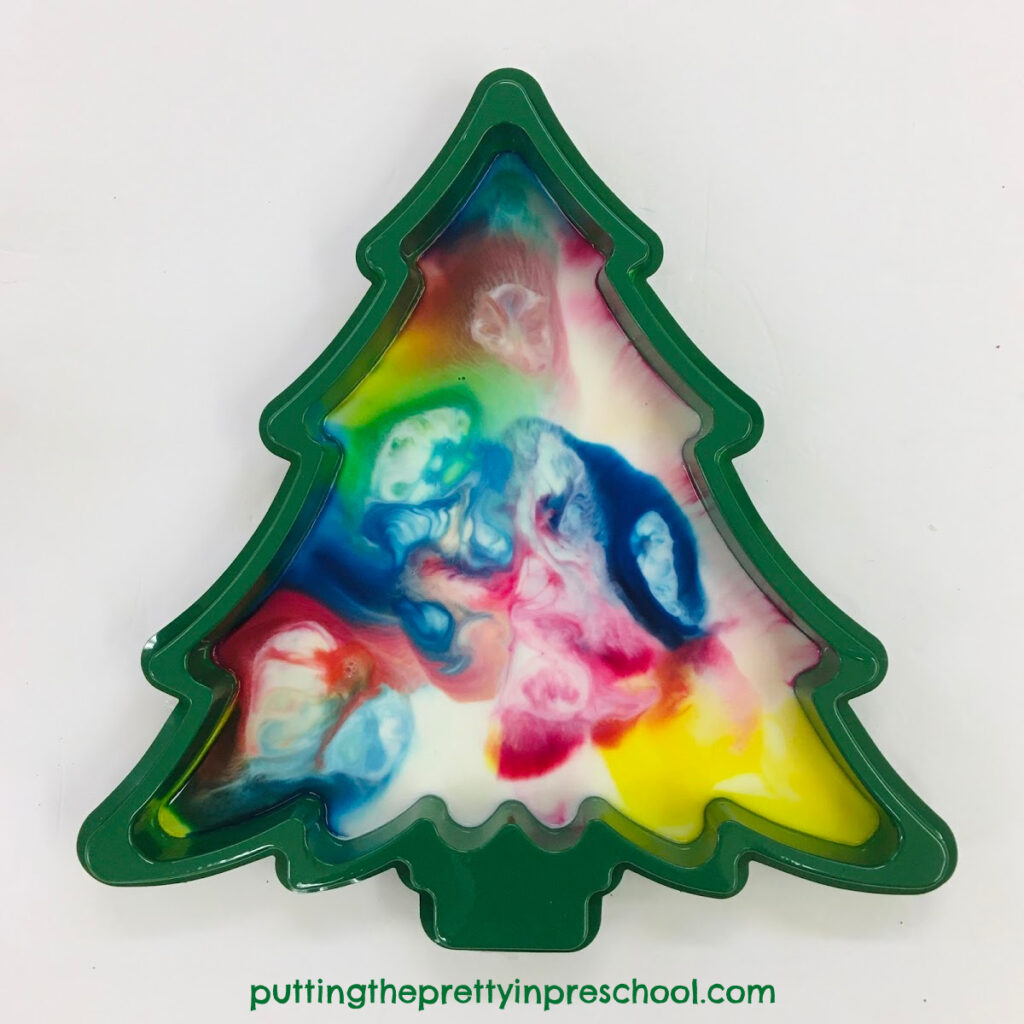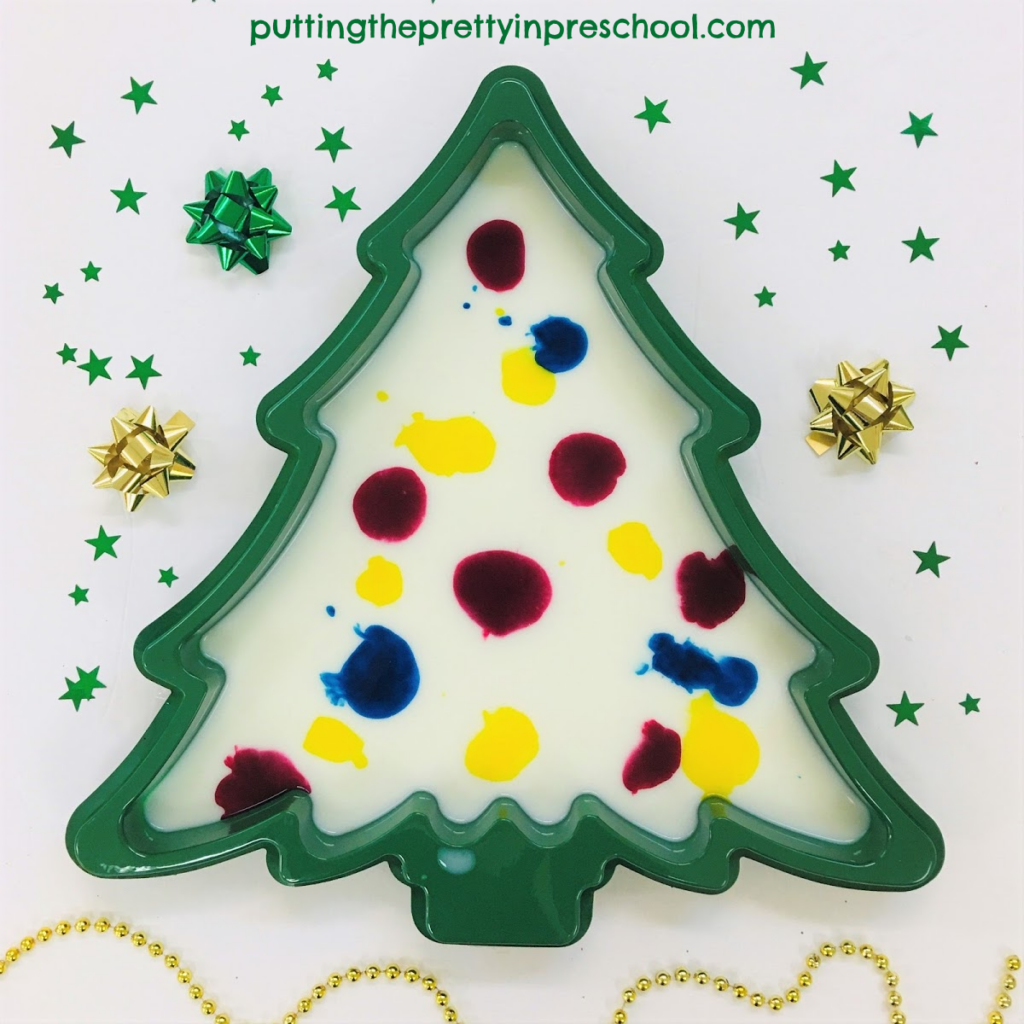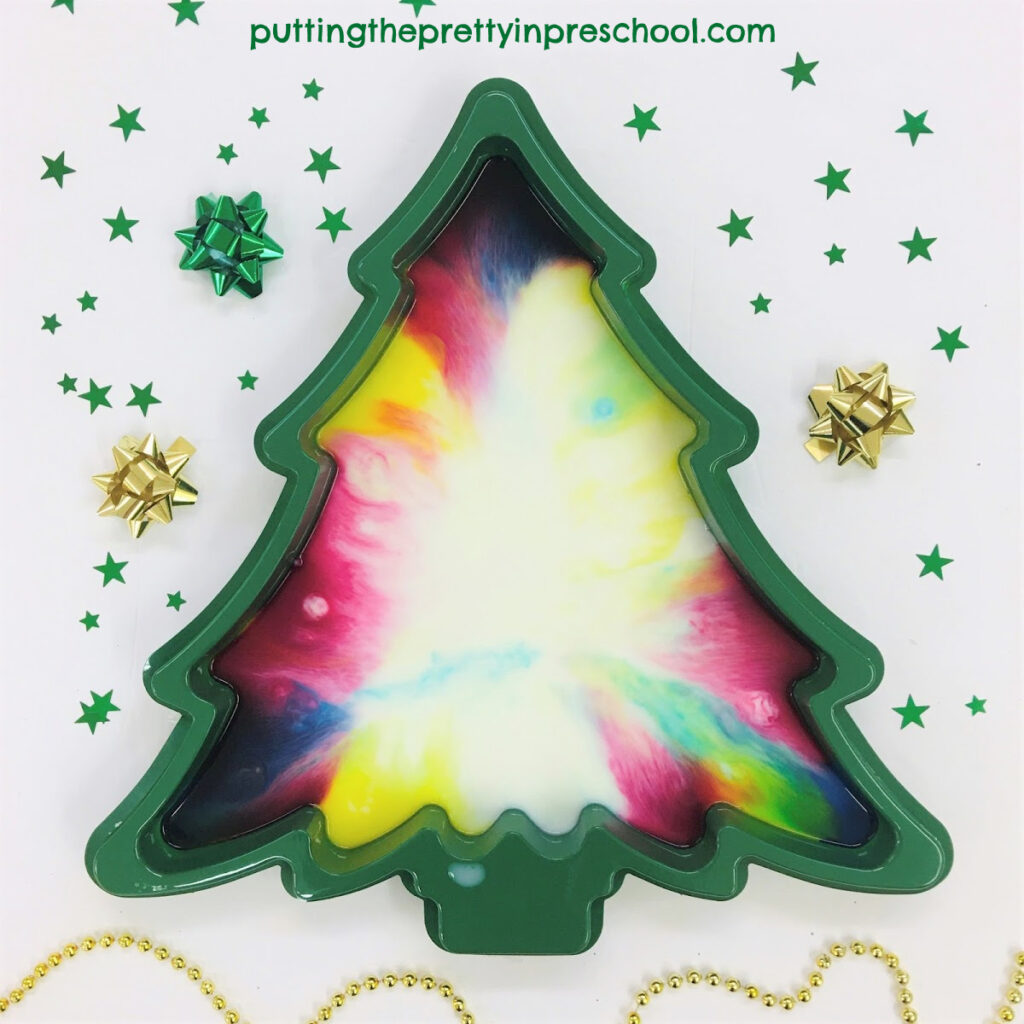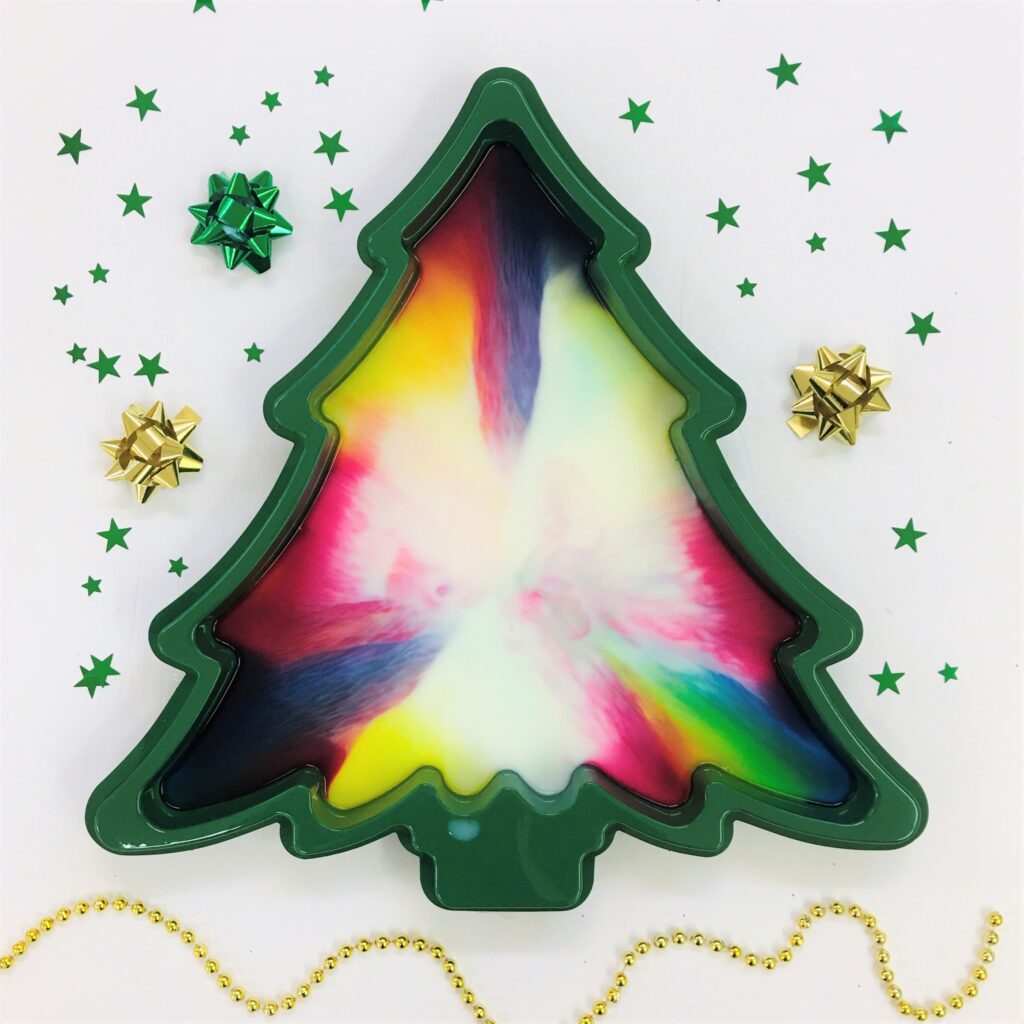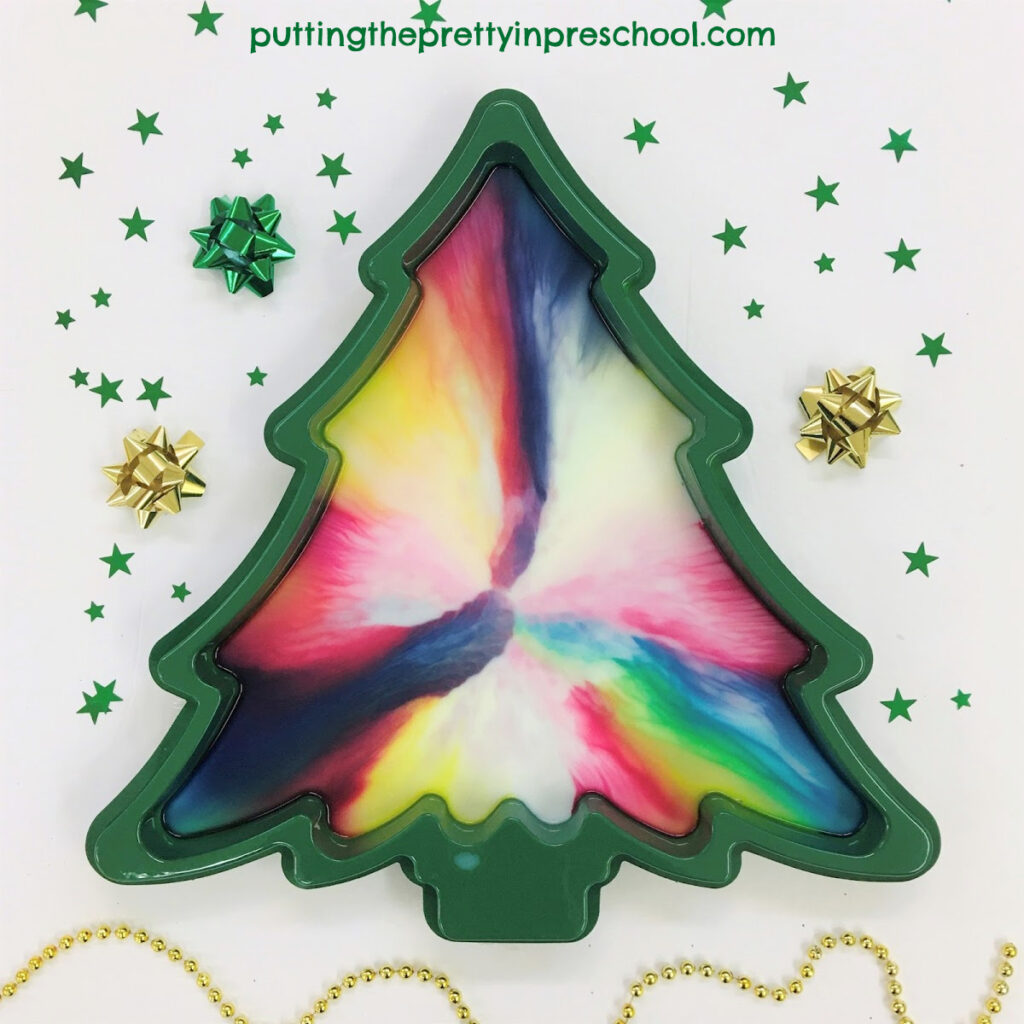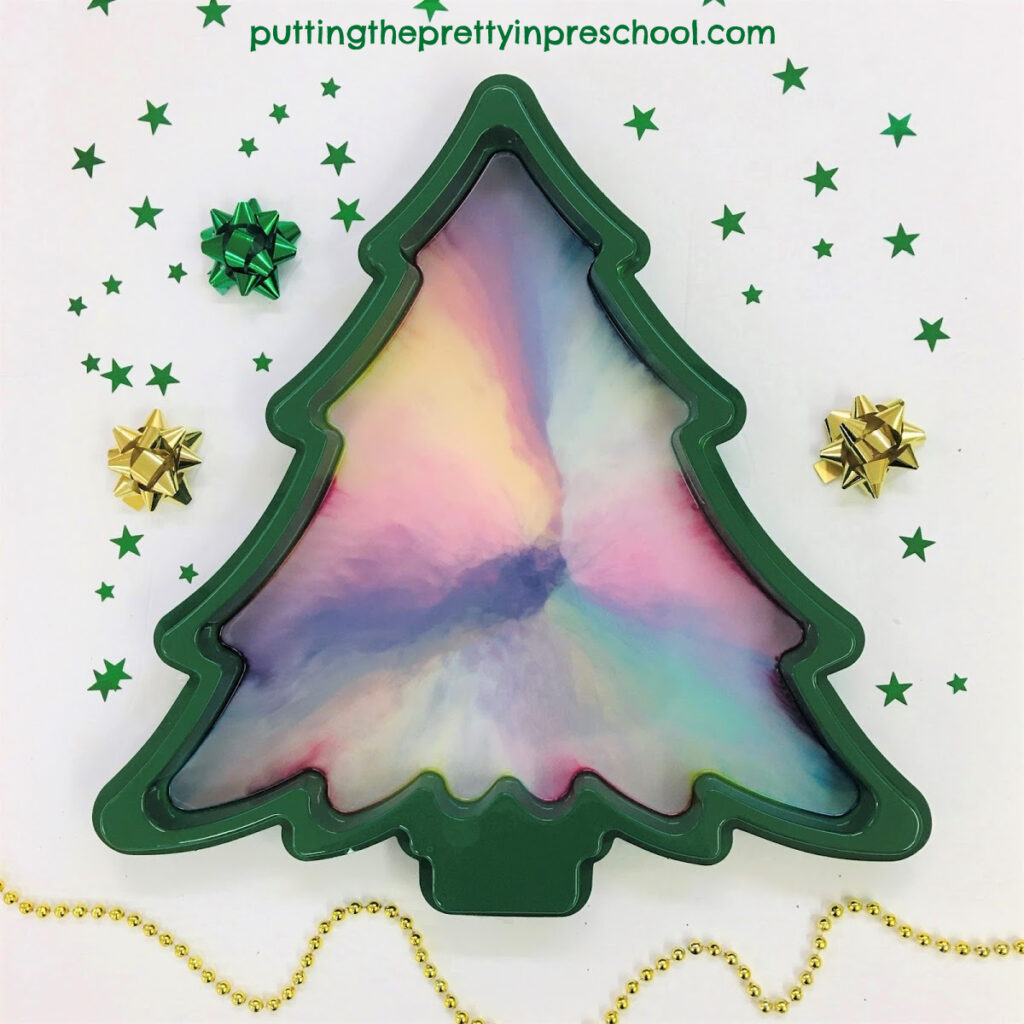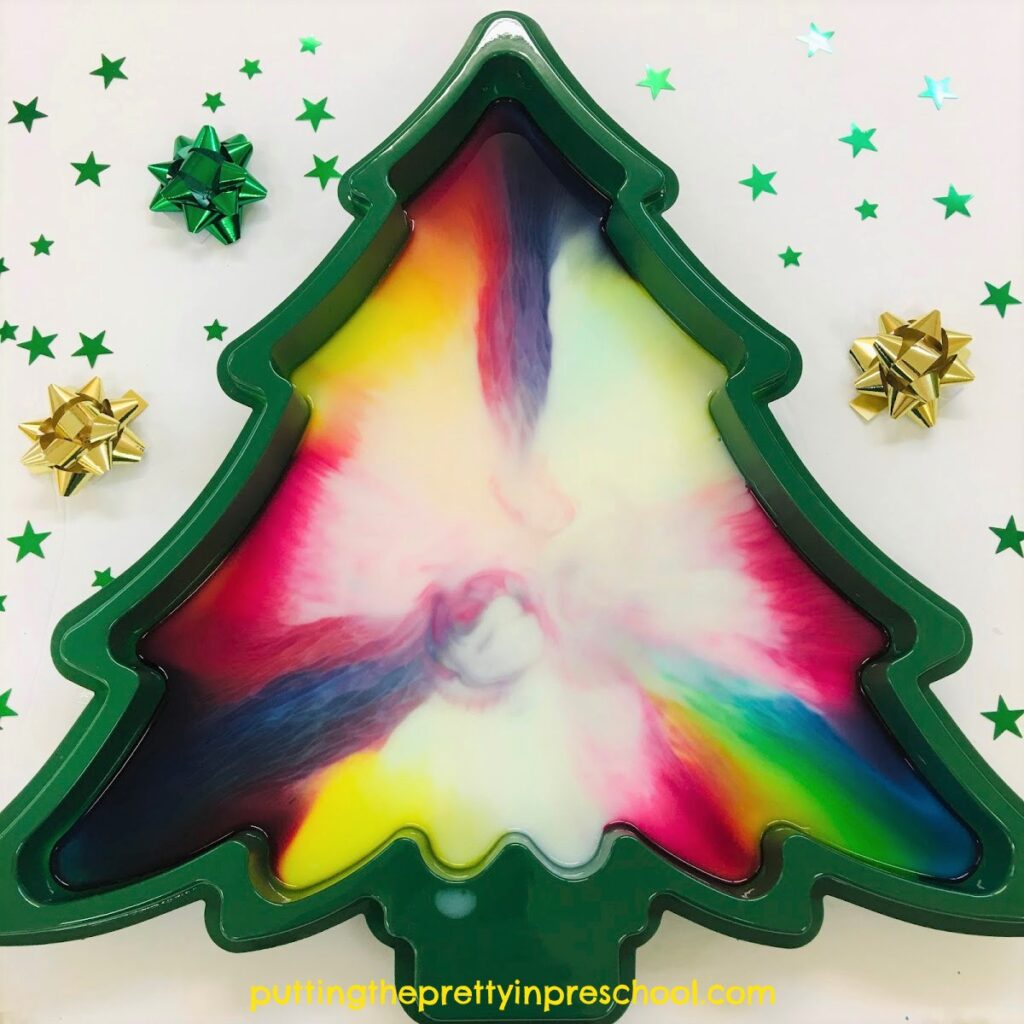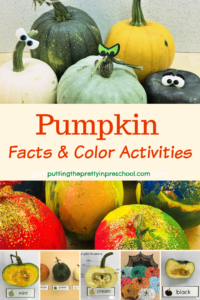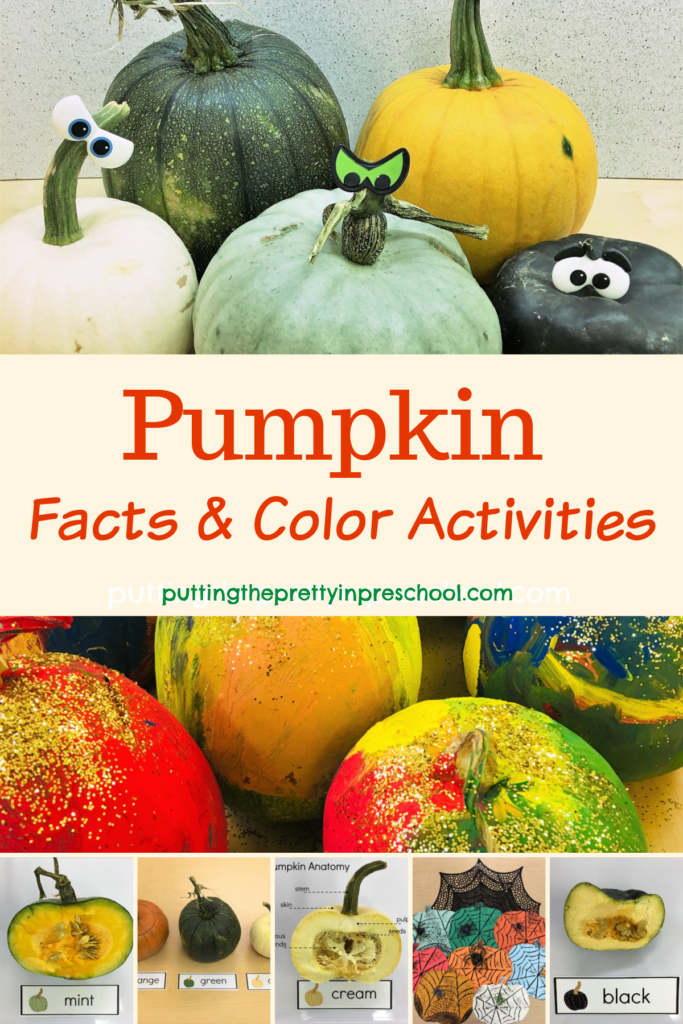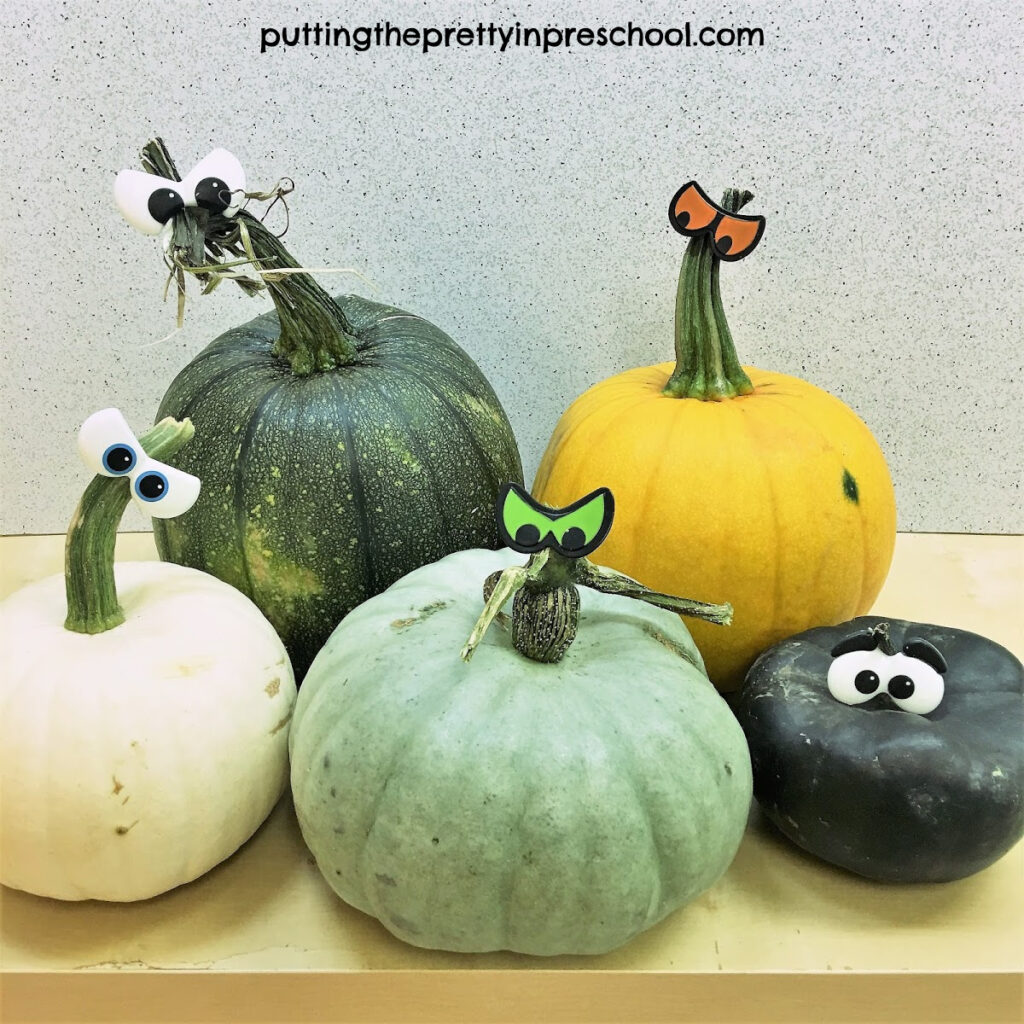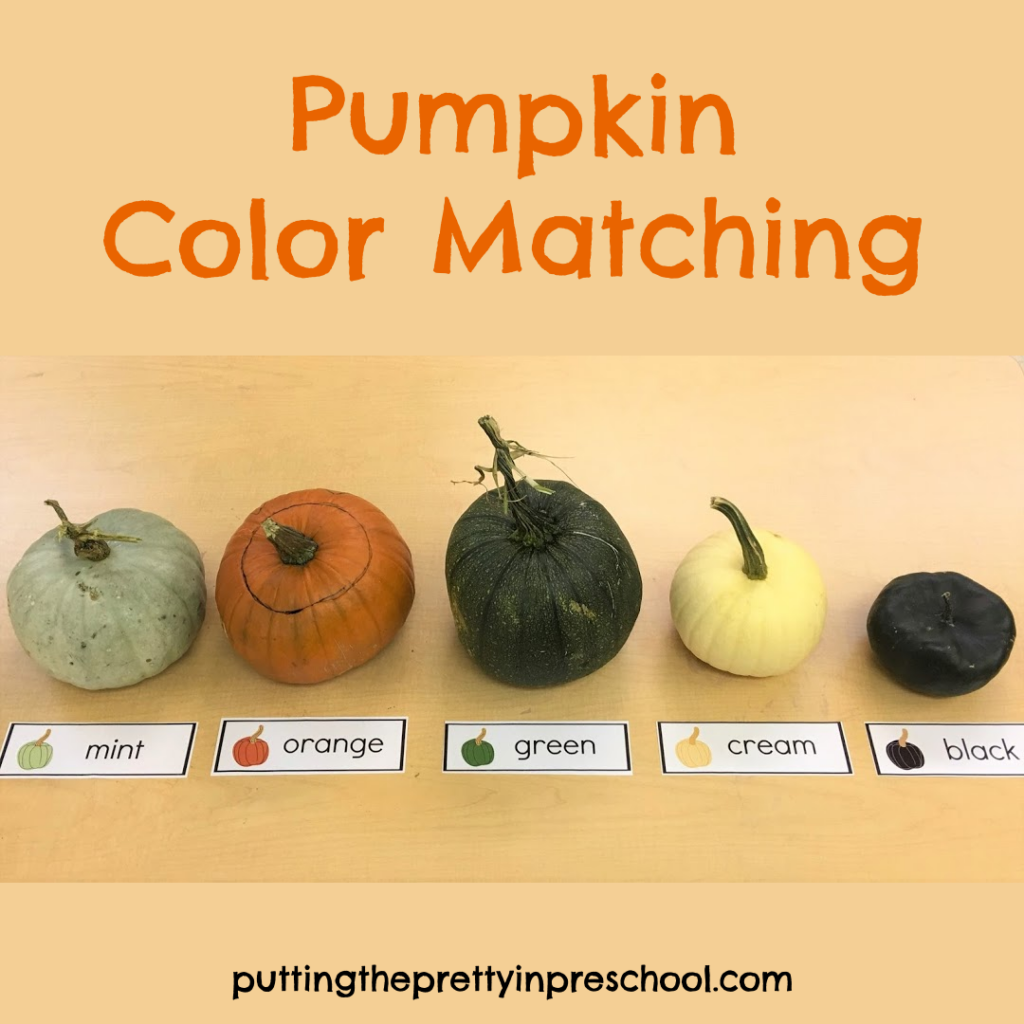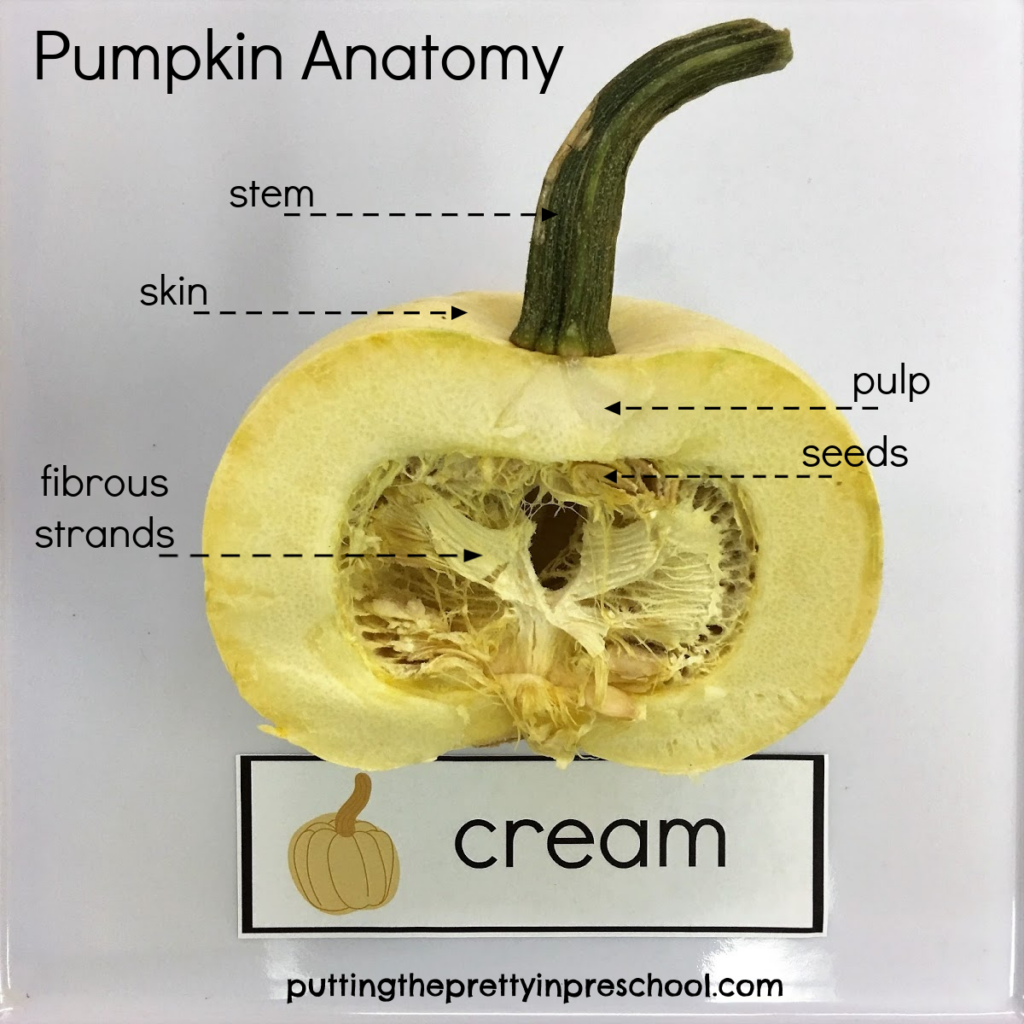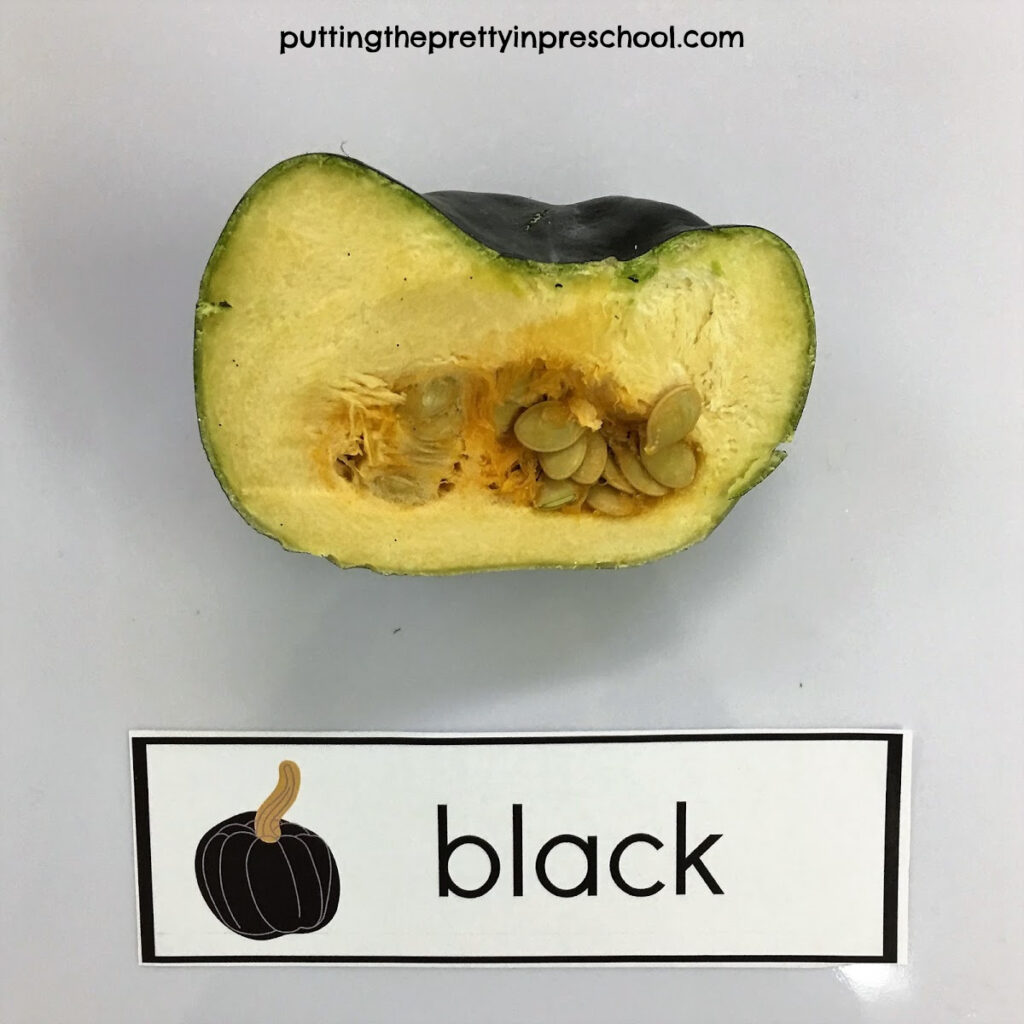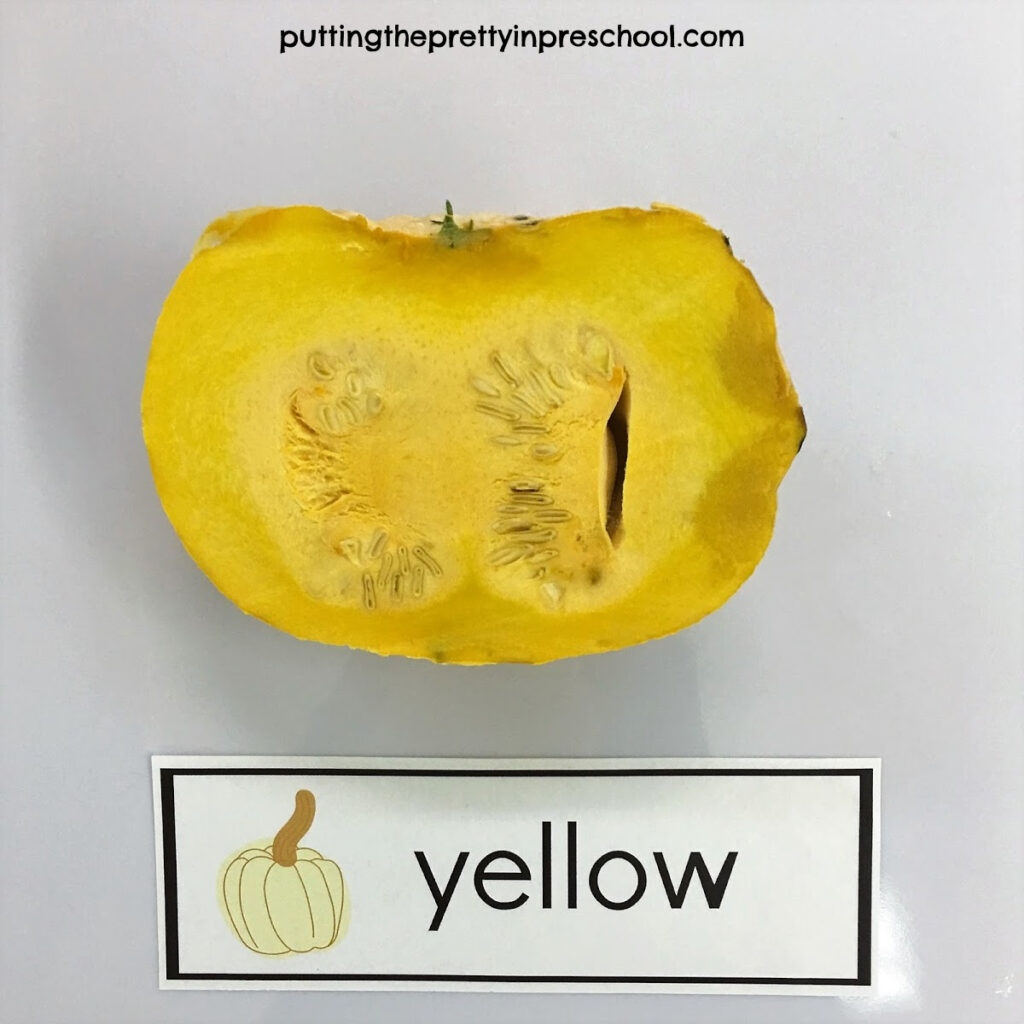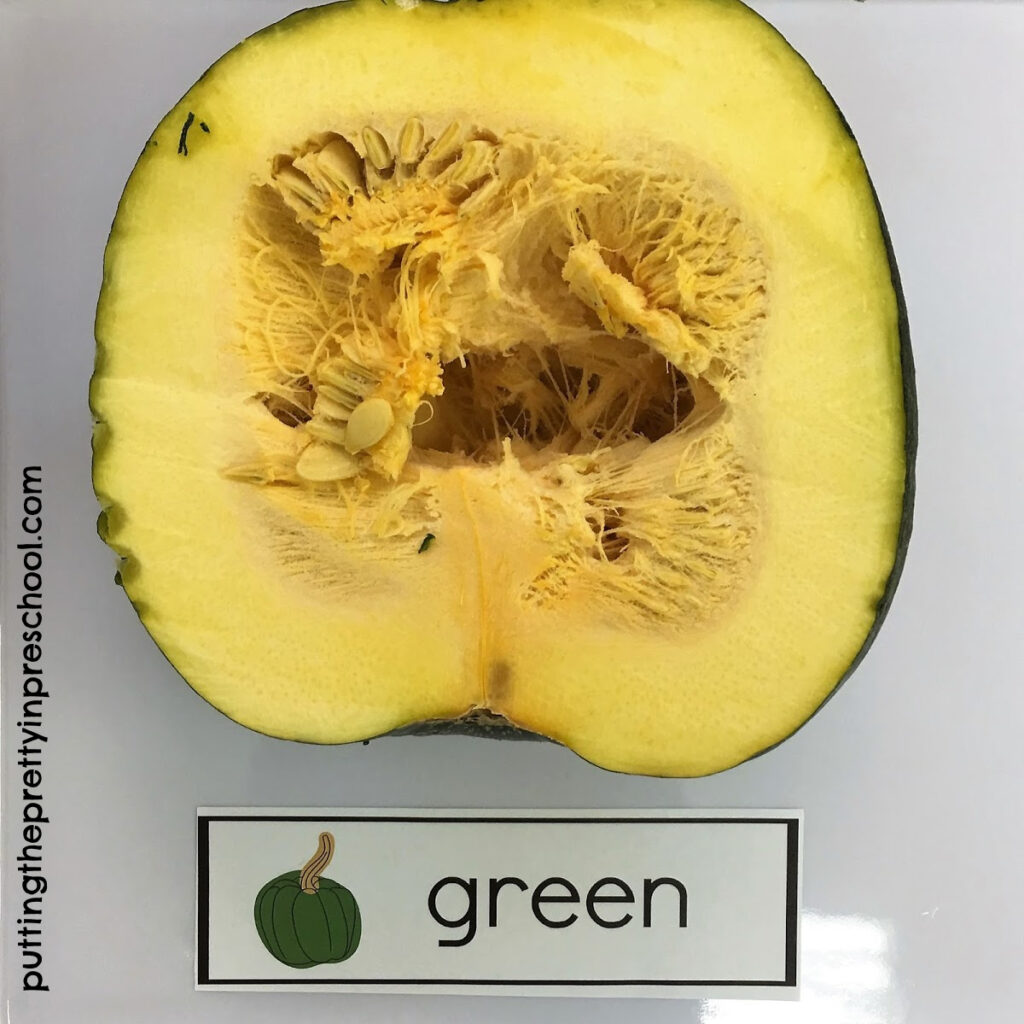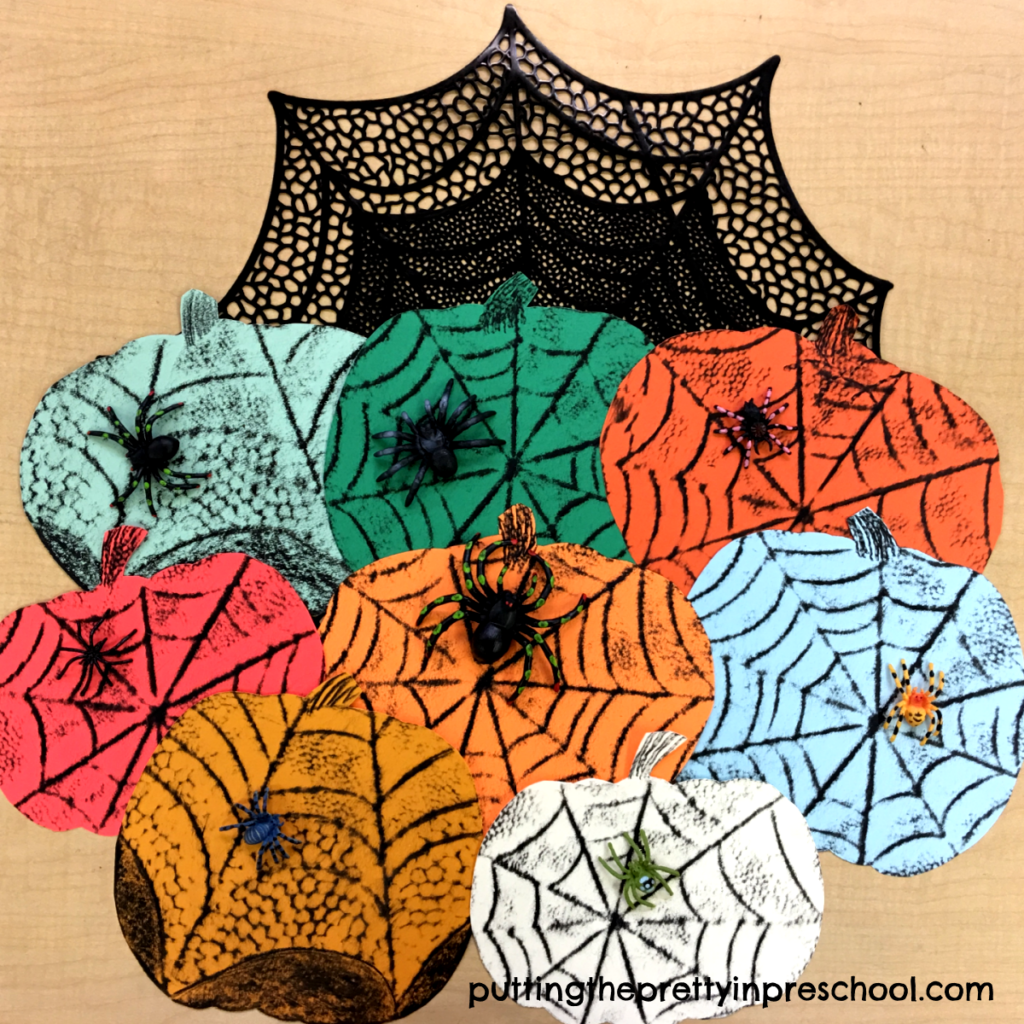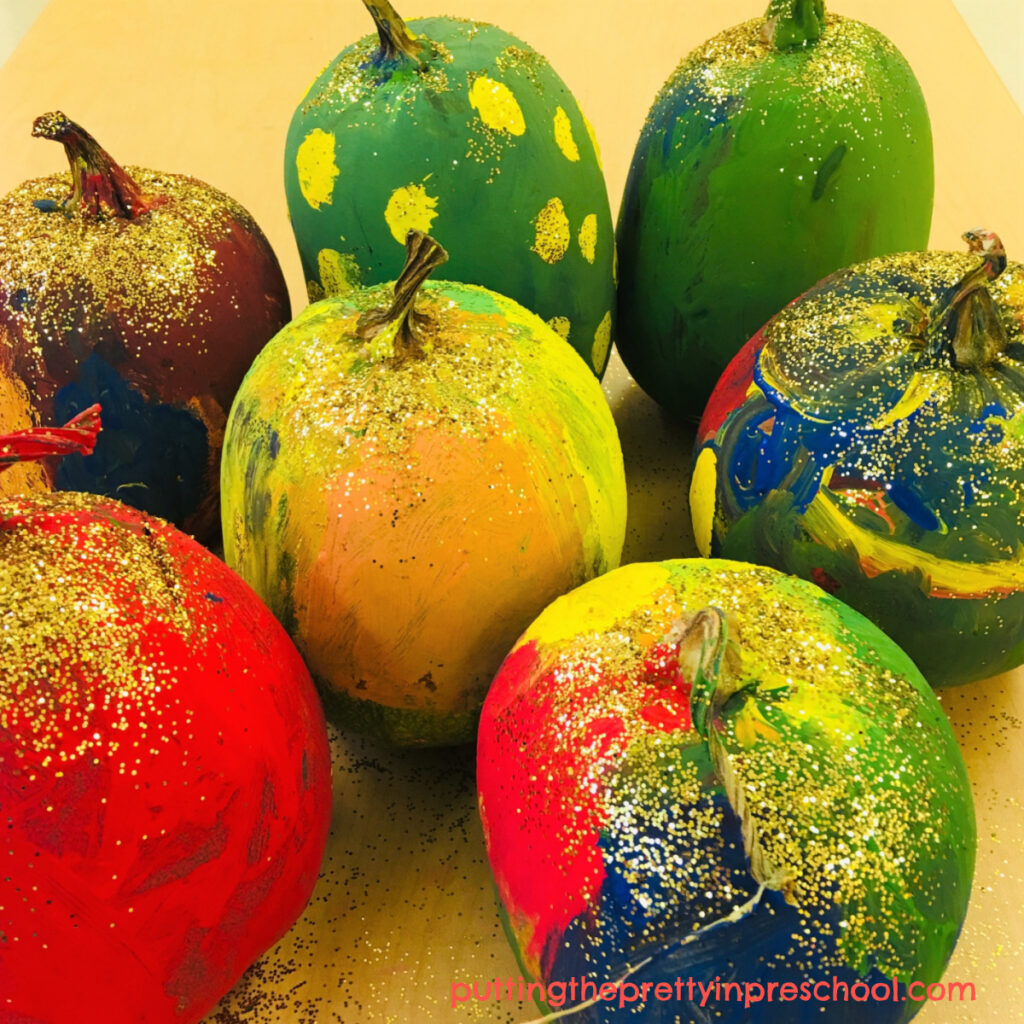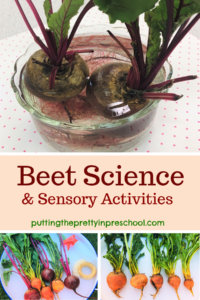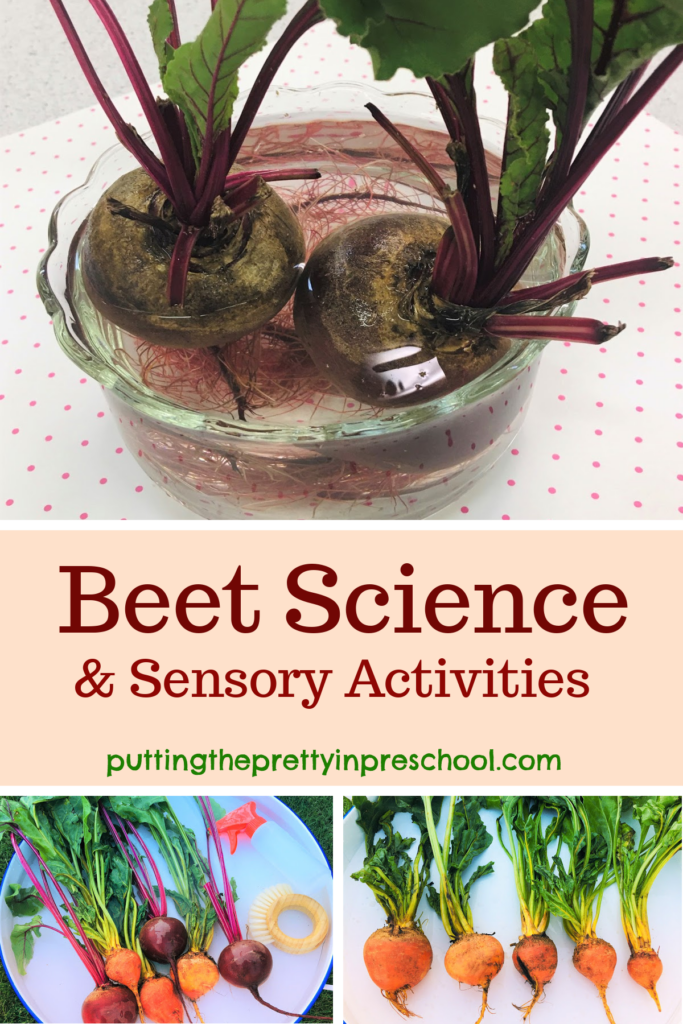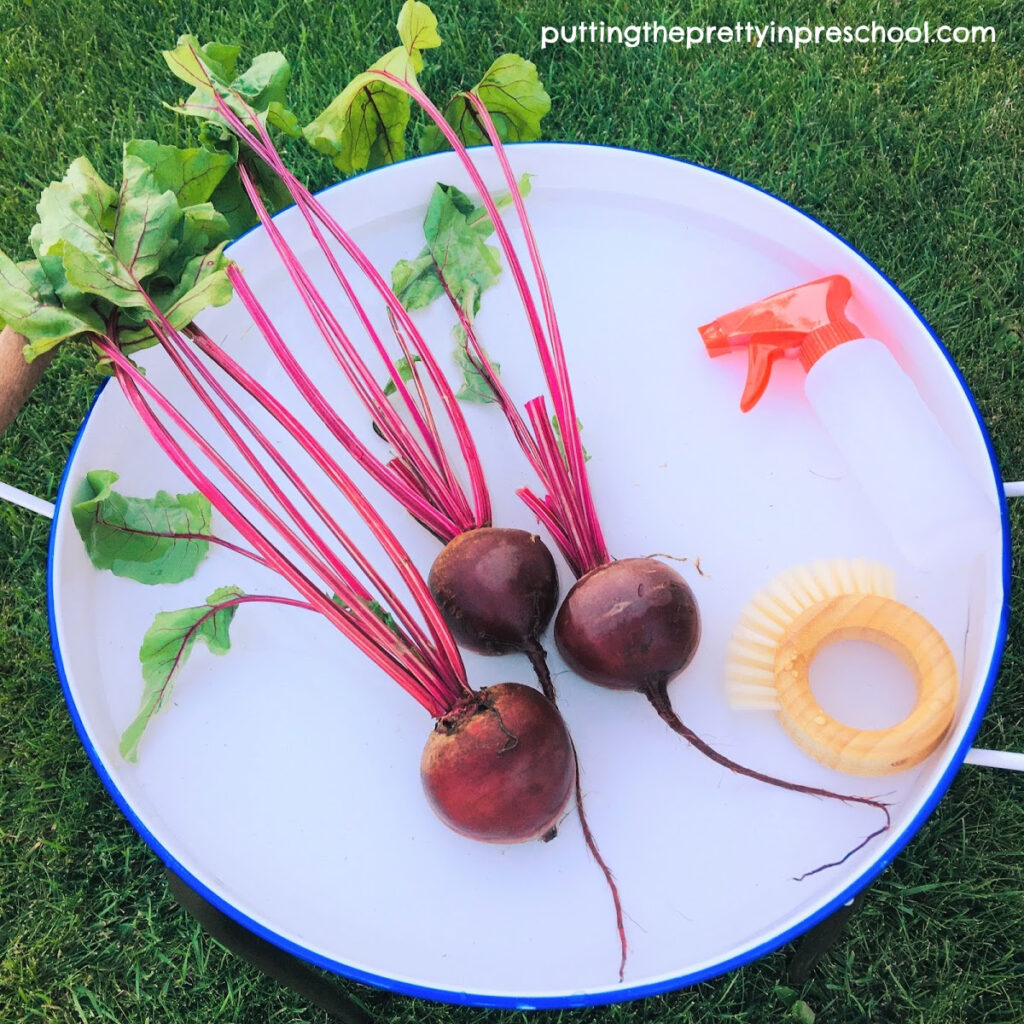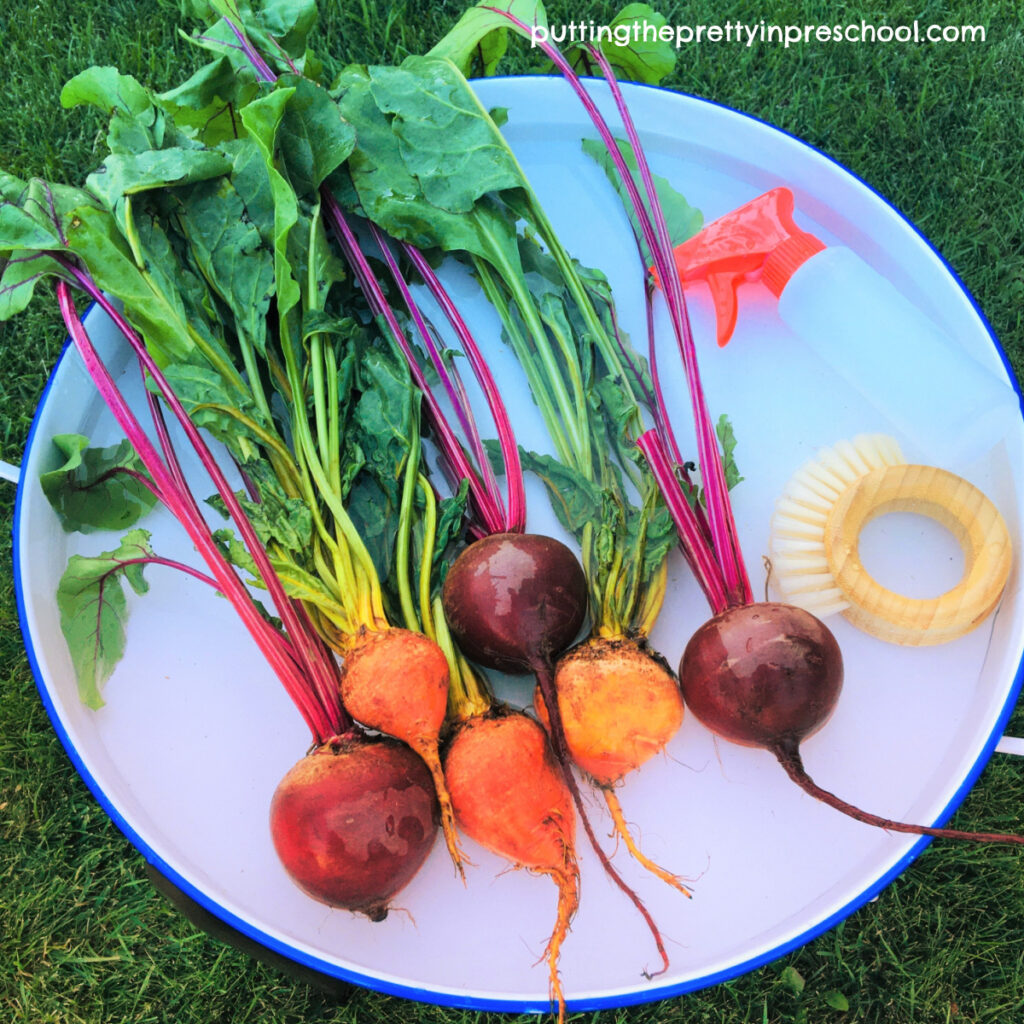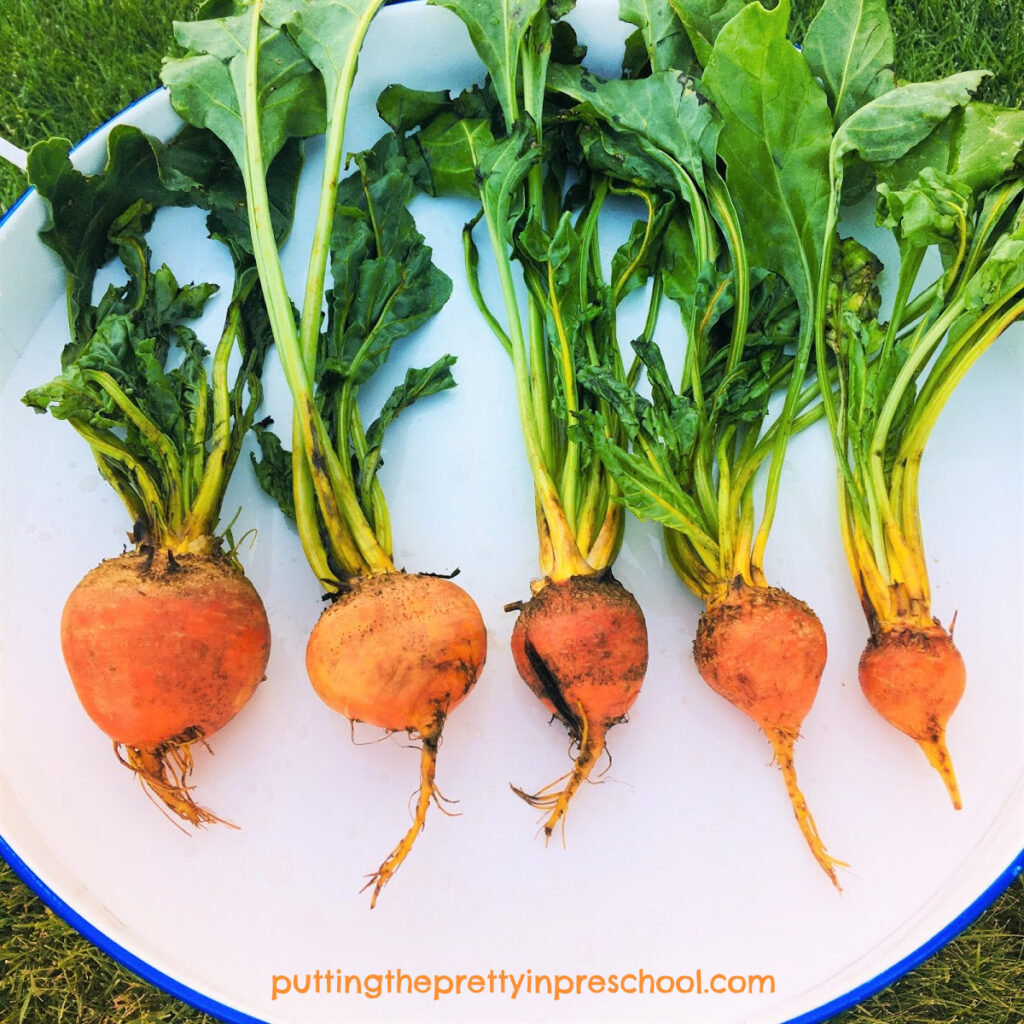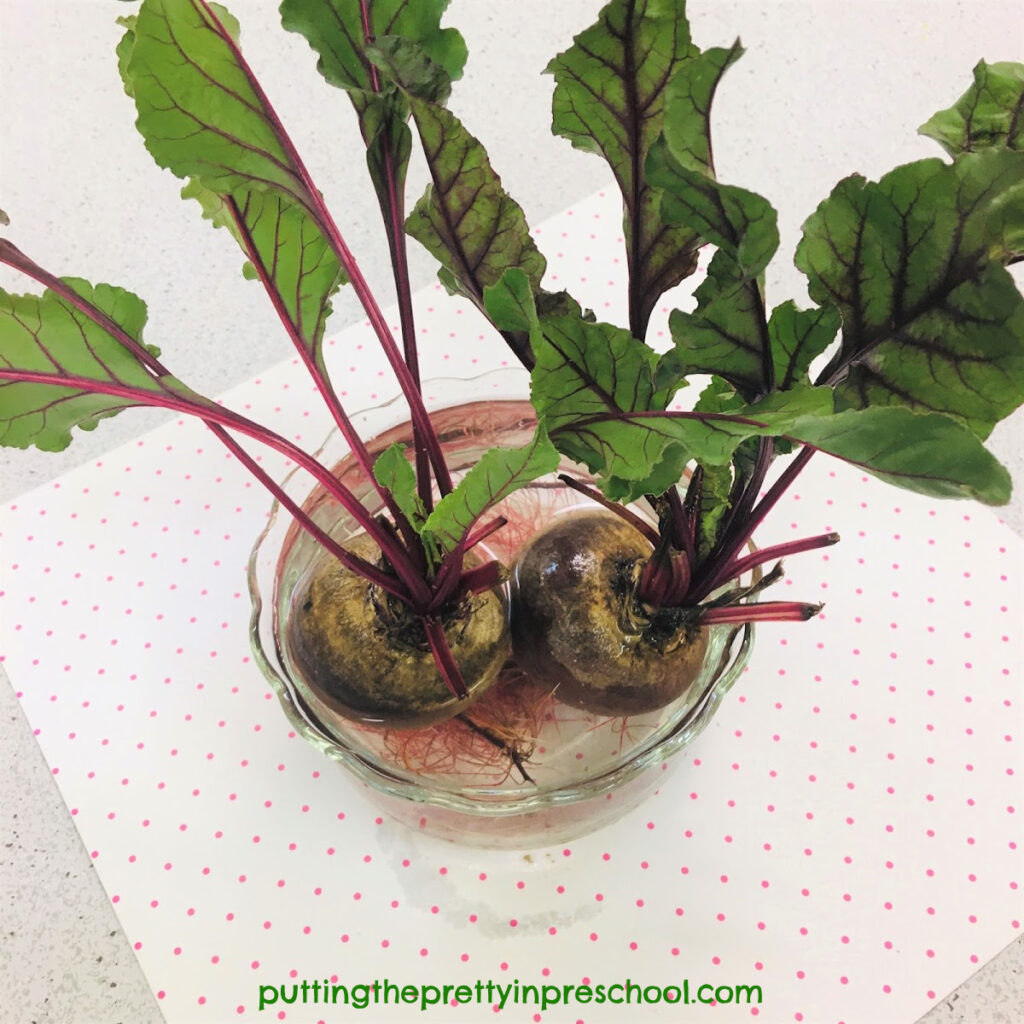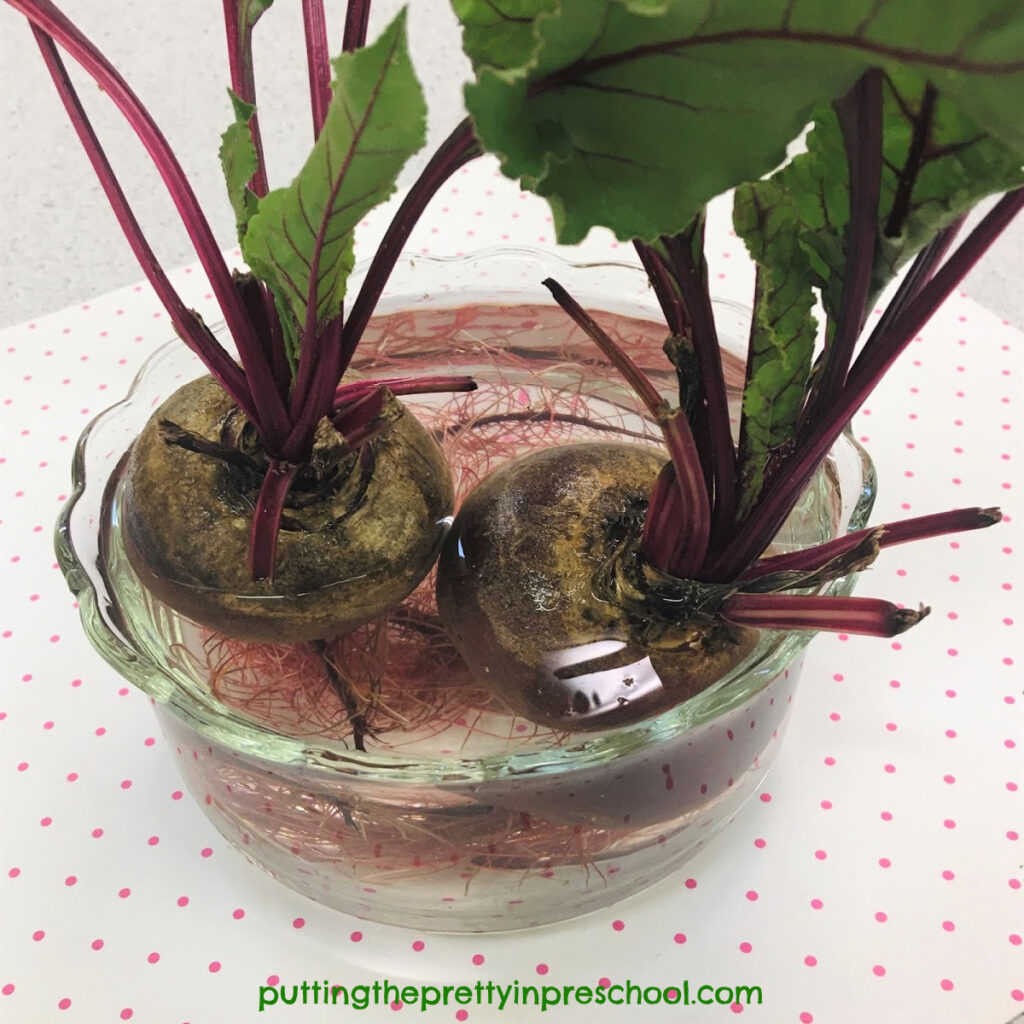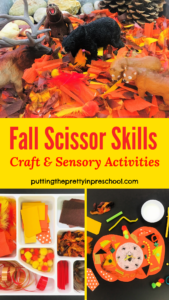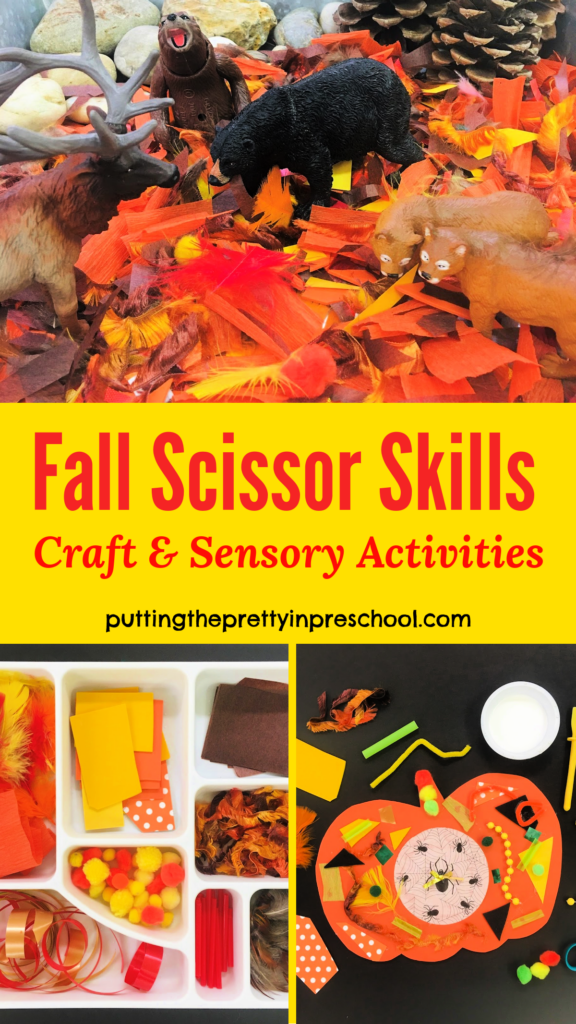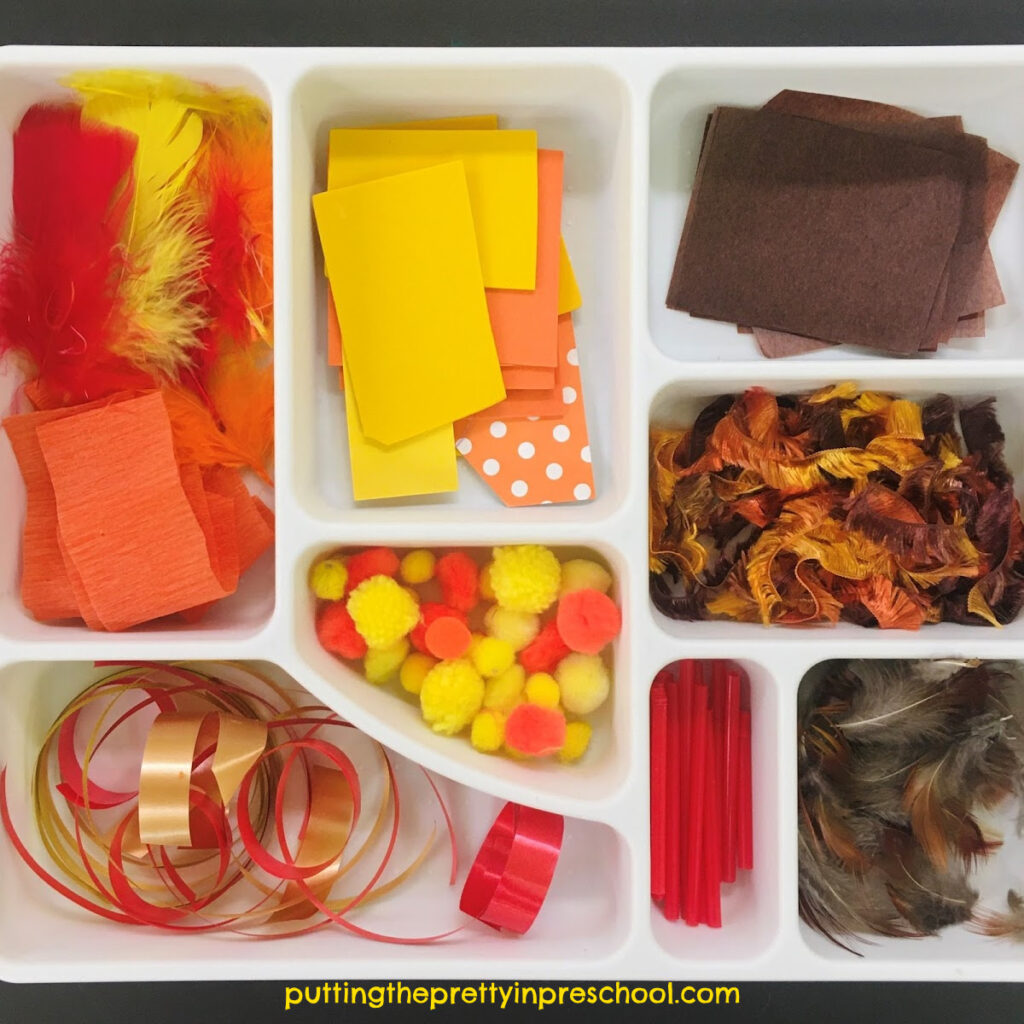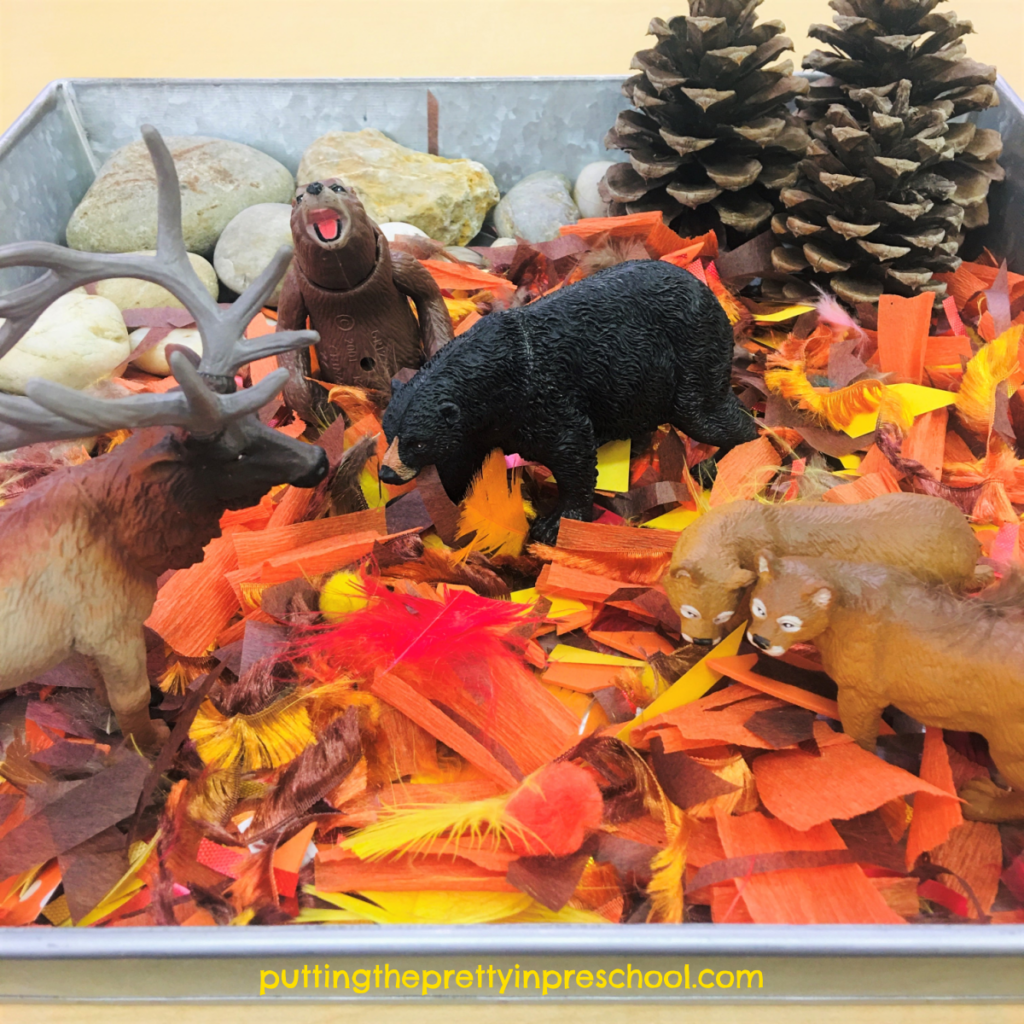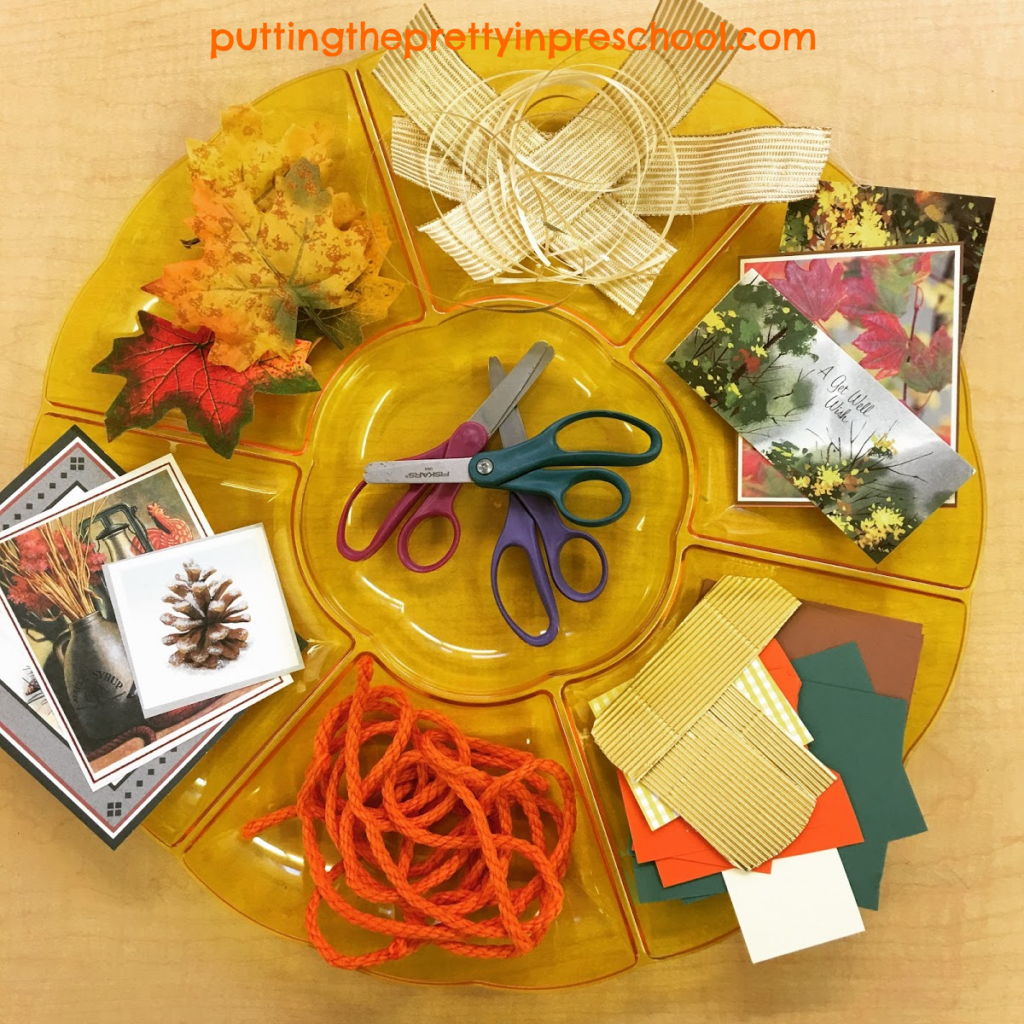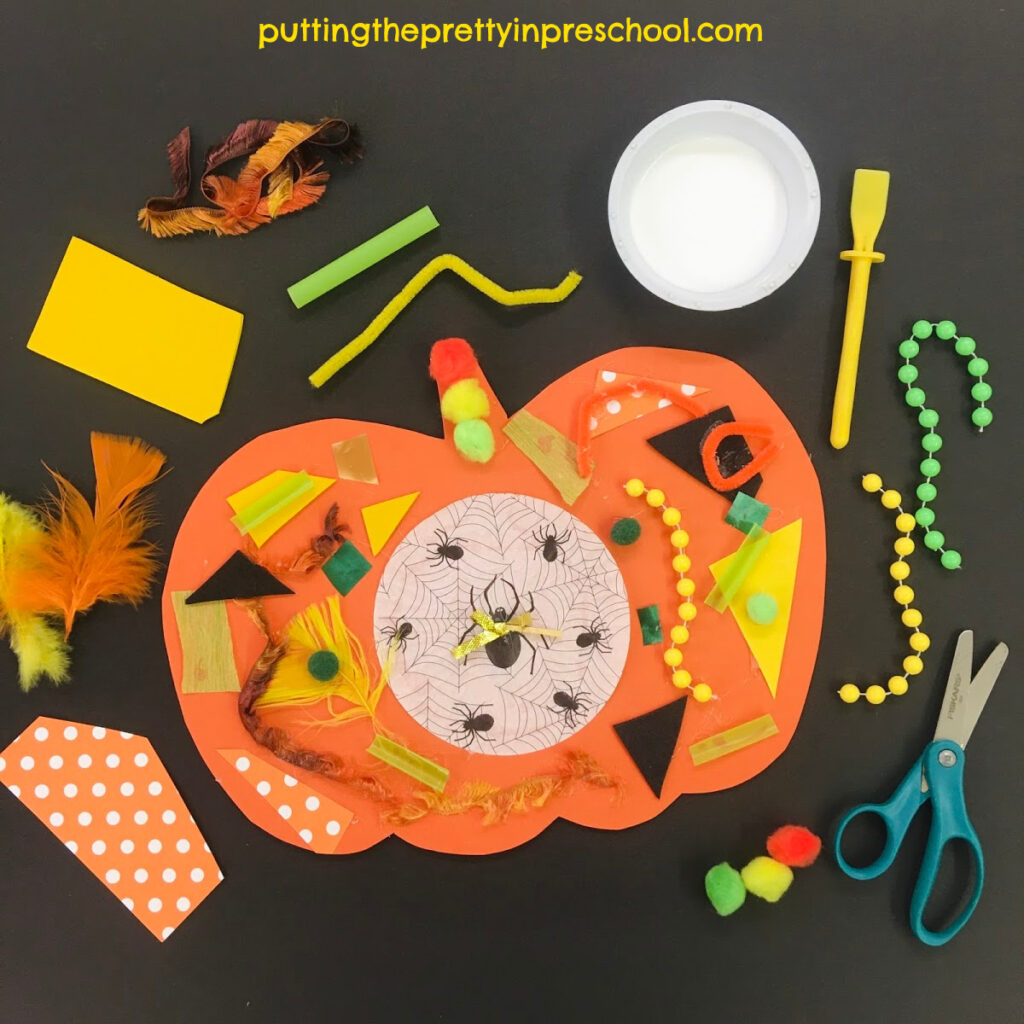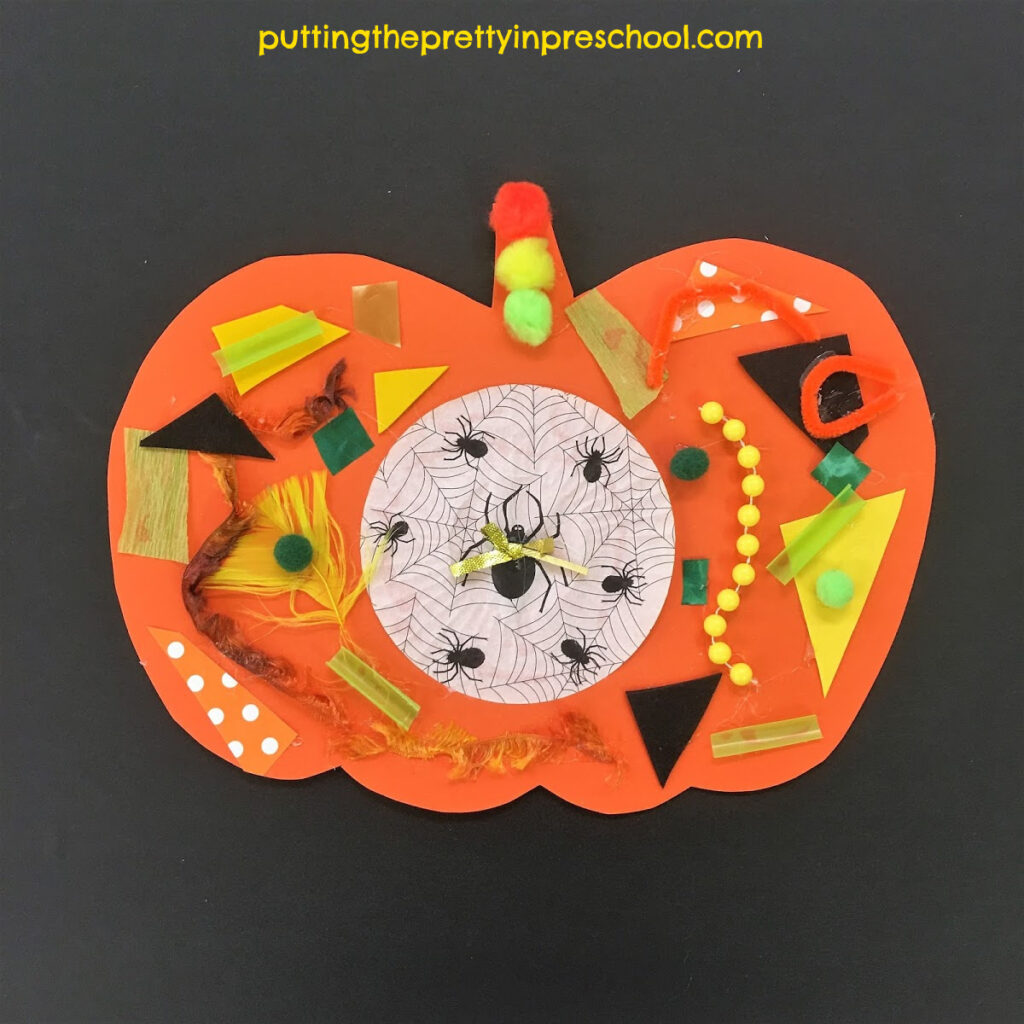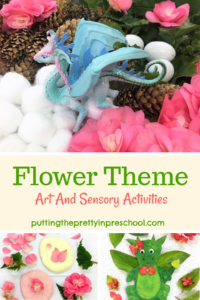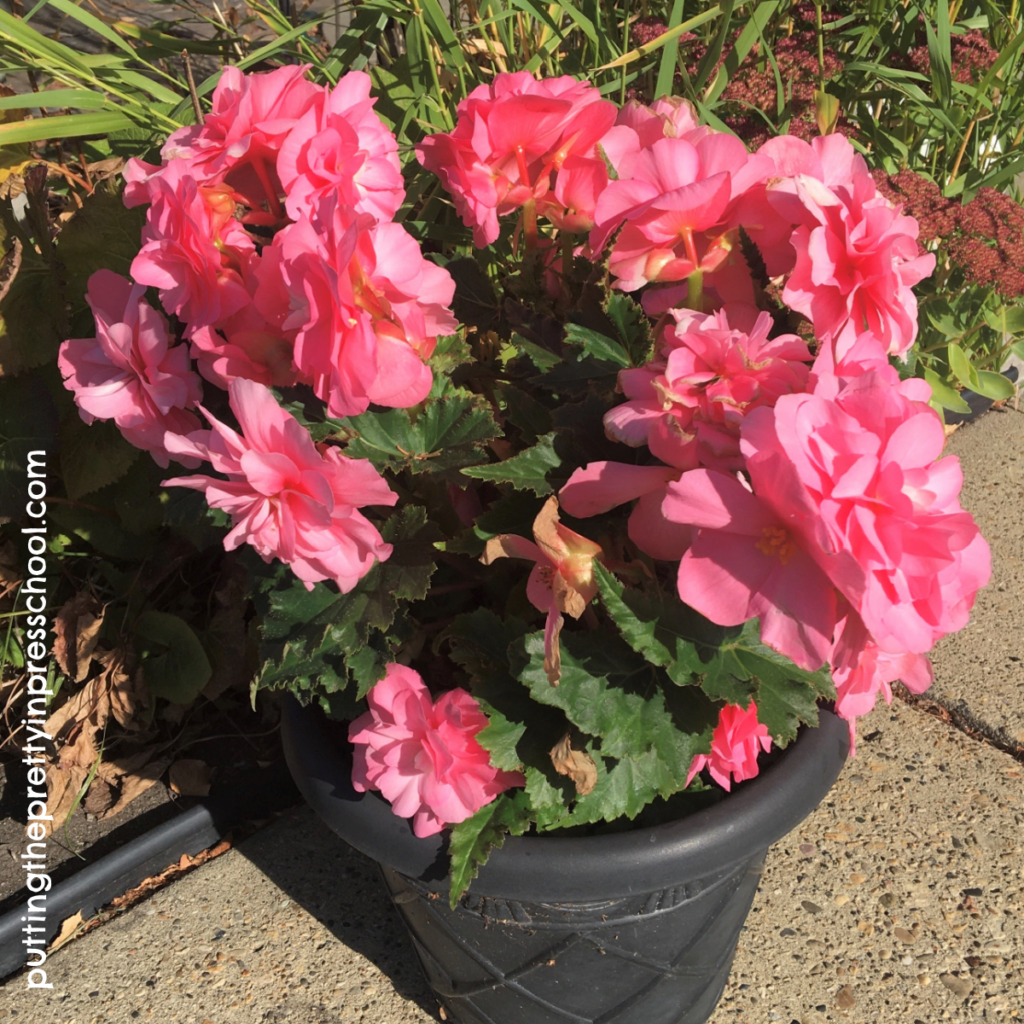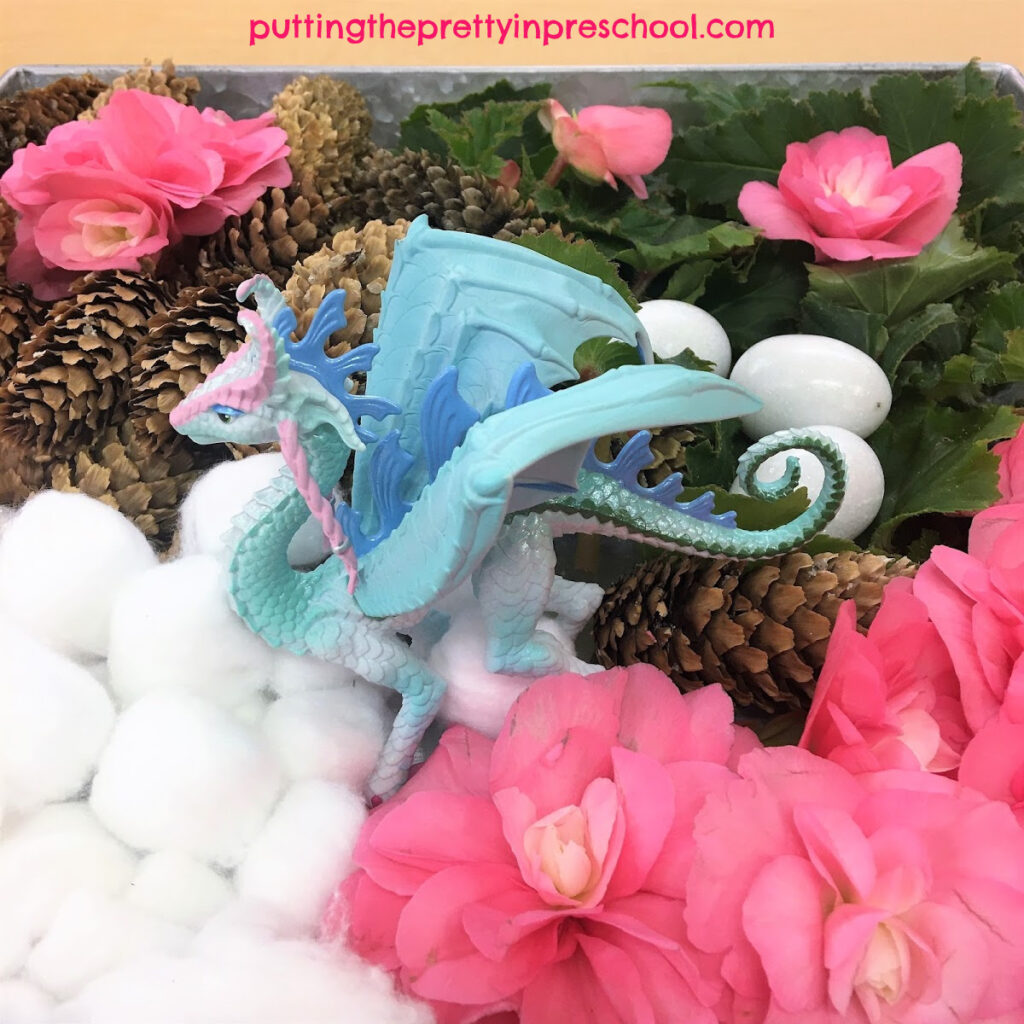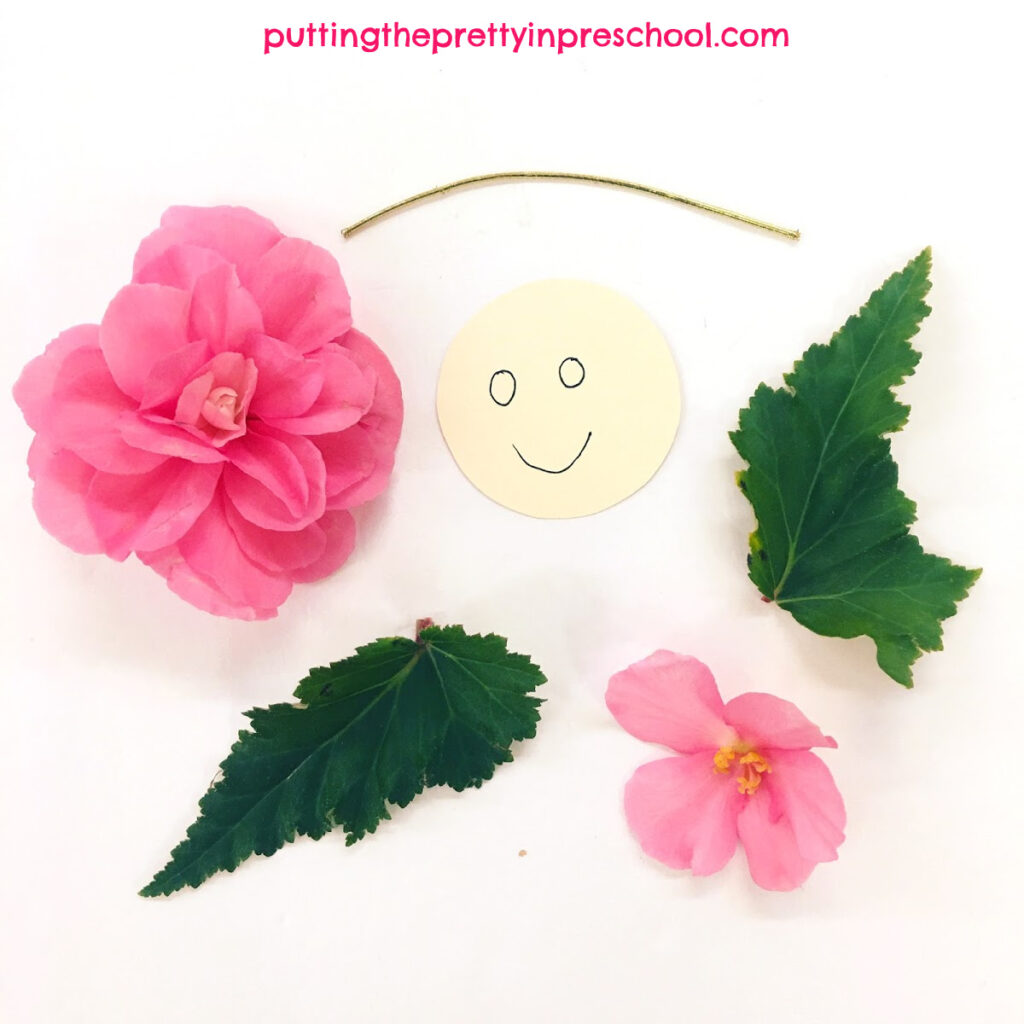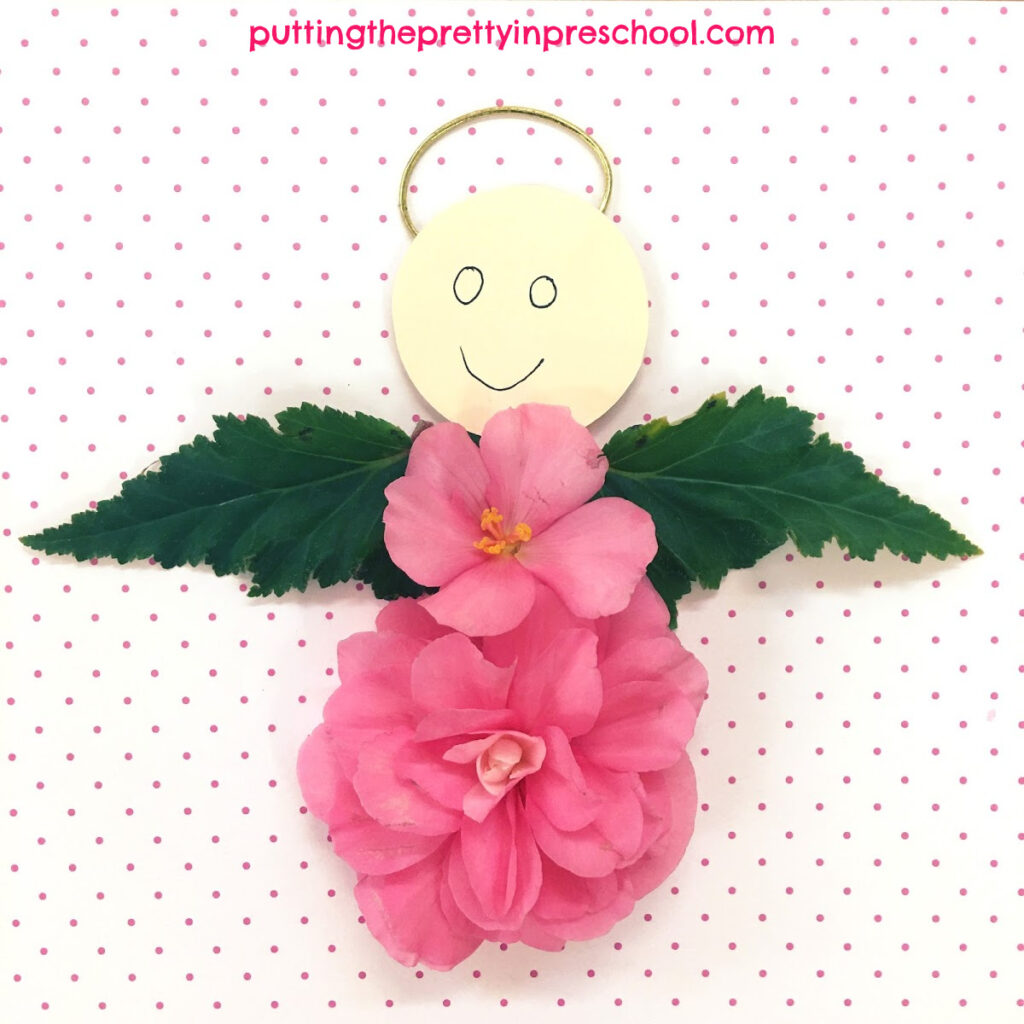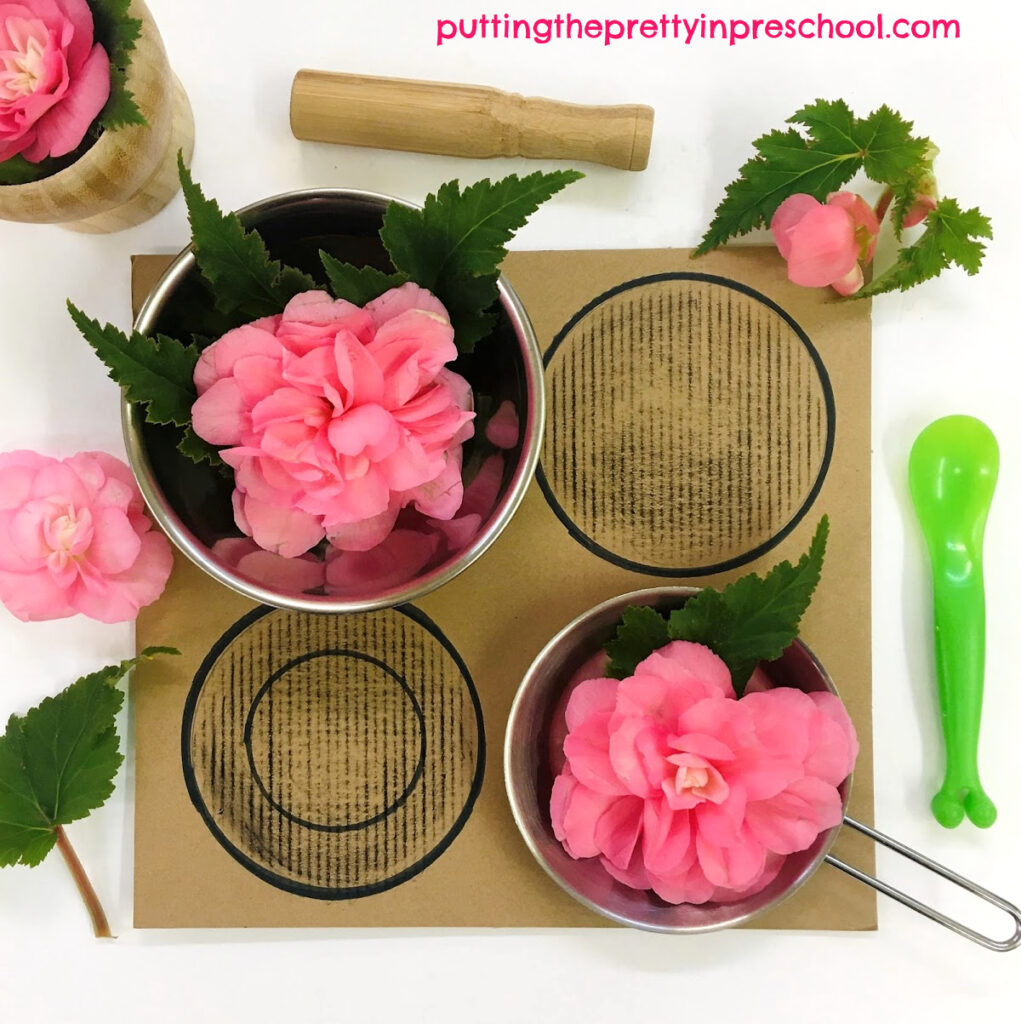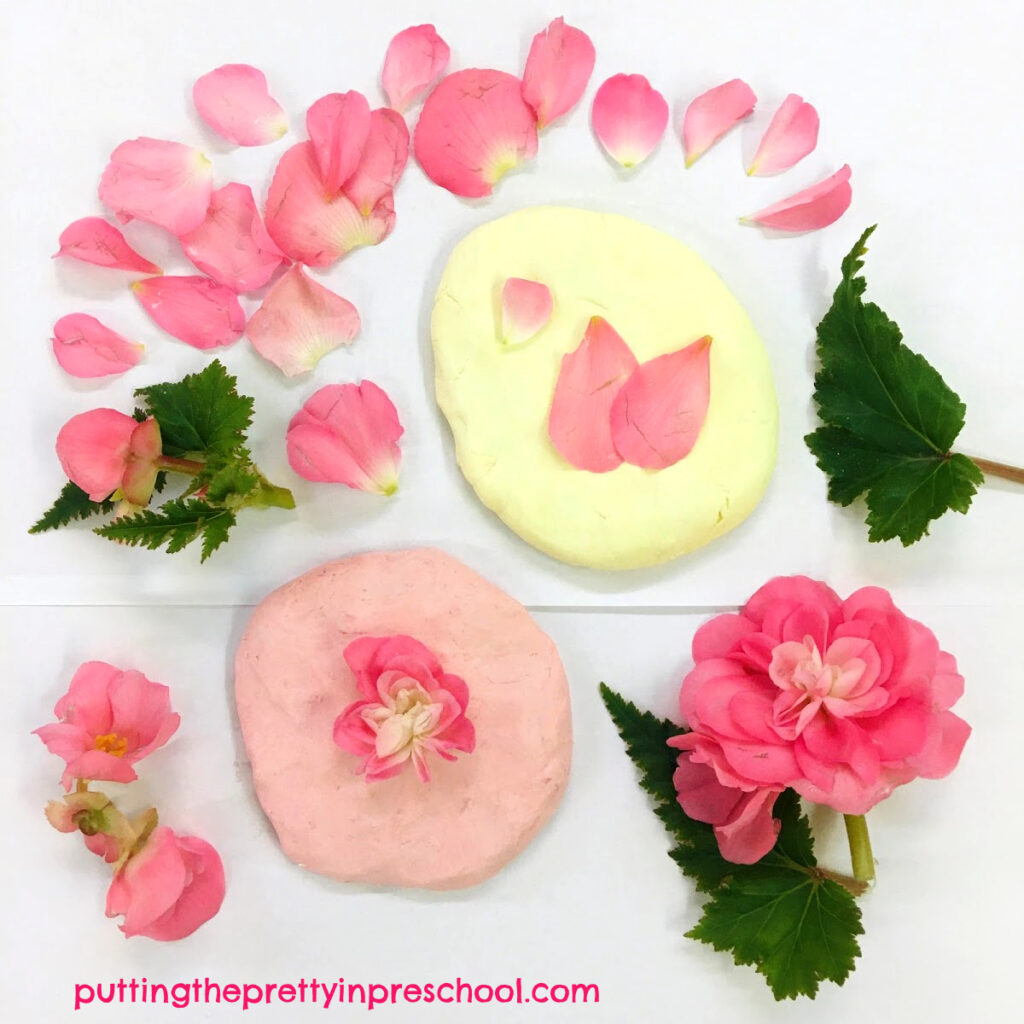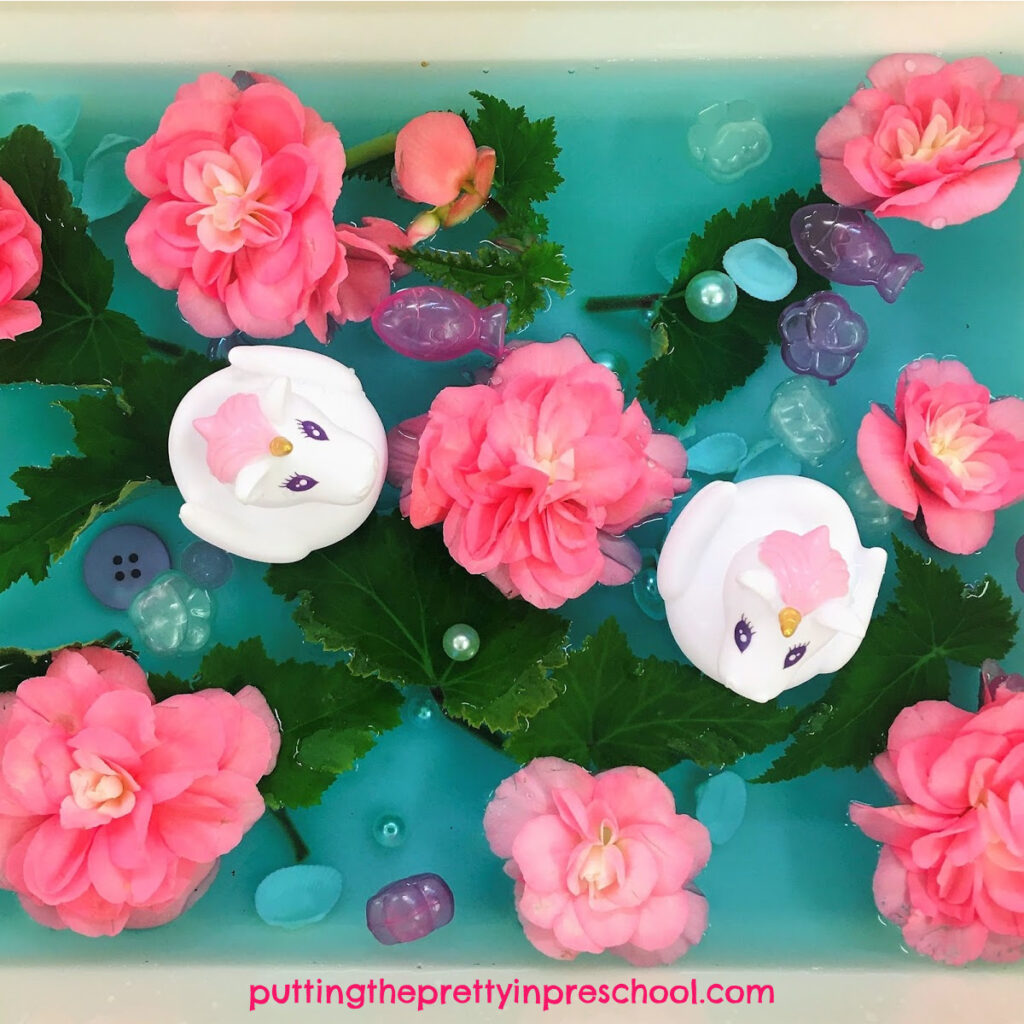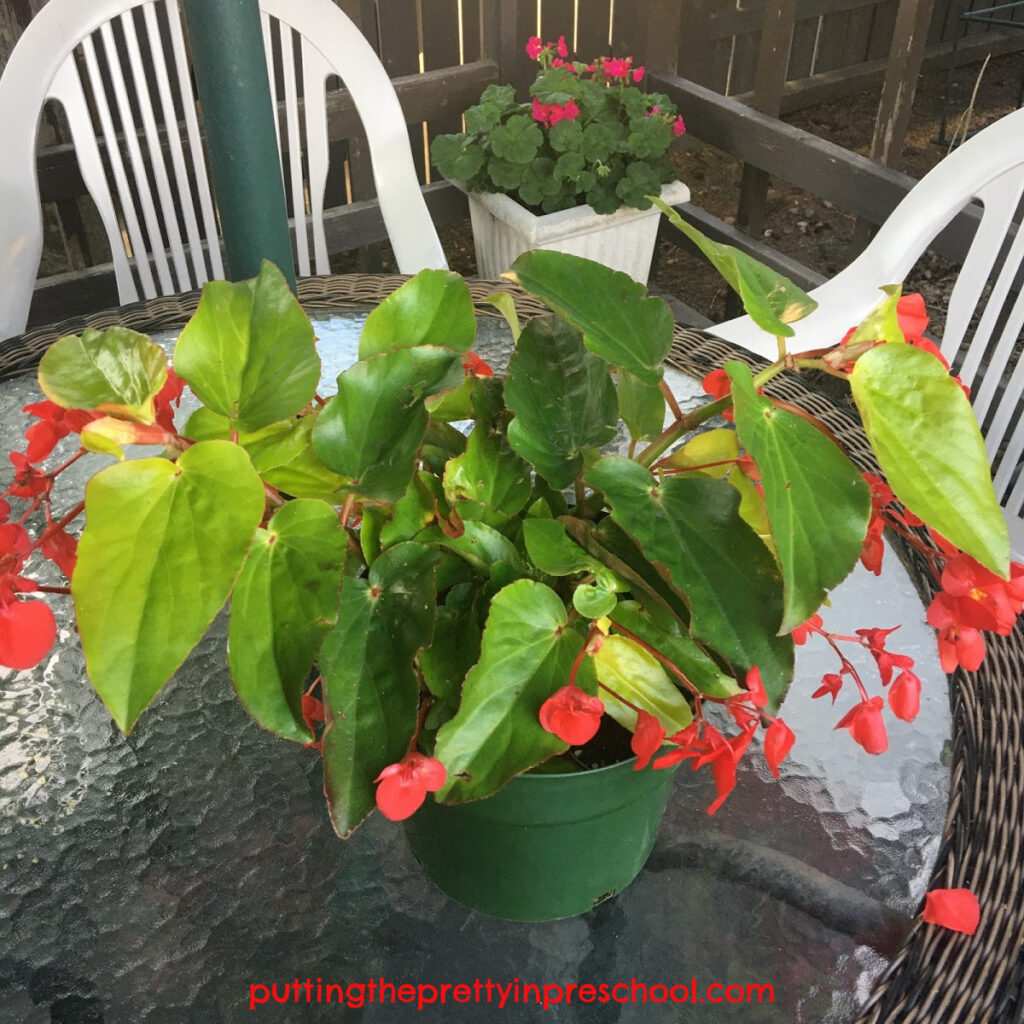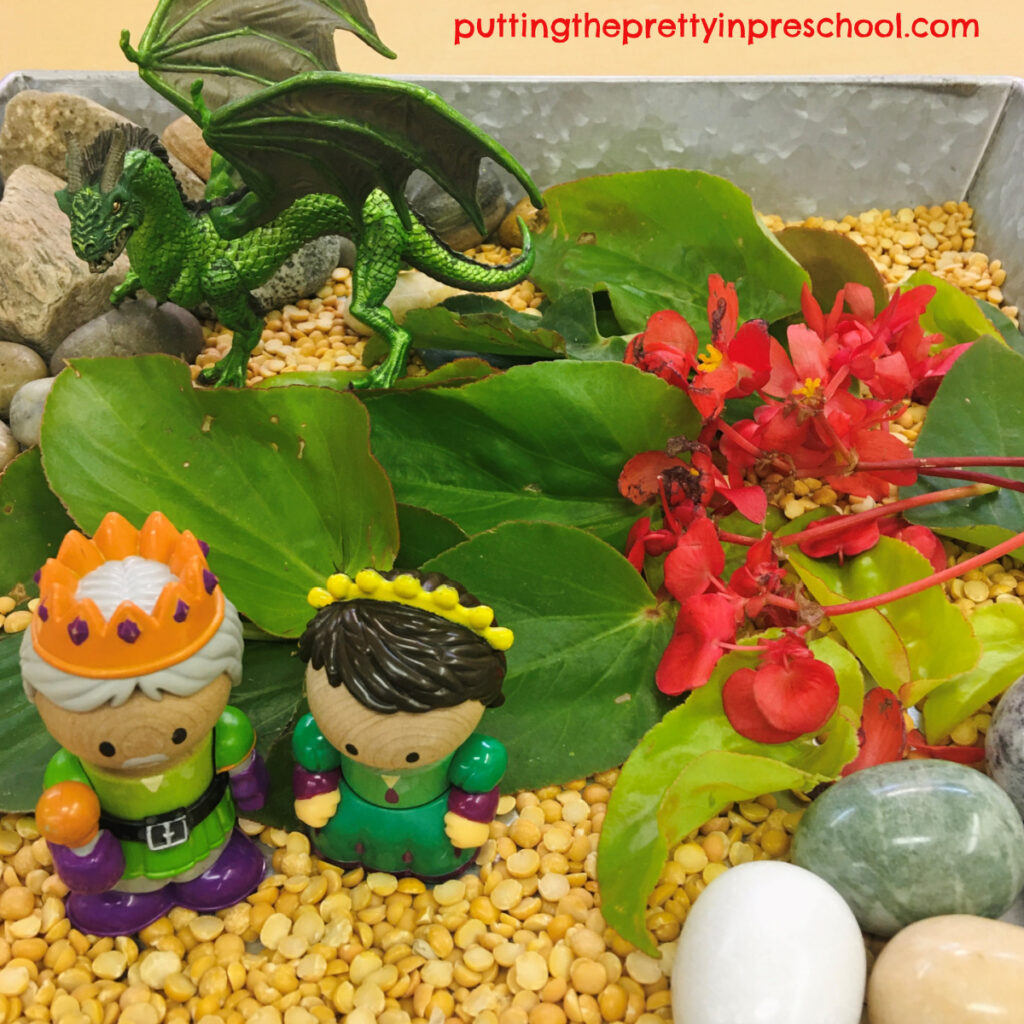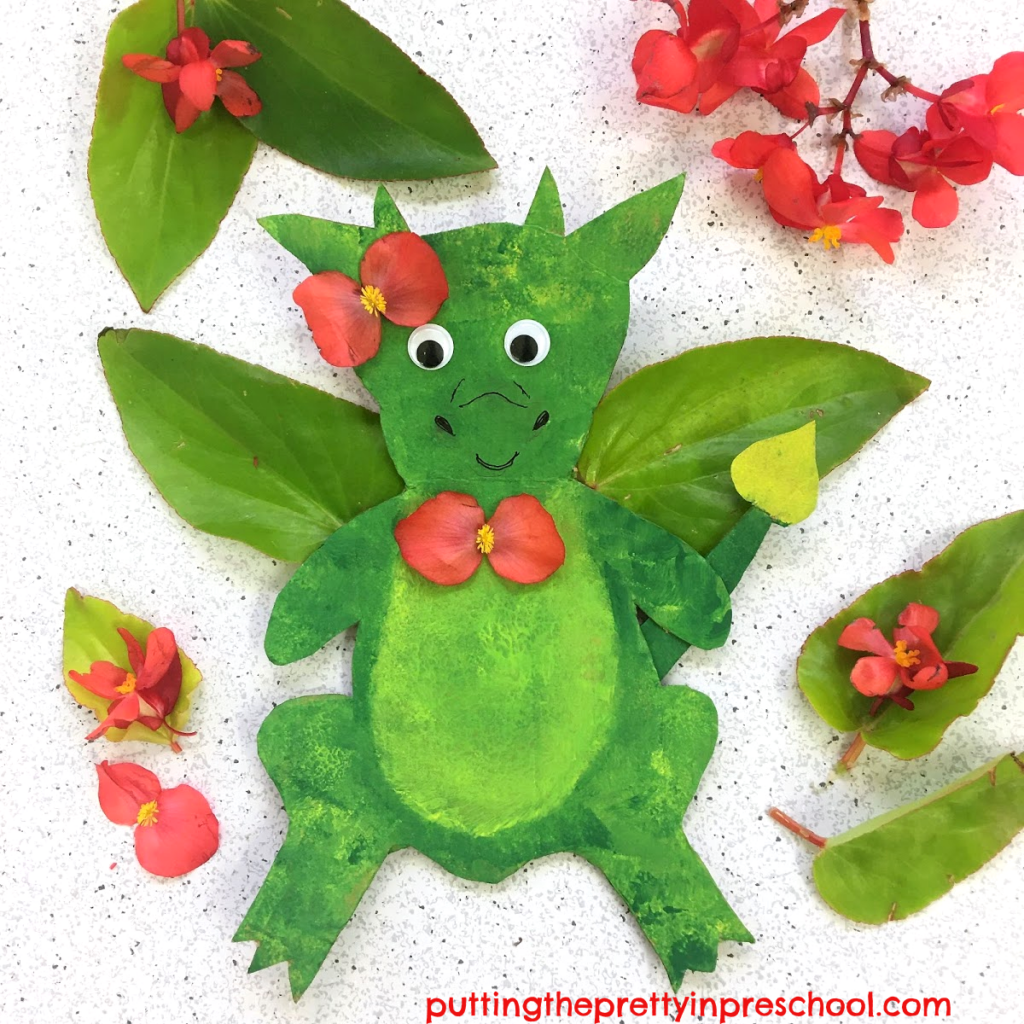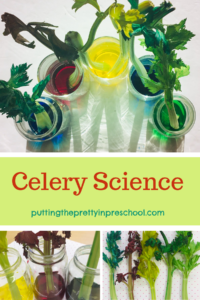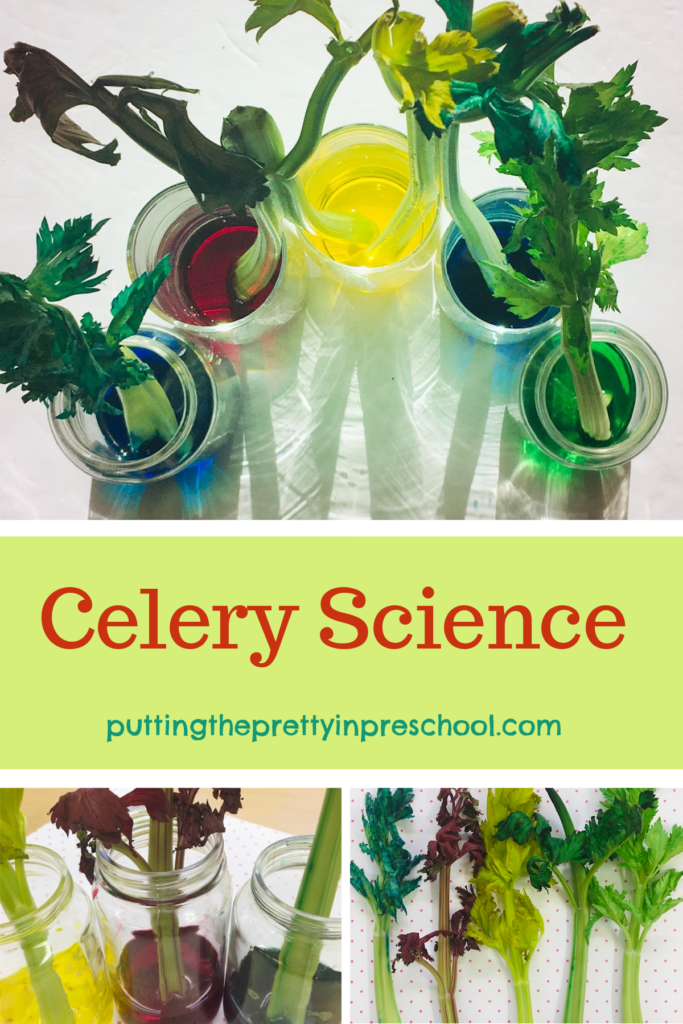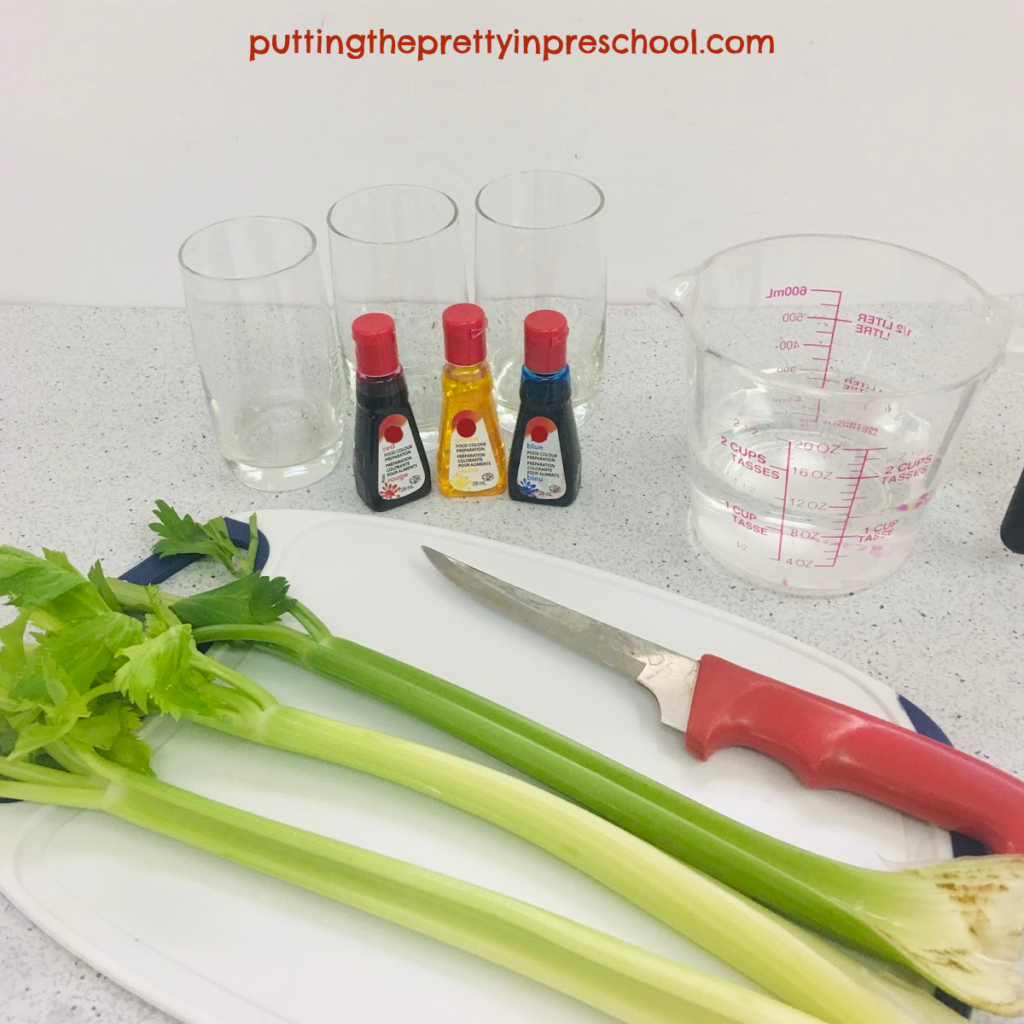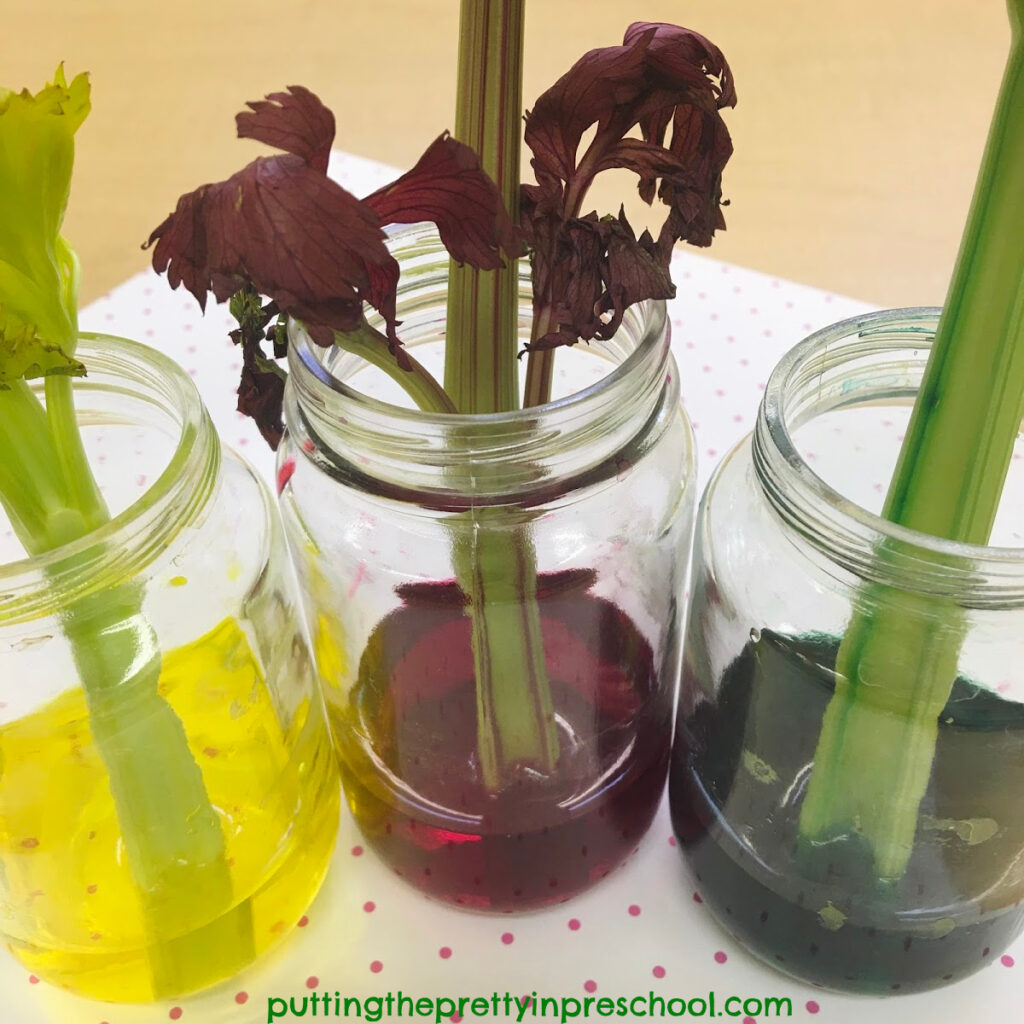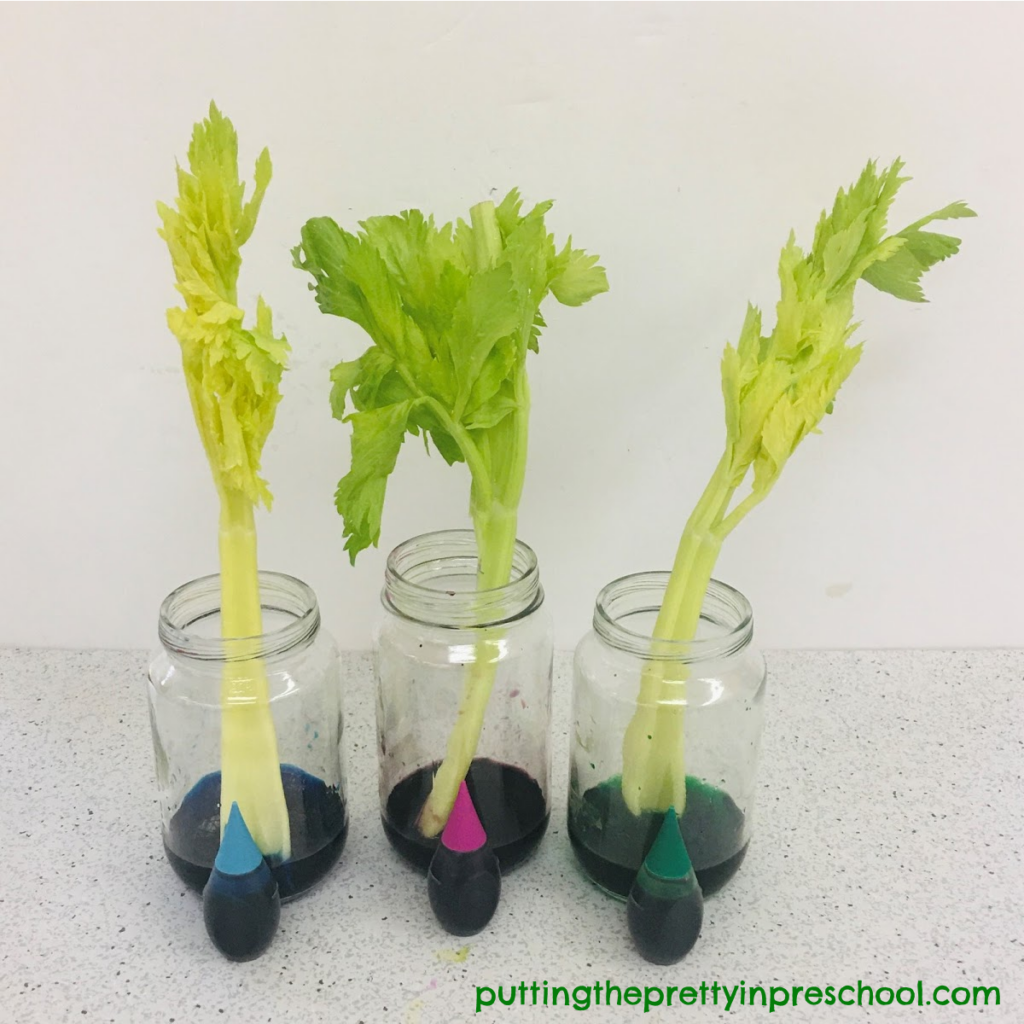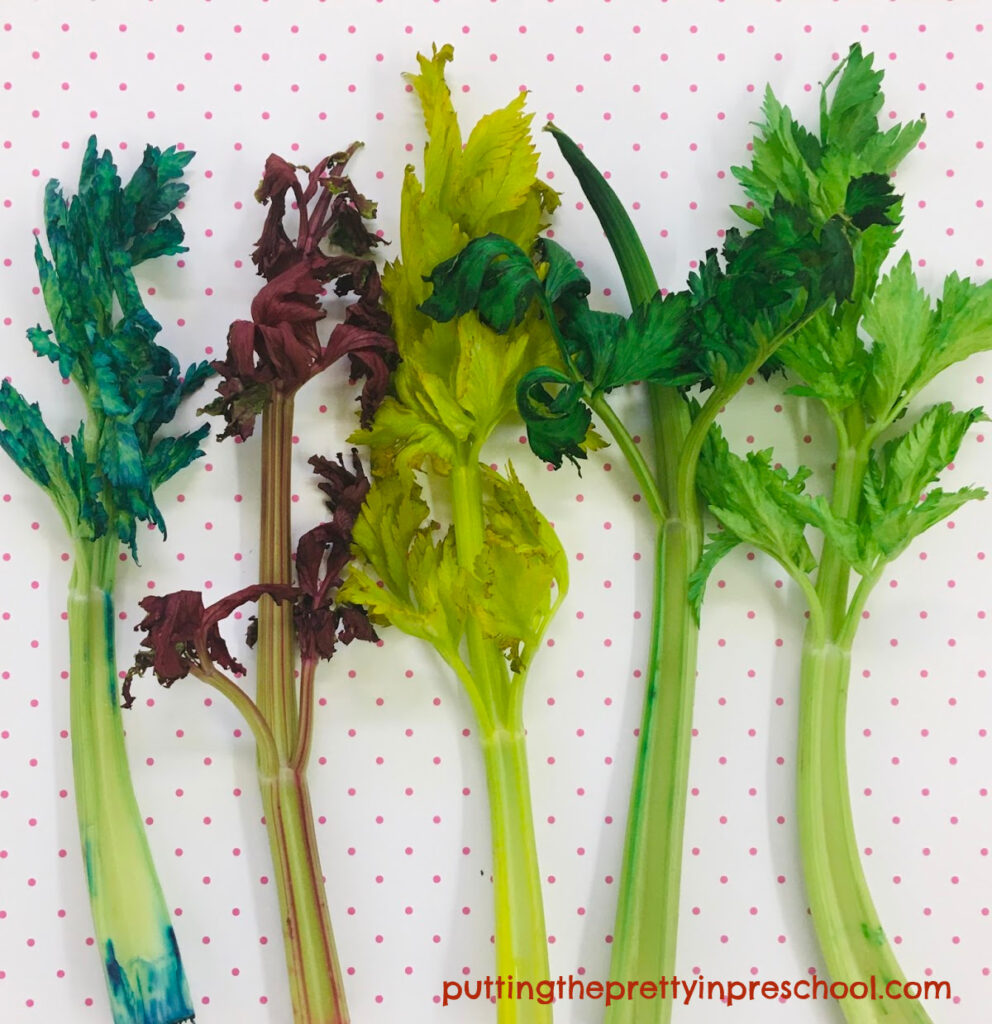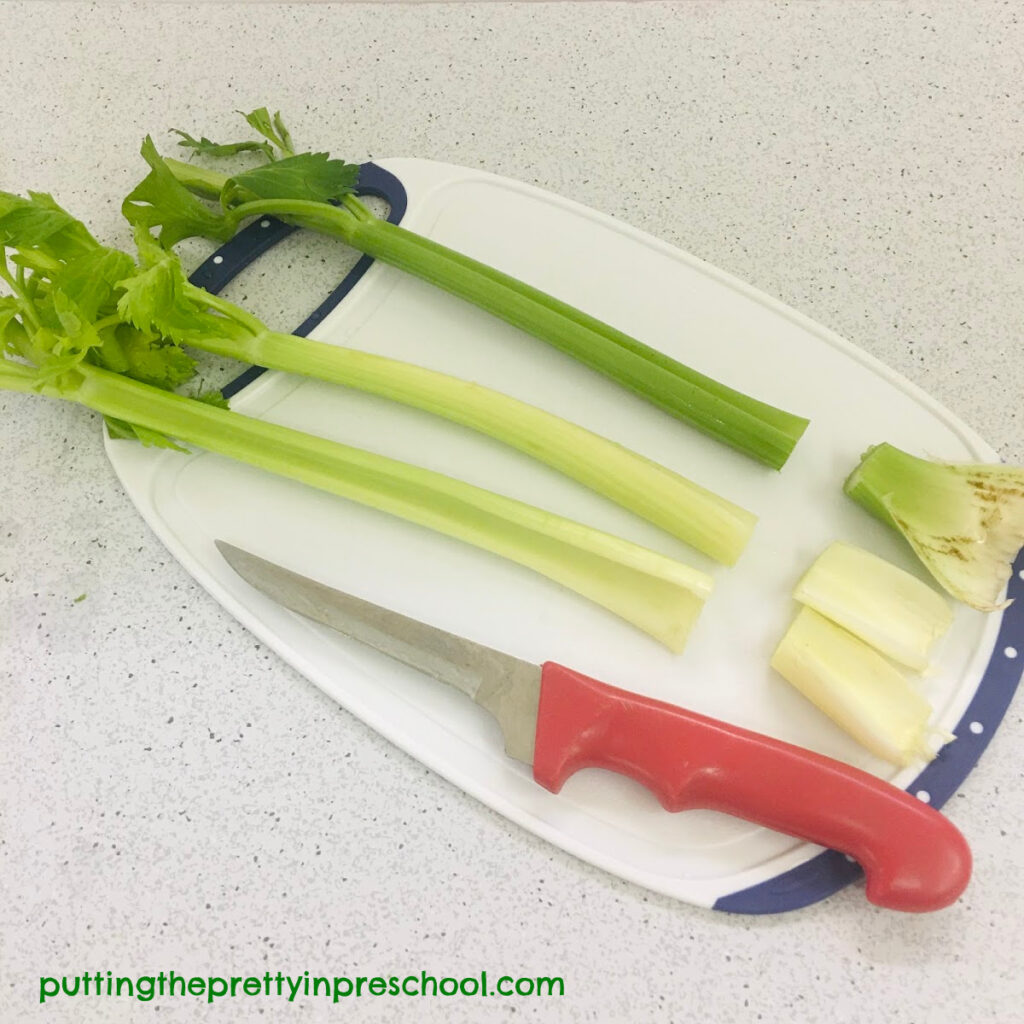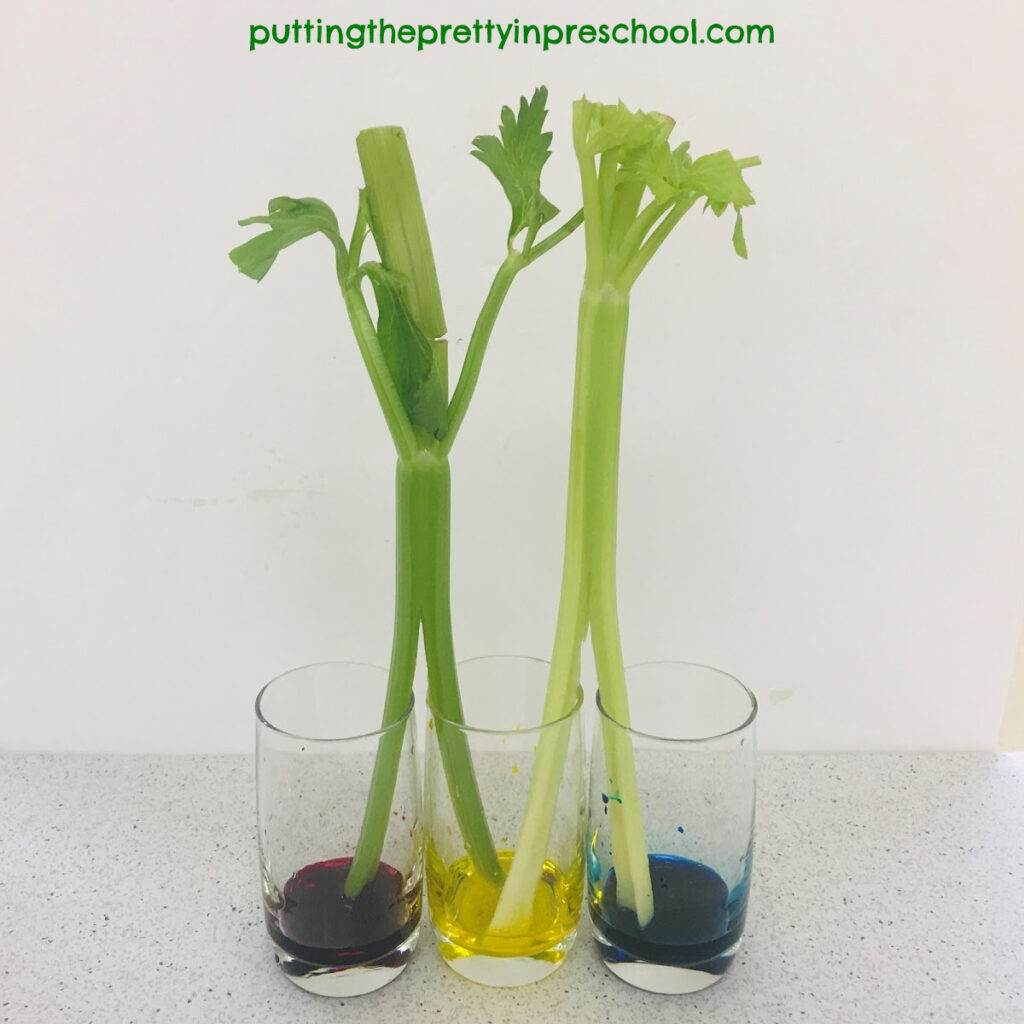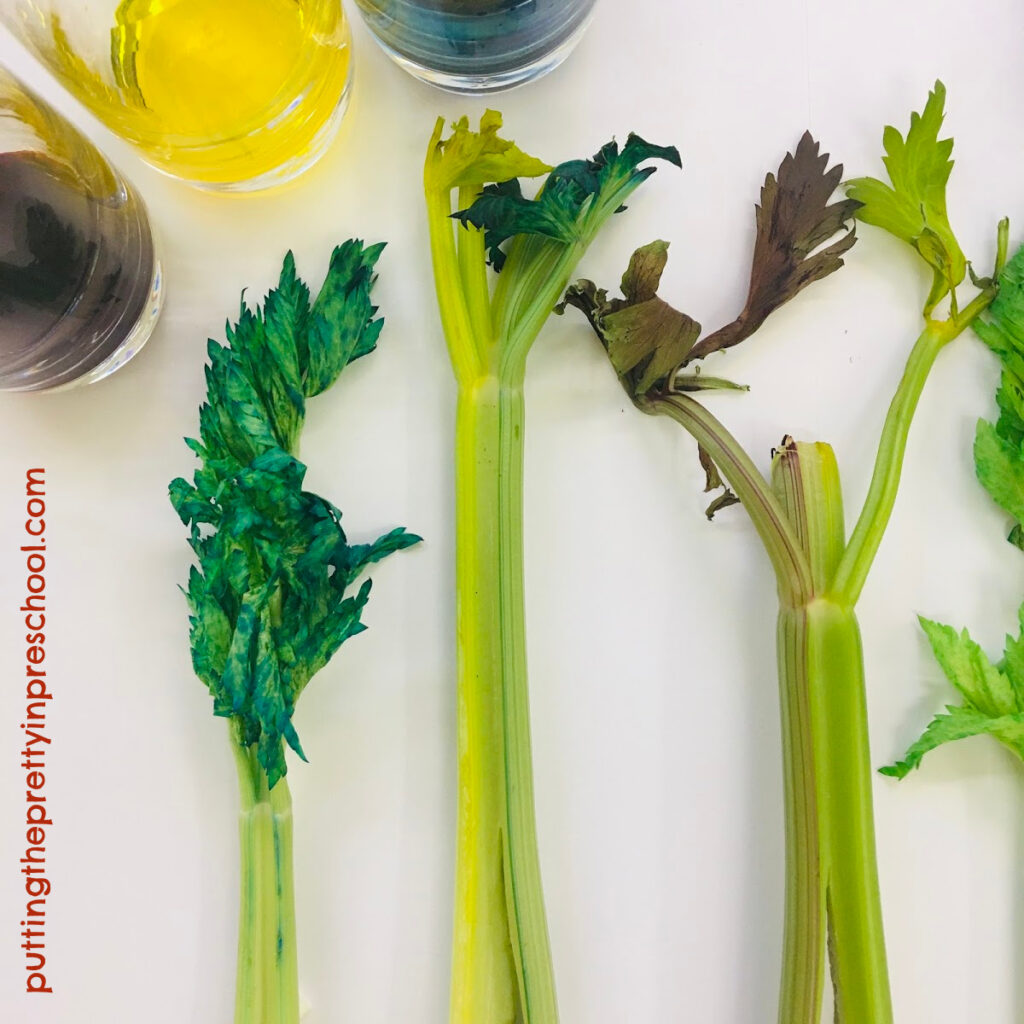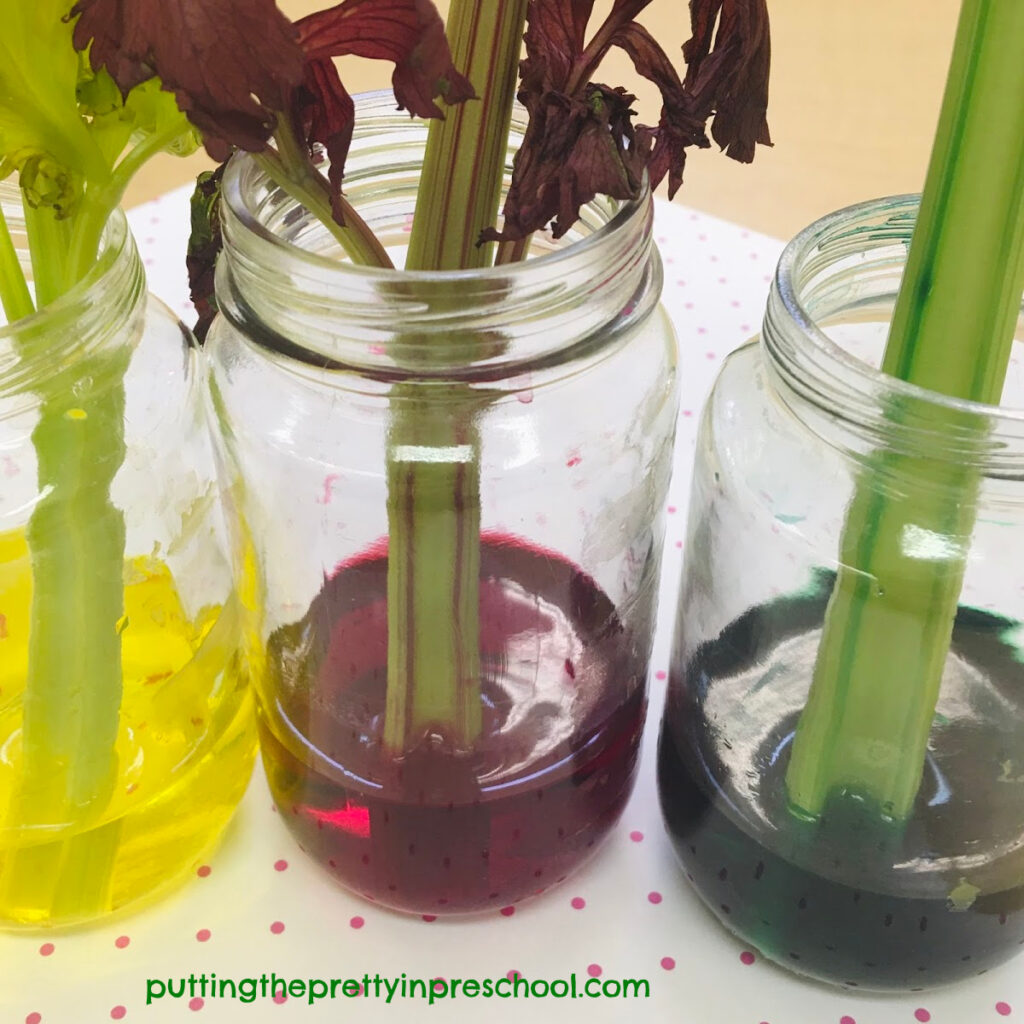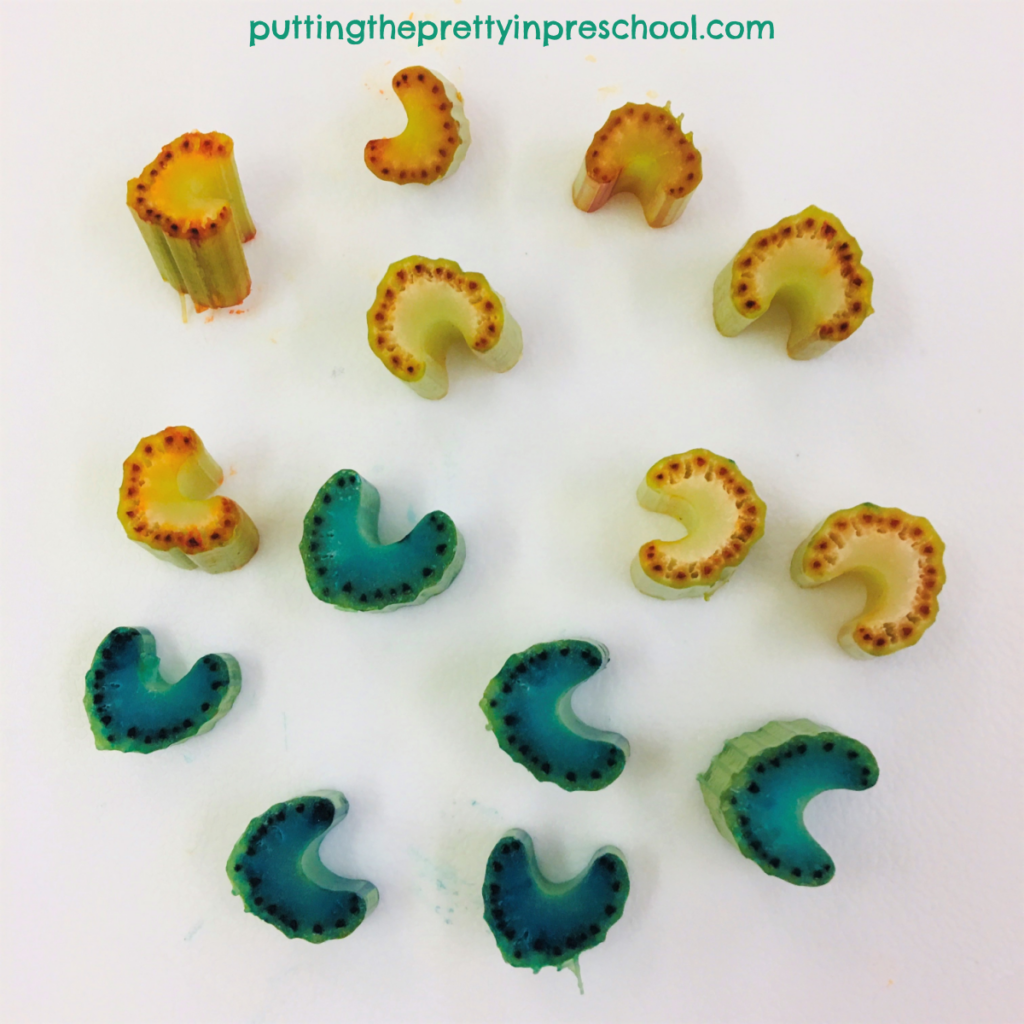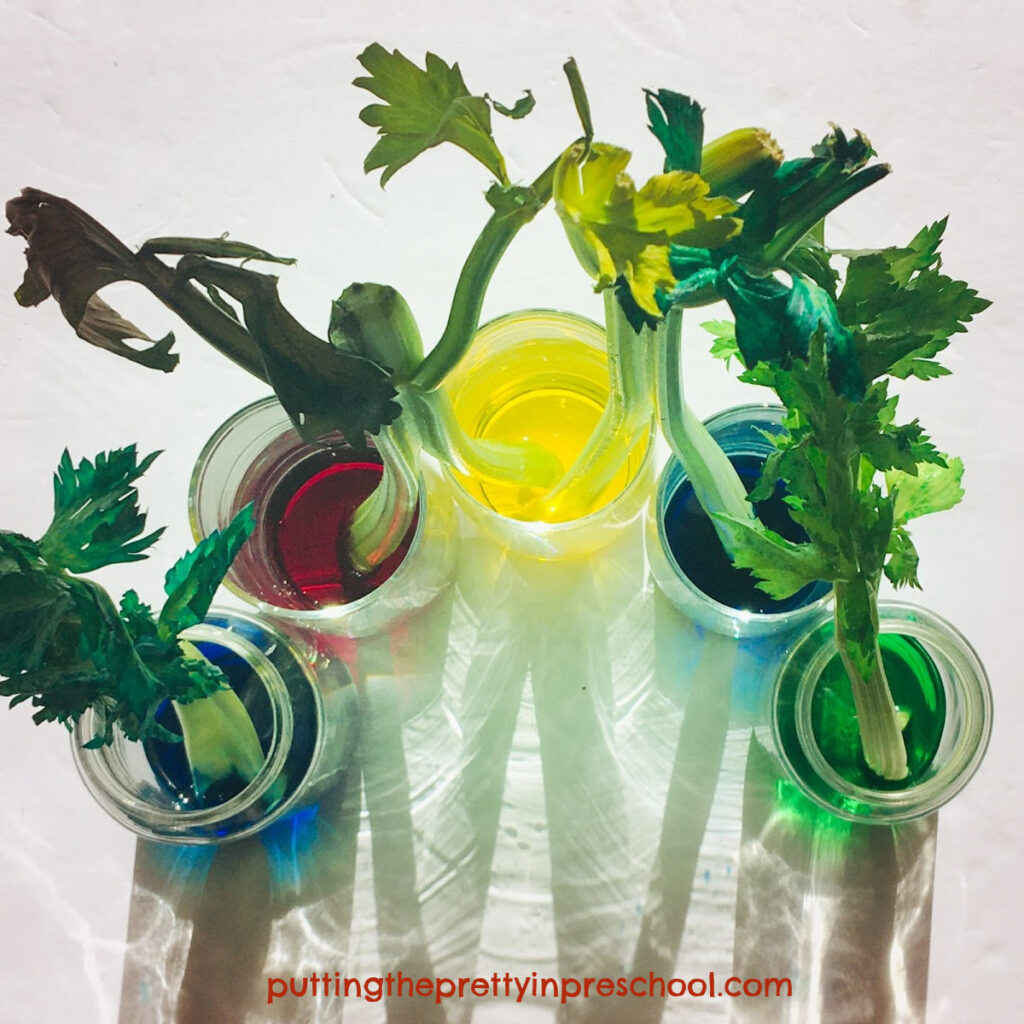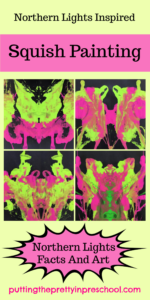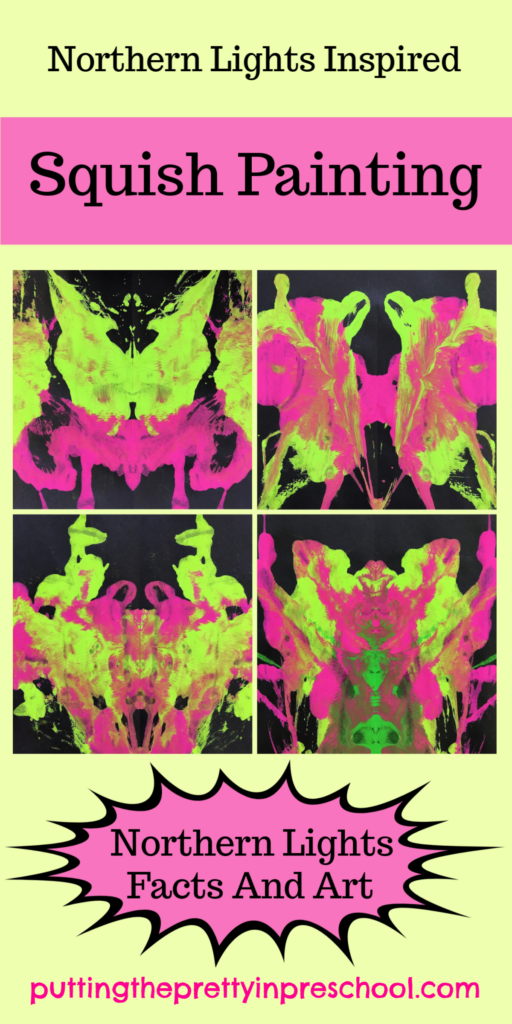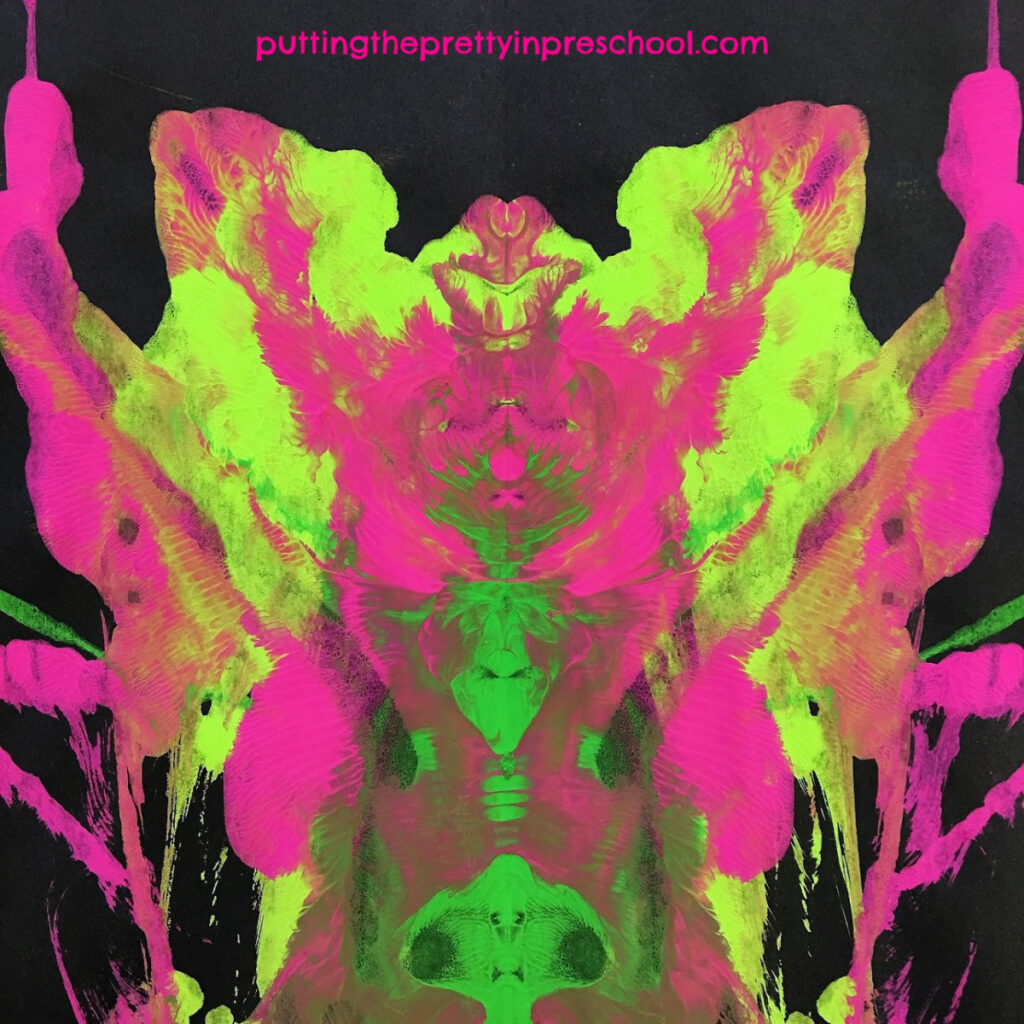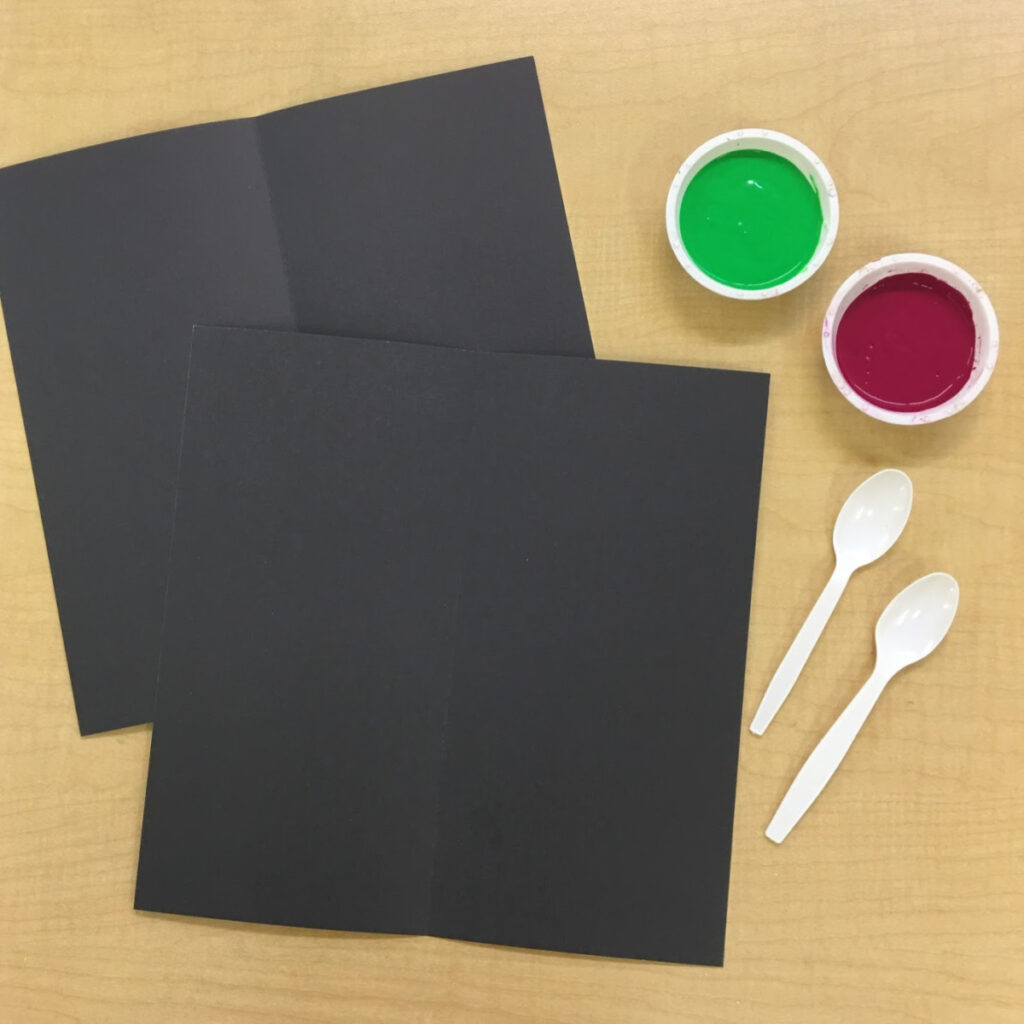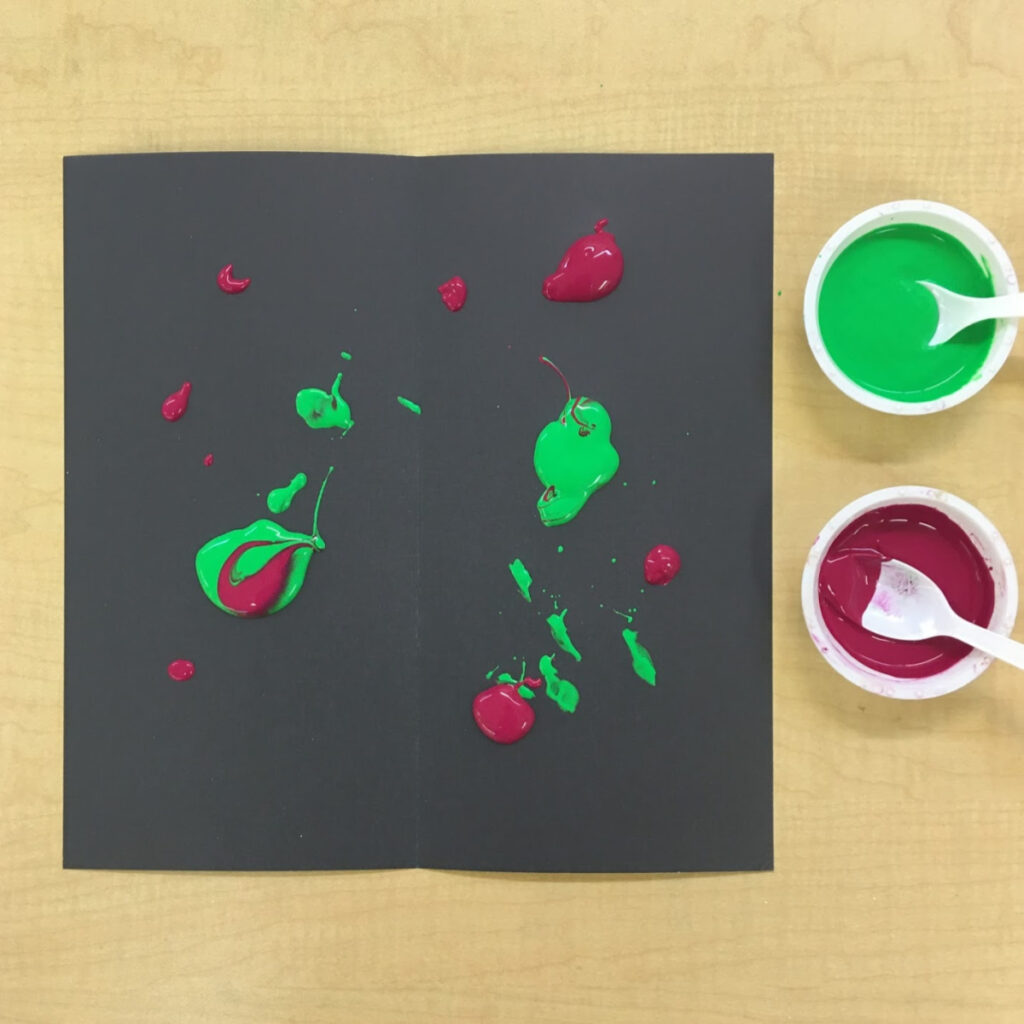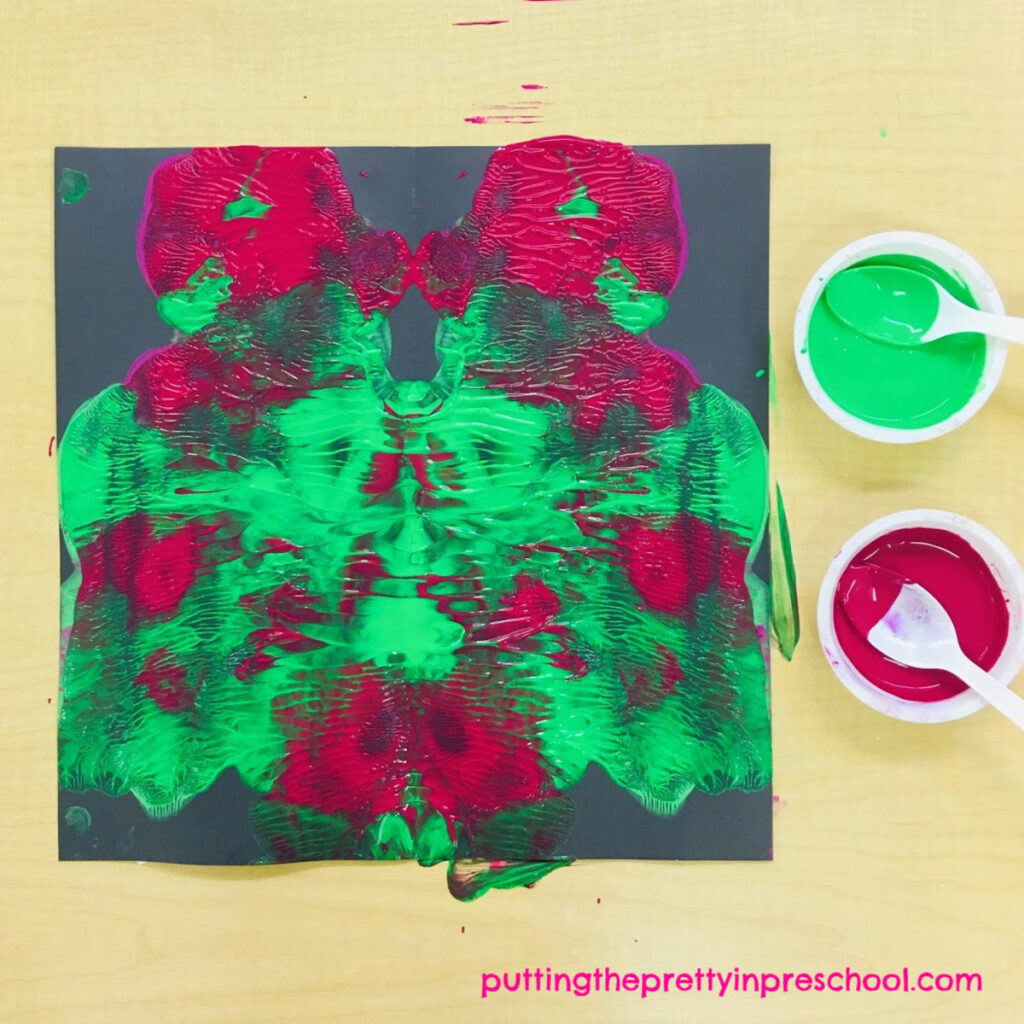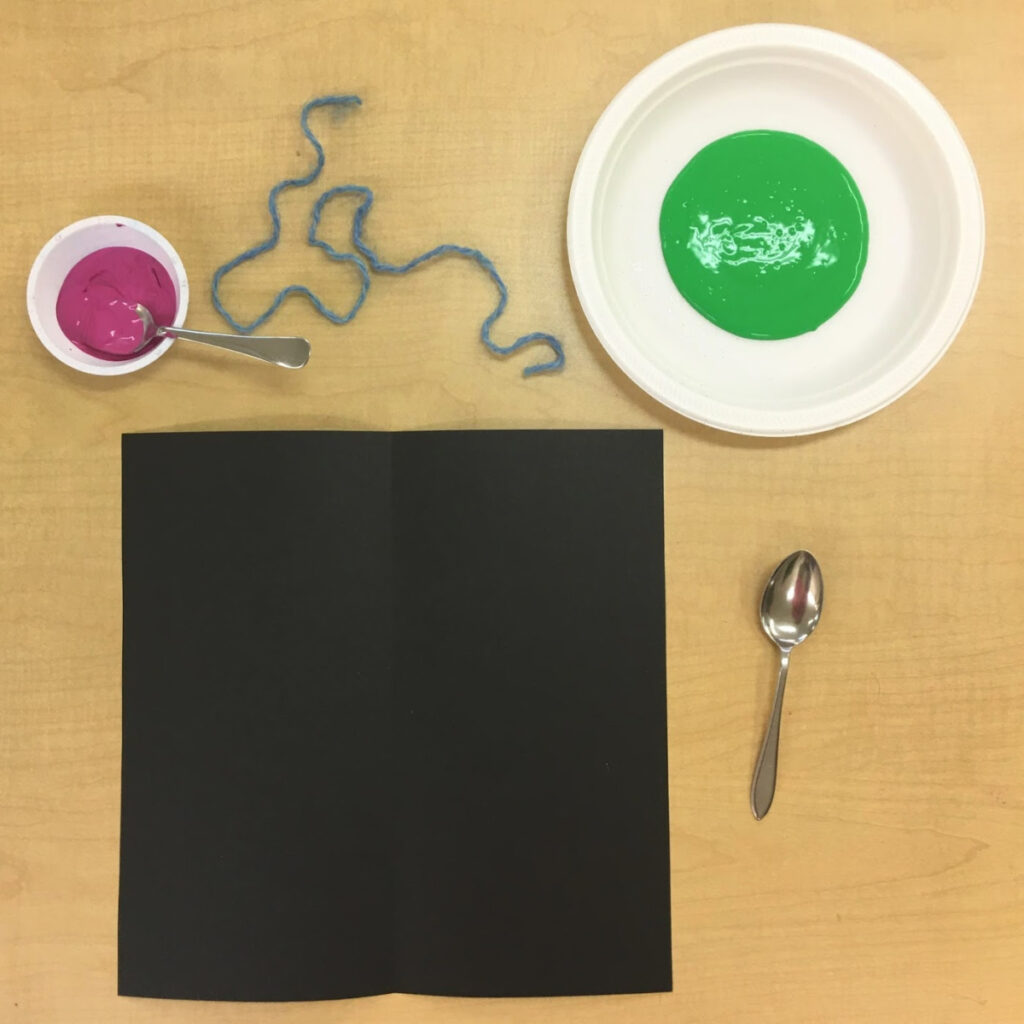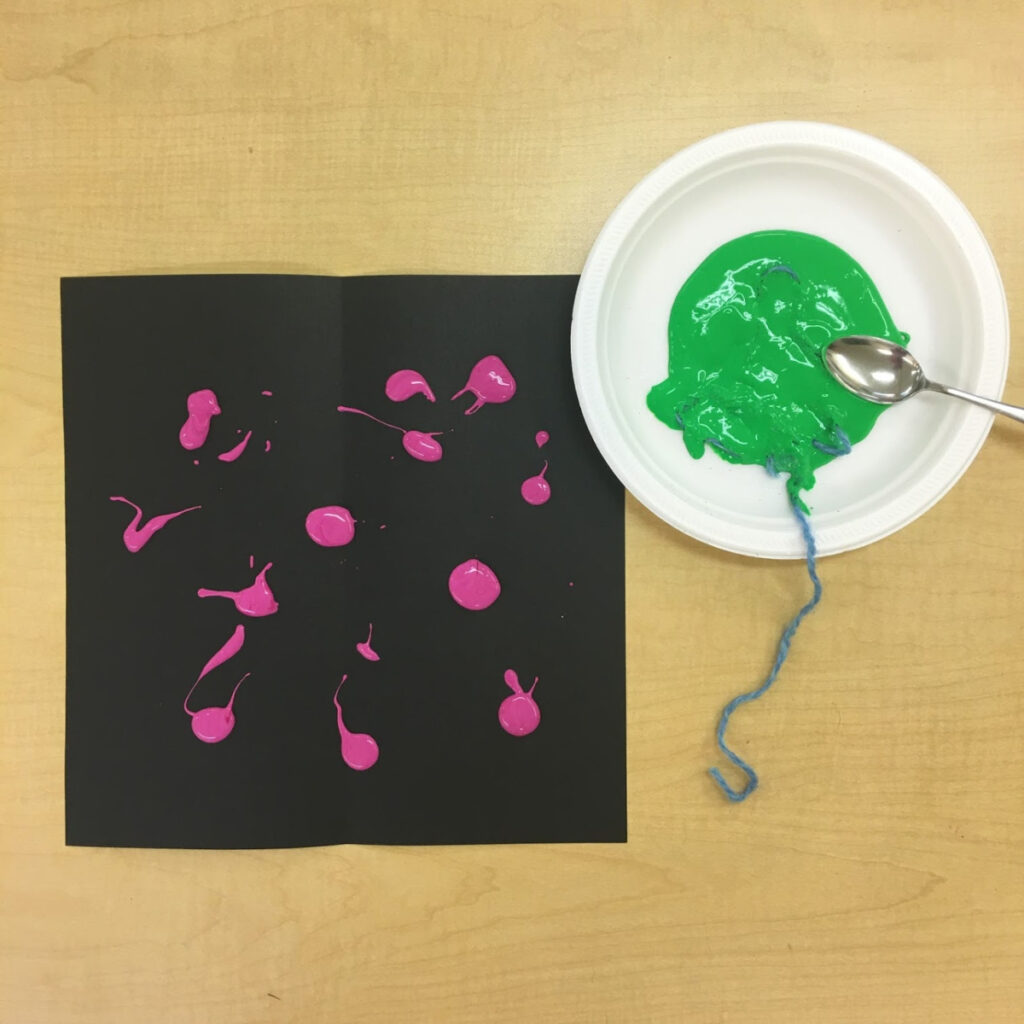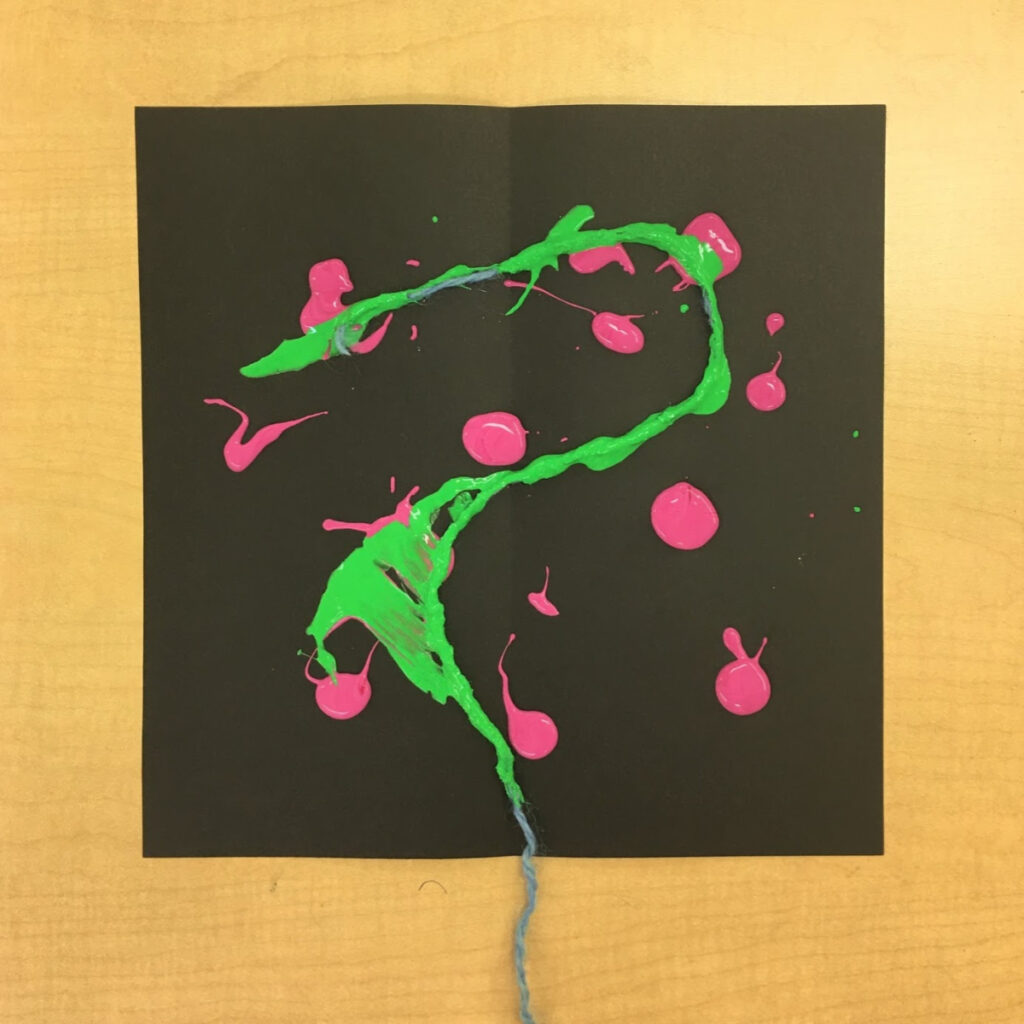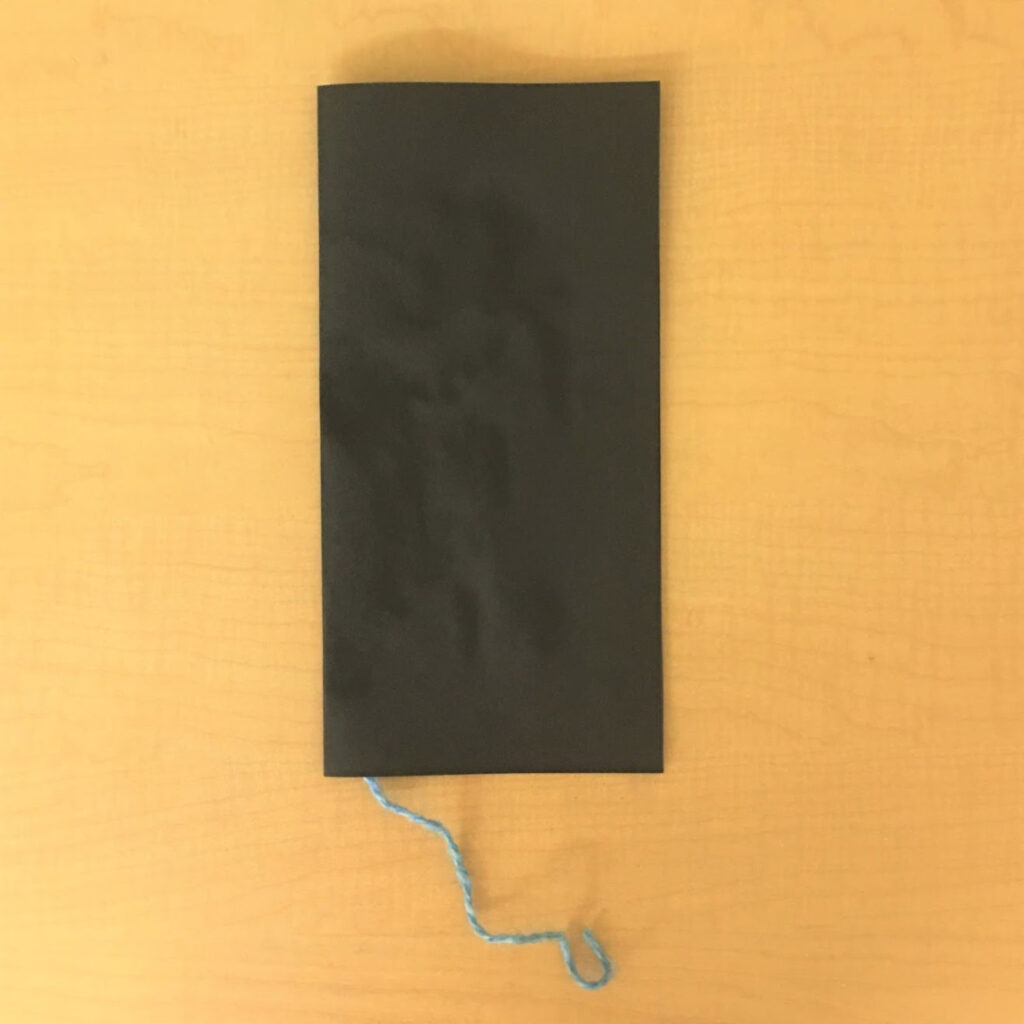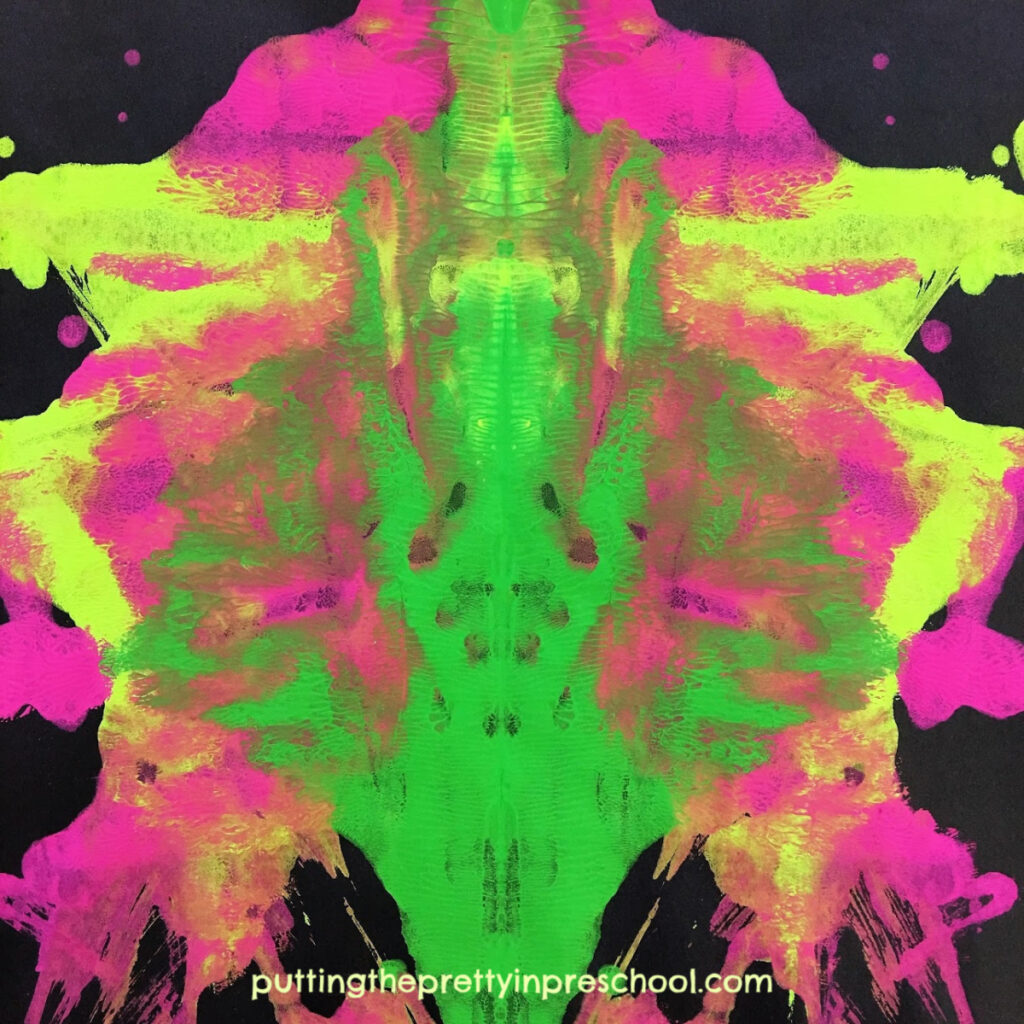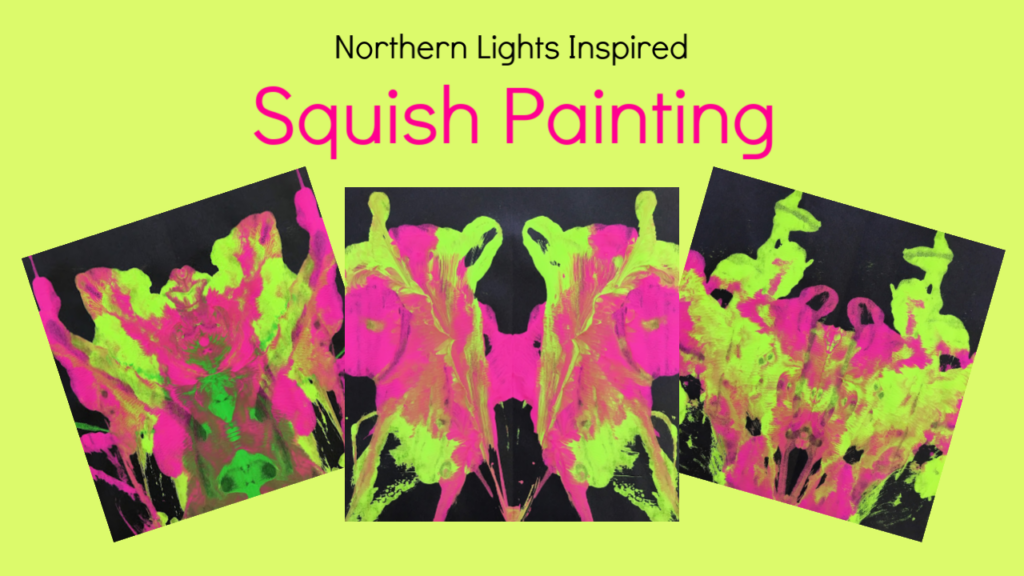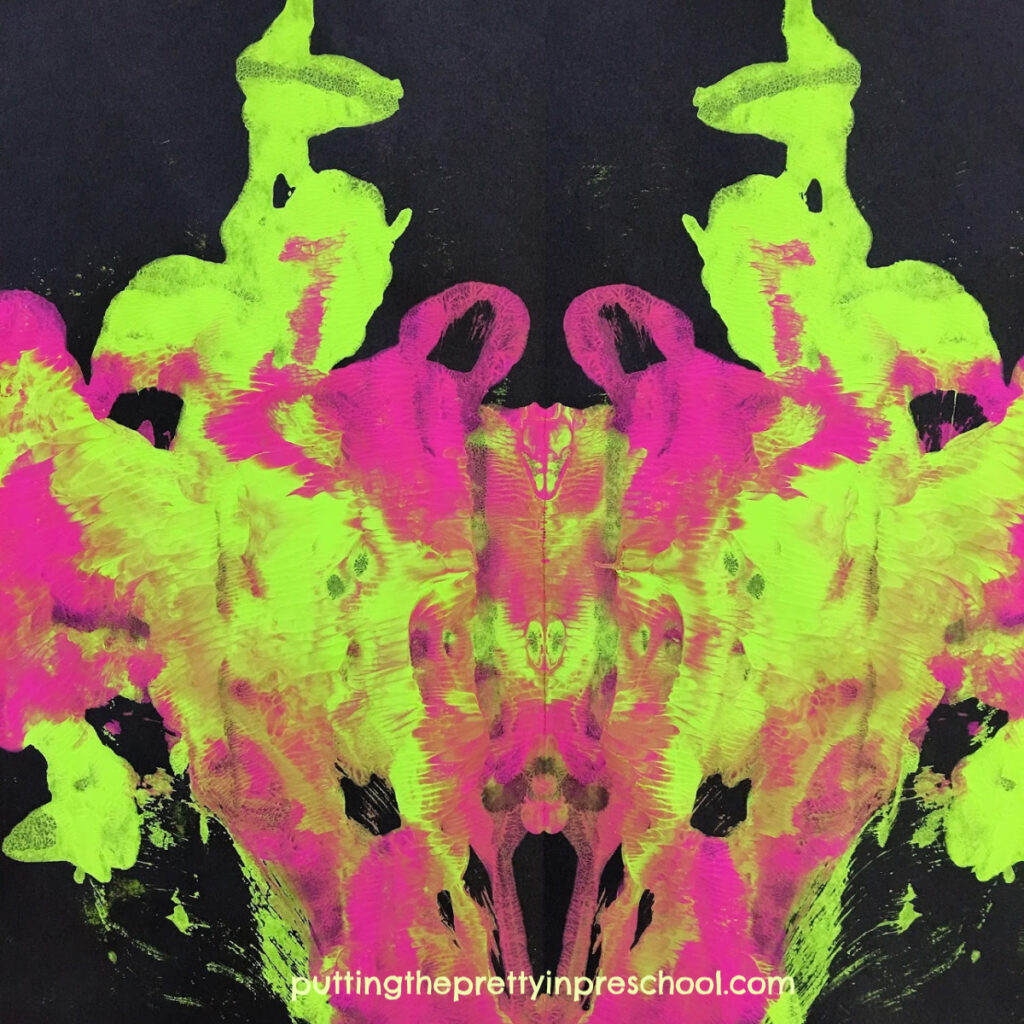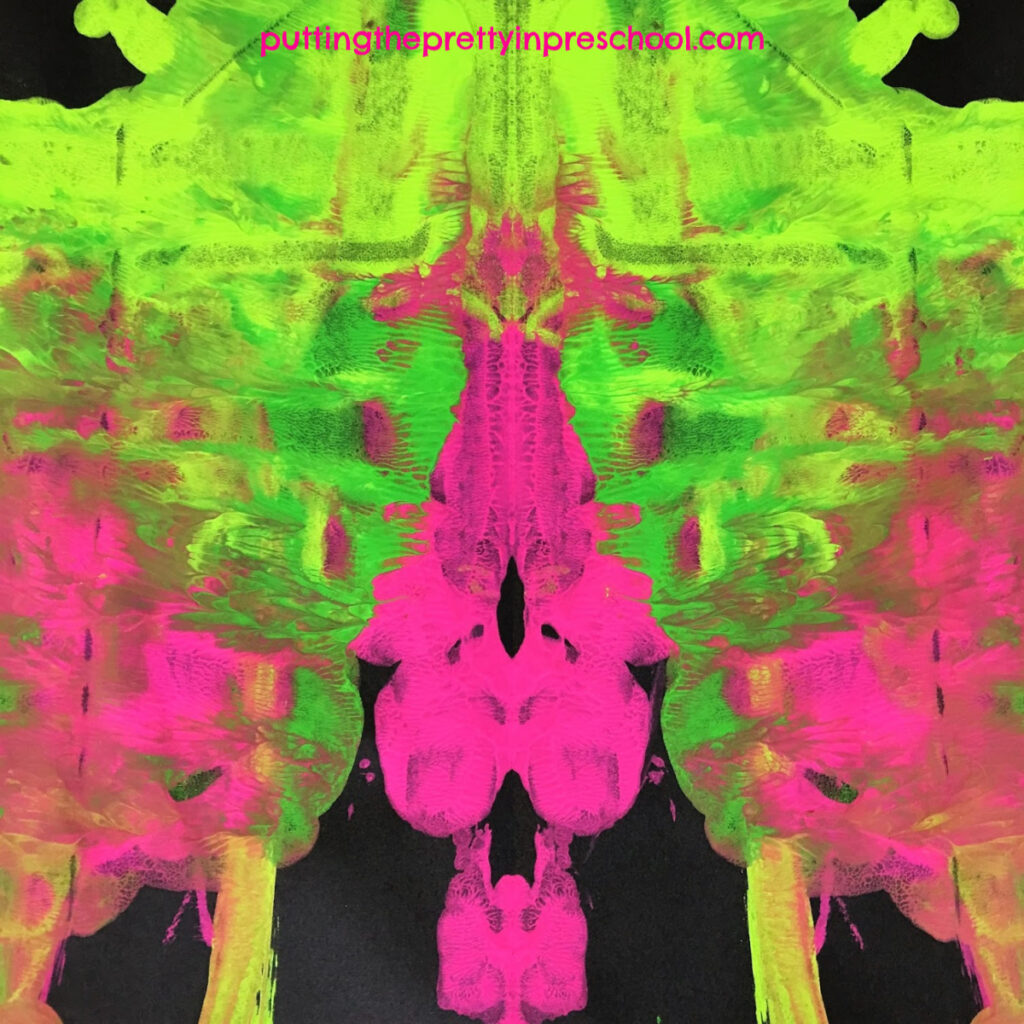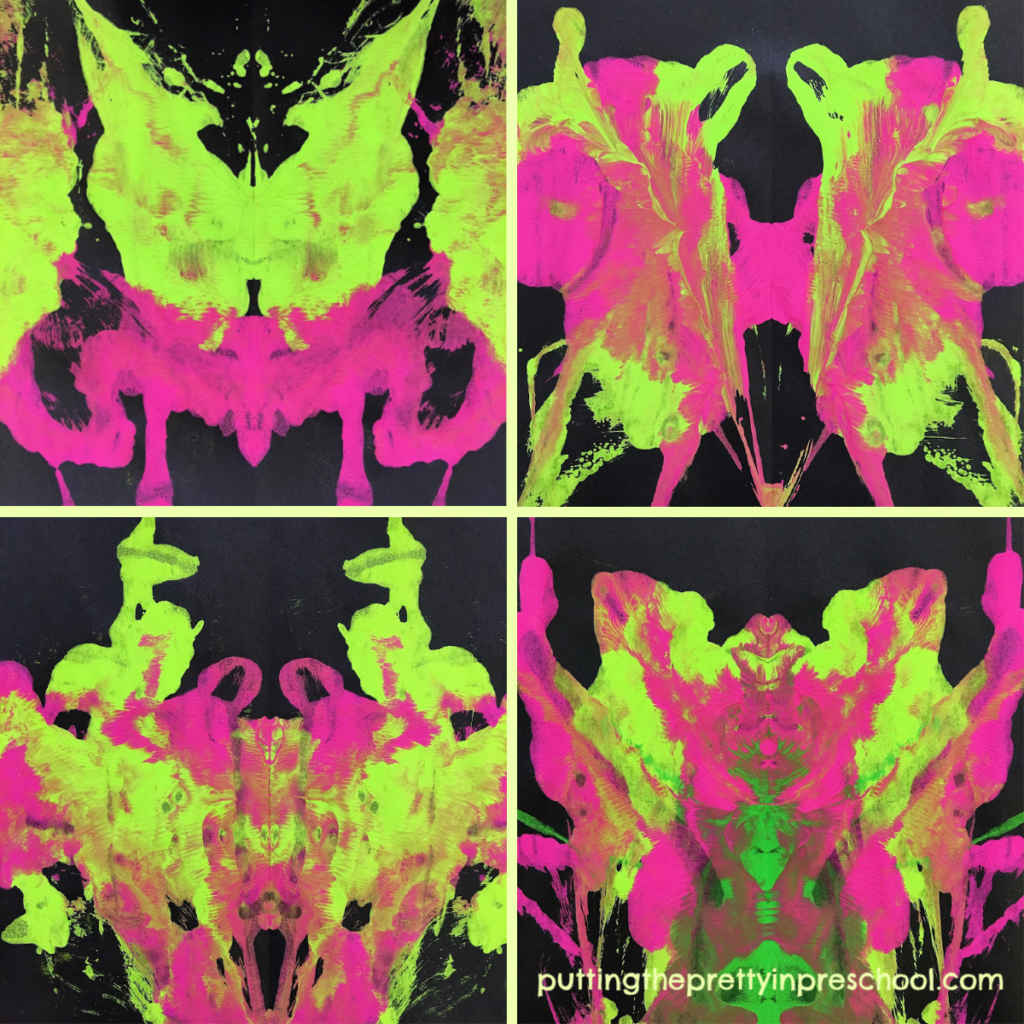
_______
This felt marker chromatography experiment uses supplies from the kitchen, has quick results, and can be tailored to a variety of topics. Creativity and center play are easily incorporated. And the experiment is super family-friendly.
_______
Basic Felt Marker Chromatography Experiment
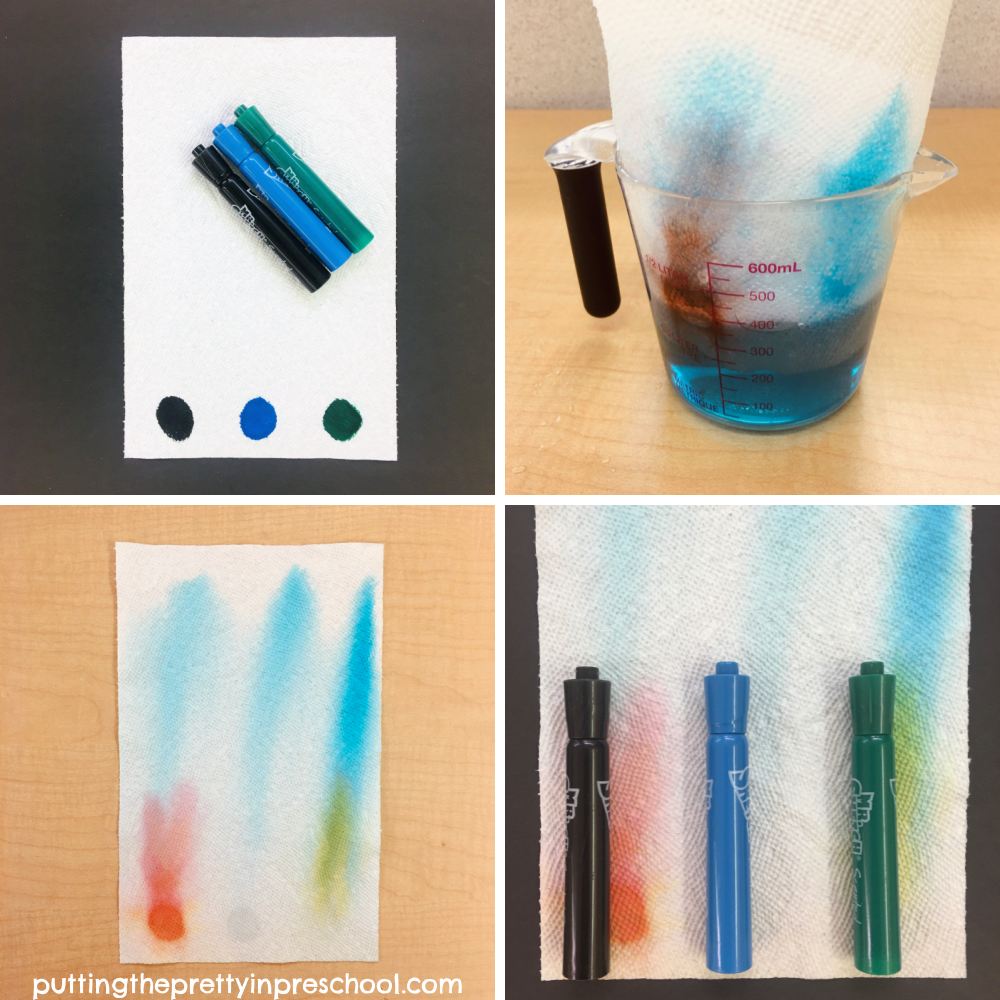
_______
The simplest version of this experiment is to draw three filled-in circles with nonpermanent felt pens near the bottom of a section of paper towel.
Add a thin layer of water with 2.5 ml salt stirred into a measuring cup or jar. Place the towel with the colored side down into the container. The water level should sit just below the felt pen colors.
Simply watch what happens!
After the color movement stops, remove the paper towel from the container and let it dry flat. Discuss the color changes/new color results.
_______
Felt Marker Chromatography Experiment Scary House
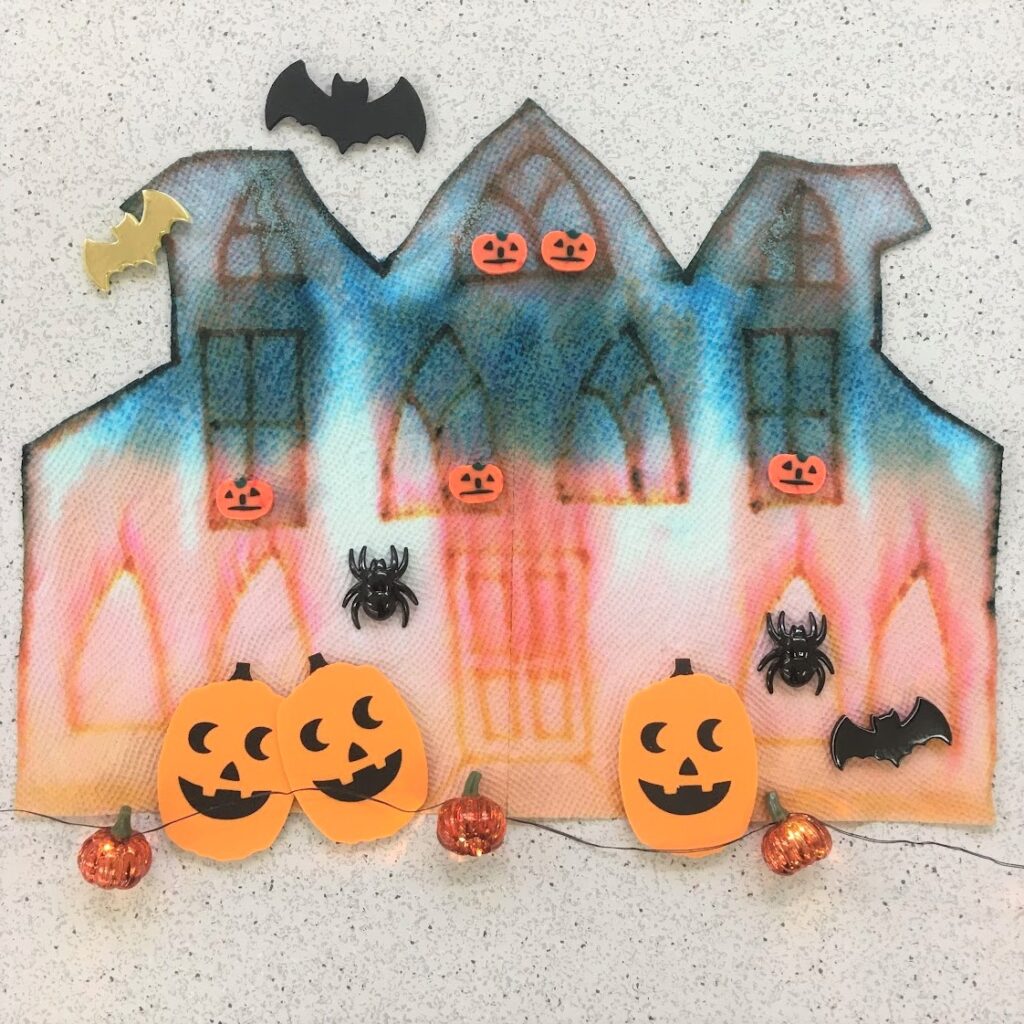
_______
Although I am not into scary things and don’t do much frightening stuff with my preschool students, this version of the experiment produces a house that bats and spiders might like to inhabit. And here’s where the creative element kicks into high gear.
Draw the outline of a house on a paper towel section with a black nonpermanent felt marker. Trim the edges with scissors. Then add a thin line of black to the bottom of the house with the marker. Pour a little water with a bit of salt added into an ice cream pail. Position the paper towel so it reaches the bottom of the pail but does not slide in. Watch the immediate results. Then check back periodically to note more color changes.
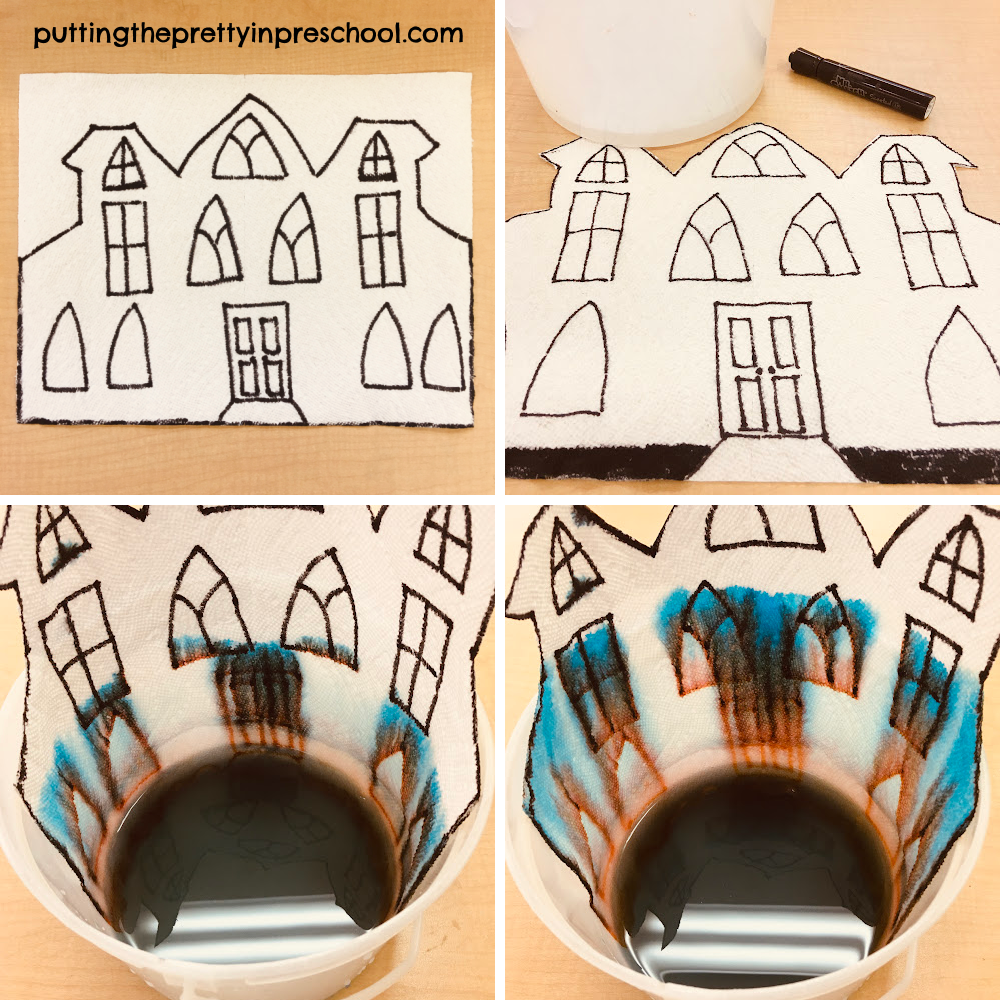
_______
When the colors have finished spreading, take the paper towel out of the pail, and dry it flat.
The color on my paper towel chromatogram stopped just short of the top of the house. I decided to wet the top a bit so the color filled in completely. That made the design ready to be a placemat for pumpkins, bats, and spiders.
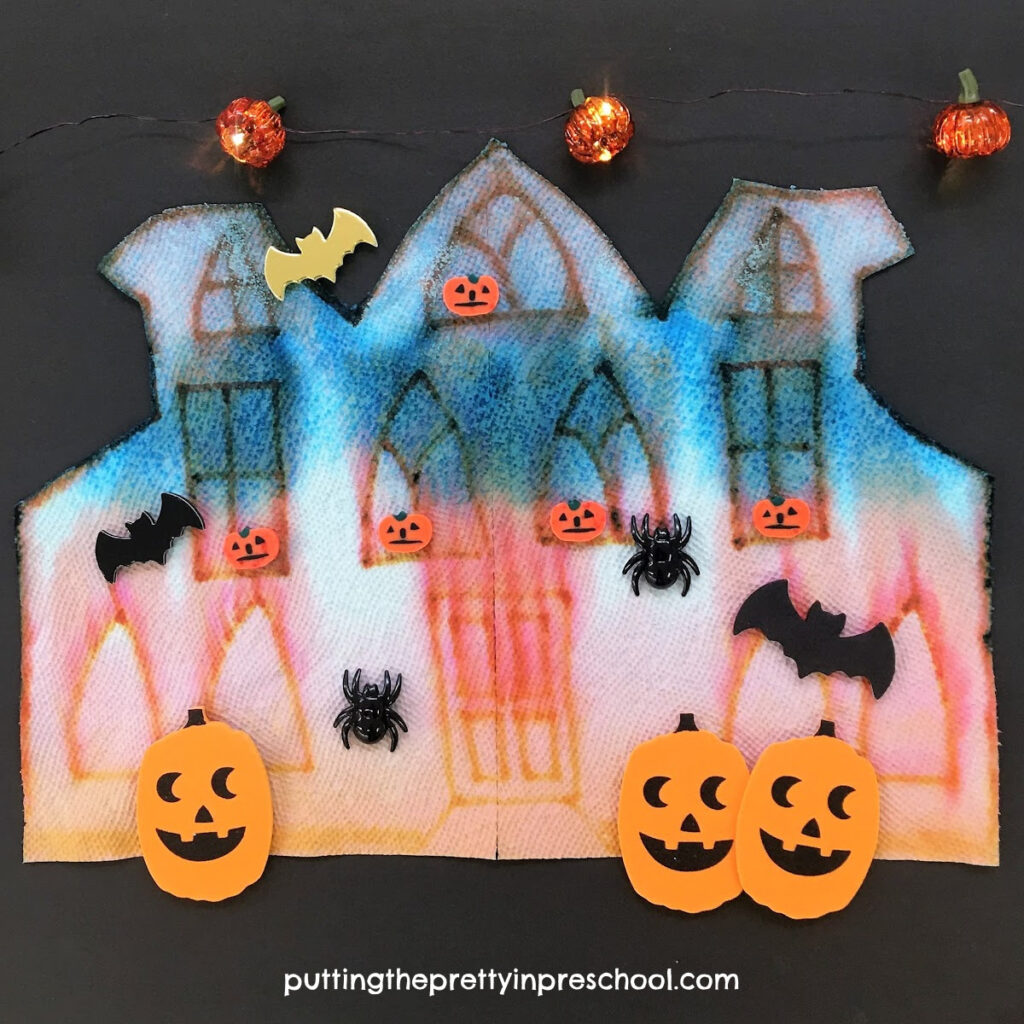
_______
Two Different Marker Chromatography Experiment
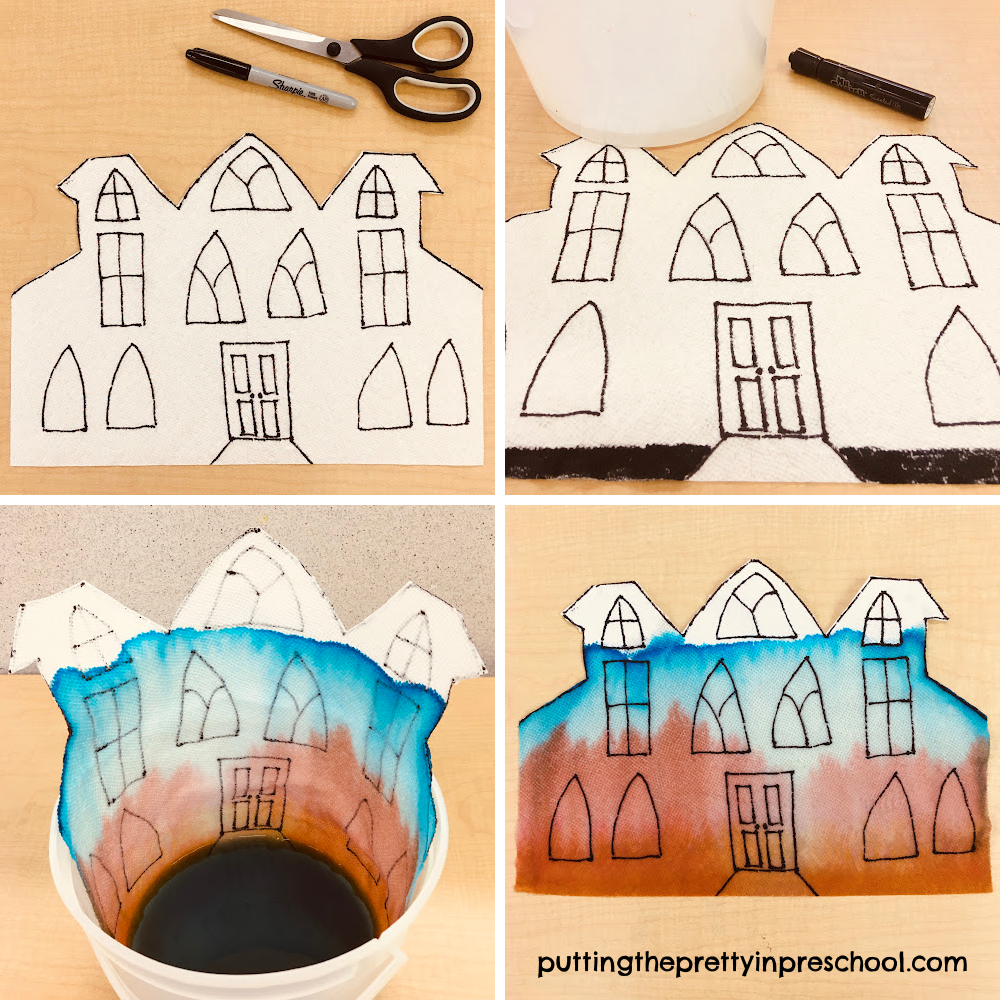
_______
Using both permanent and nonpermanent black felt markers produces nice results too. For this second version, draw the house on the paper towel with a black permanent marker. Then fill in the thin line of color at the bottom with a nonpermanent felt one. Finish the experiment with the same process as above.
As with the first project, the resulting colors did not spread to the very top of the paper towel house. So I wet the top of this chromatogram too. The color record looks like a house on fire to me, so adding people, pets, firefighters, and orange, black, and clear gems creates another imaginative play invitation.
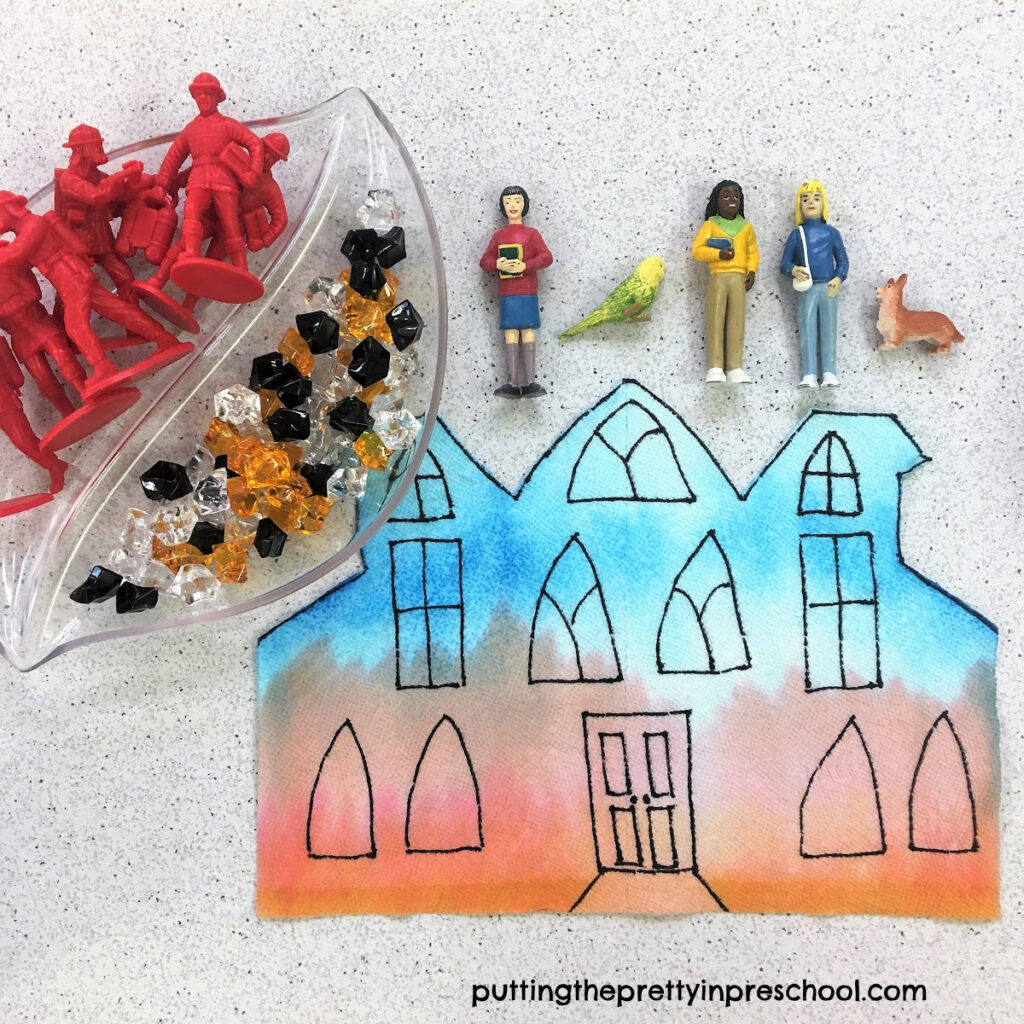
_______
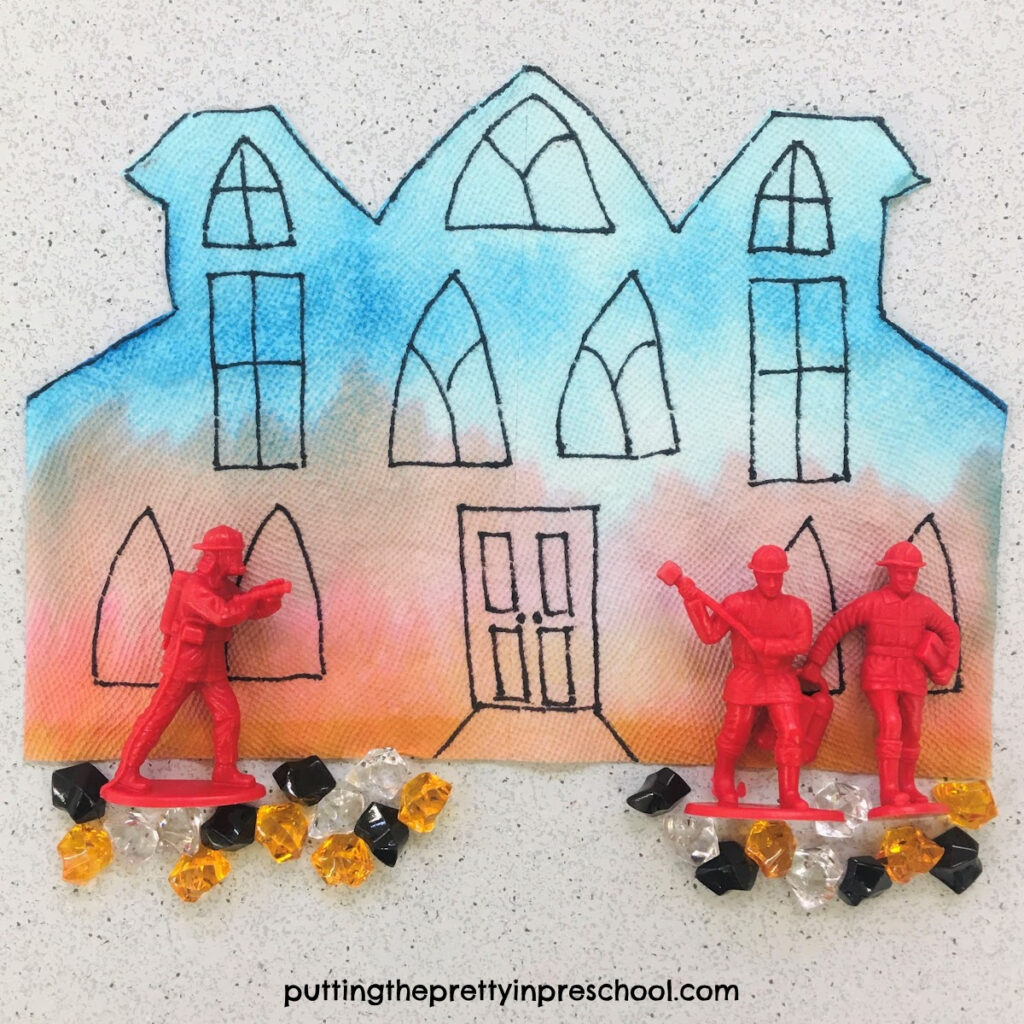
_______
Interpreting The Felt Marker Chromatography Experiment
The Merriam-Webster dictionary defines chromatography as “a process in which a chemical mixture carried by a liquid or gas is separated into components as a result of differential distribution of the solutes as they flow around or over a stationary liquid or solid phase.”
Although each felt marker appears to be just one color, the hues are actually made up of different chemicals called pigments. As saltwater seeps up stationary paper towels, the pigments move up with it. New colors appear because some pigments travel faster than others, and certain colors are less soluble and/or adhere to the paper towel more.
Each color-infused paper towel is called a chromatogram, a graphic record of the separation of colors into different pigments by chromatography.
_______
[Read more…] about Felt Marker Chromatography Experiment